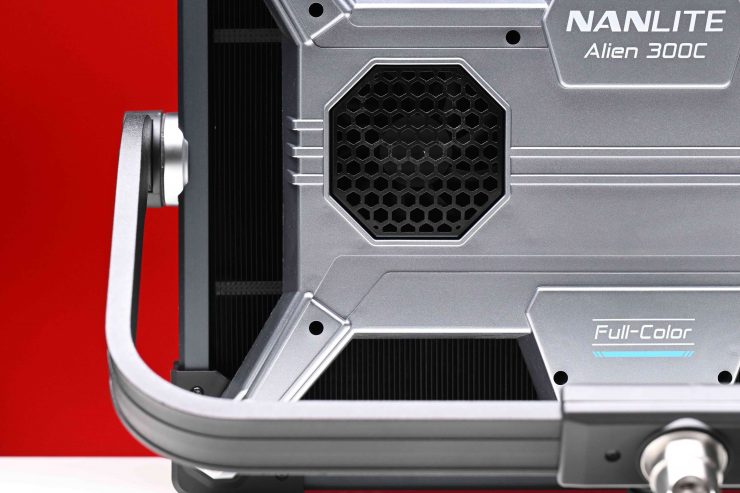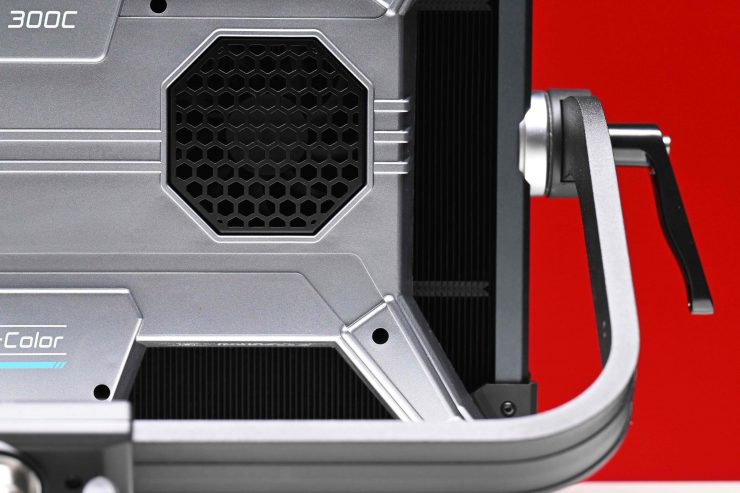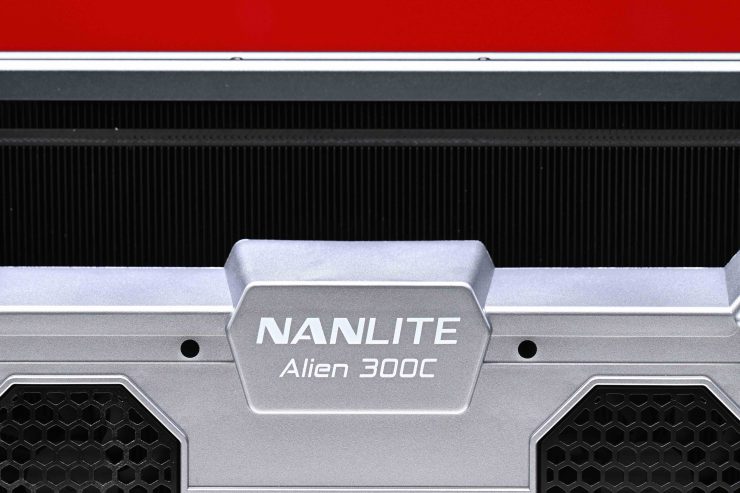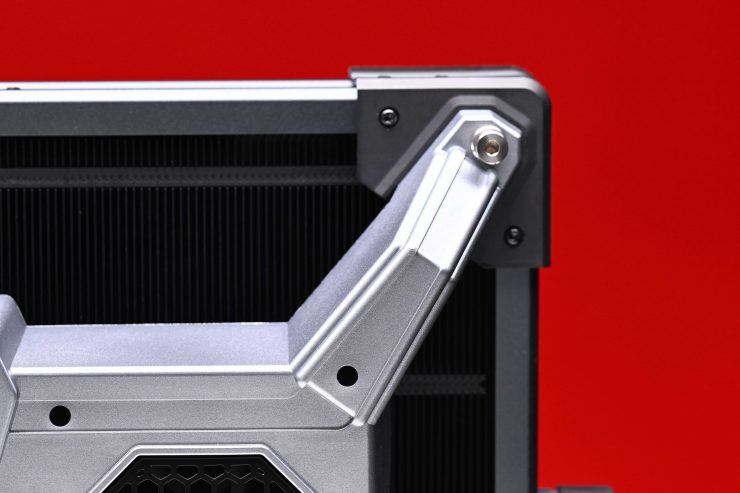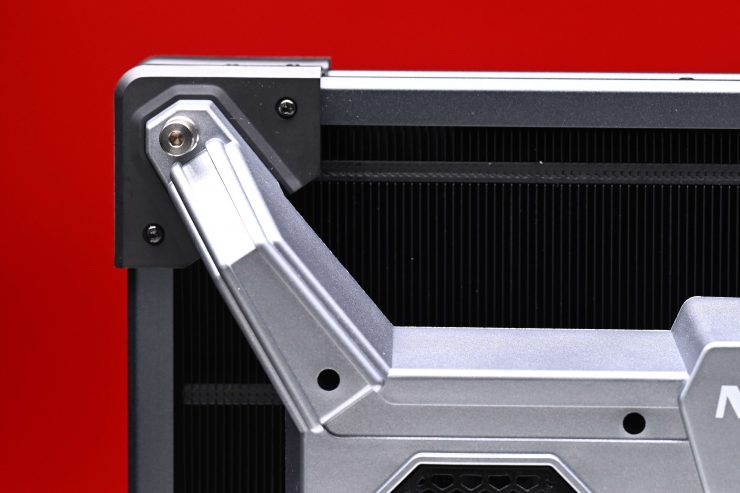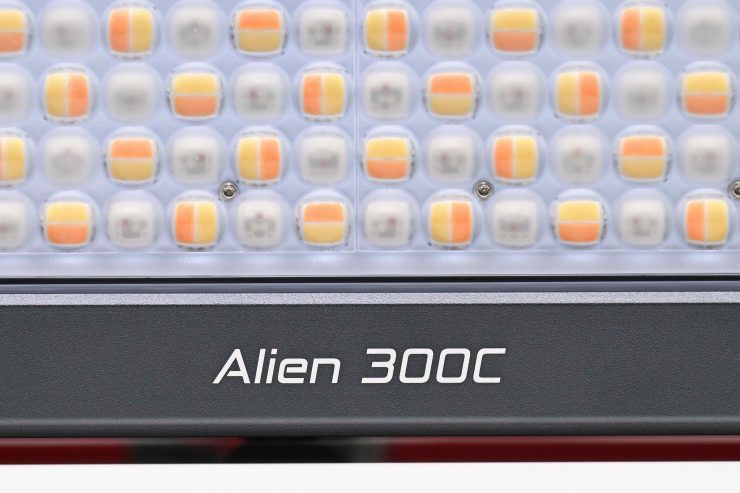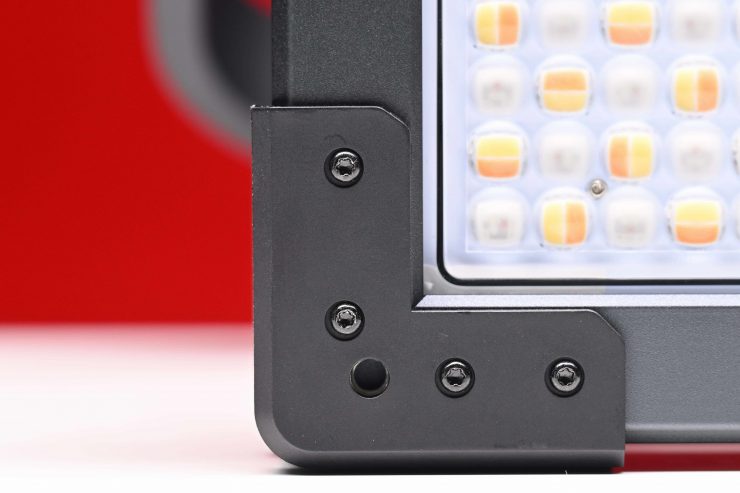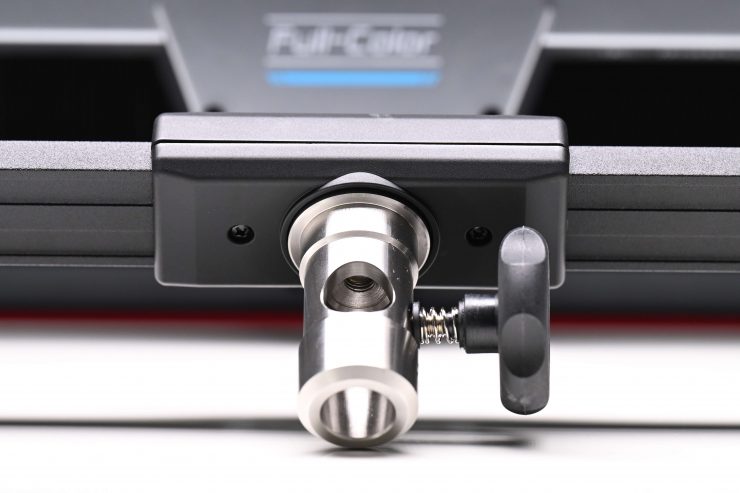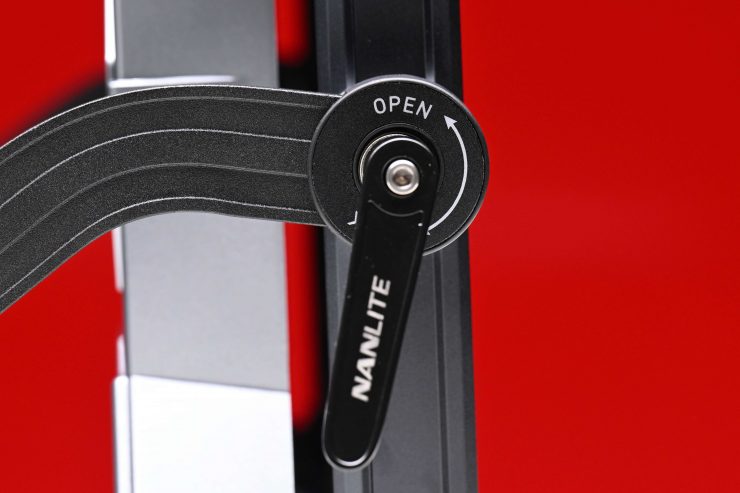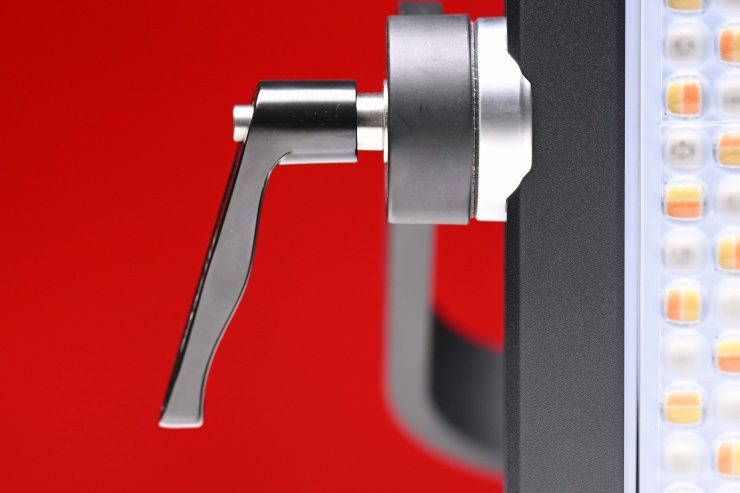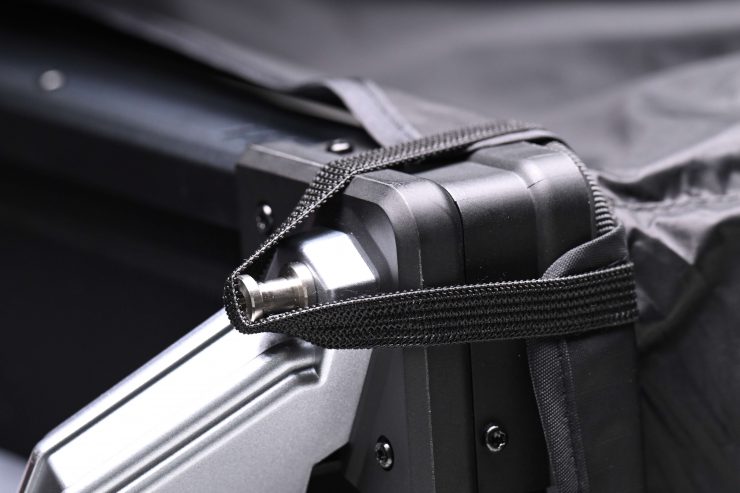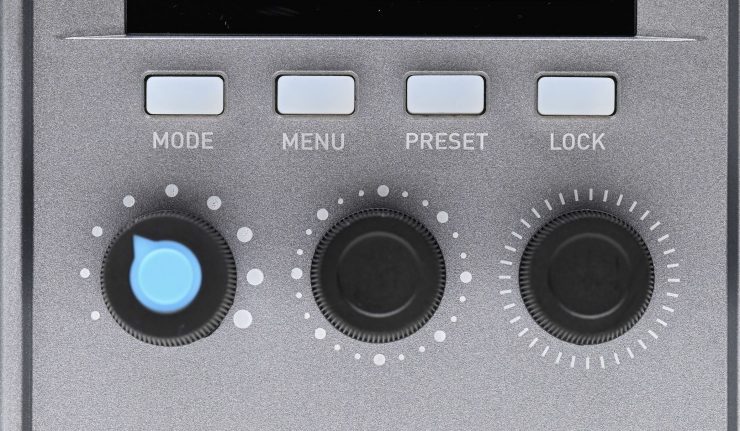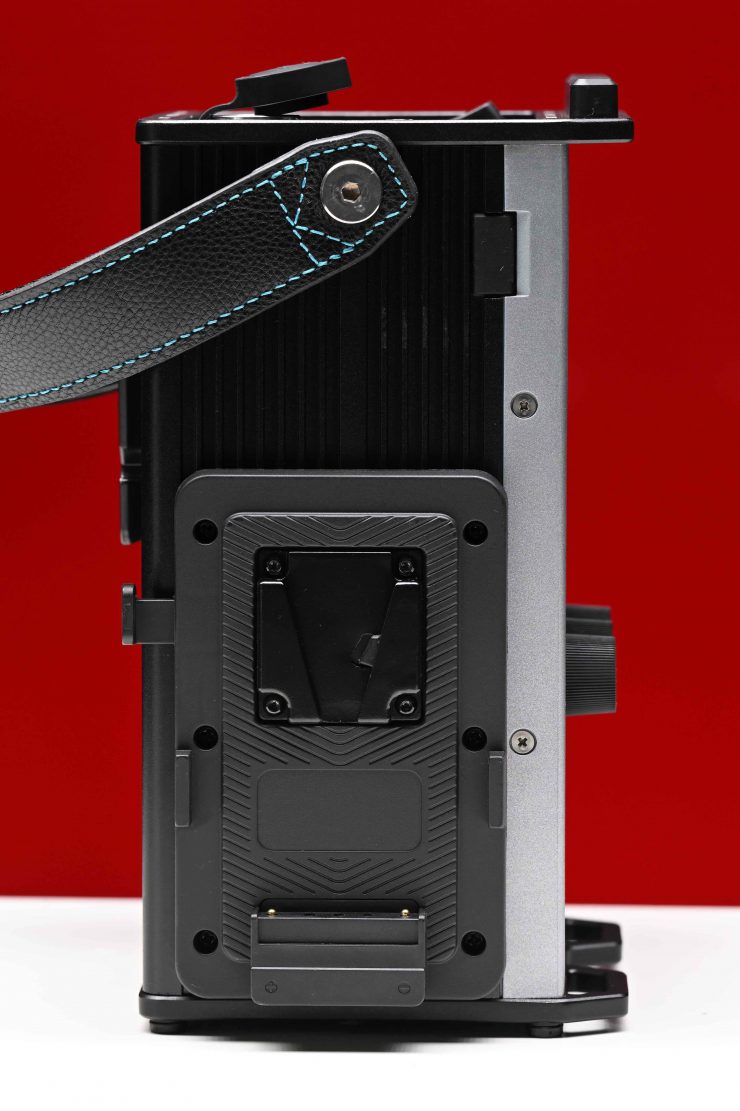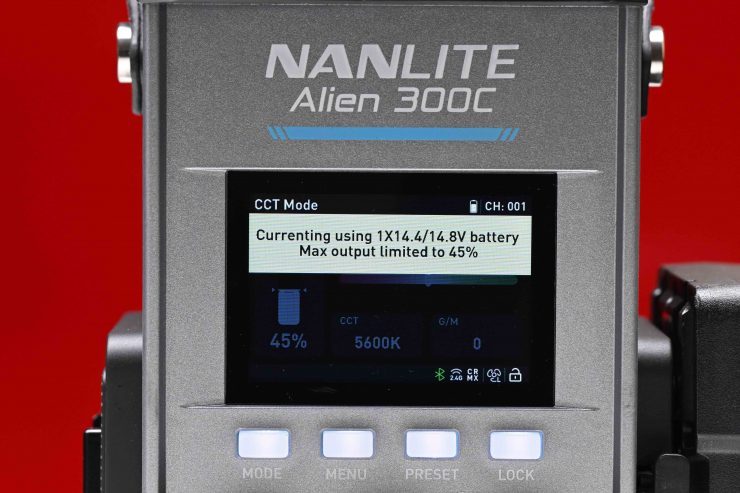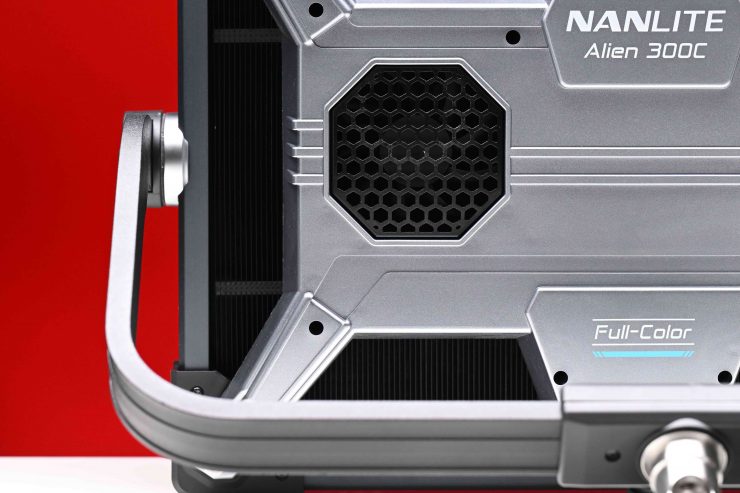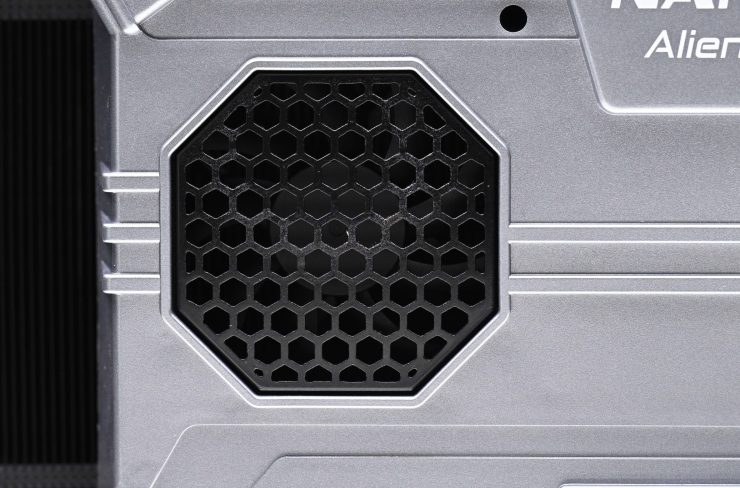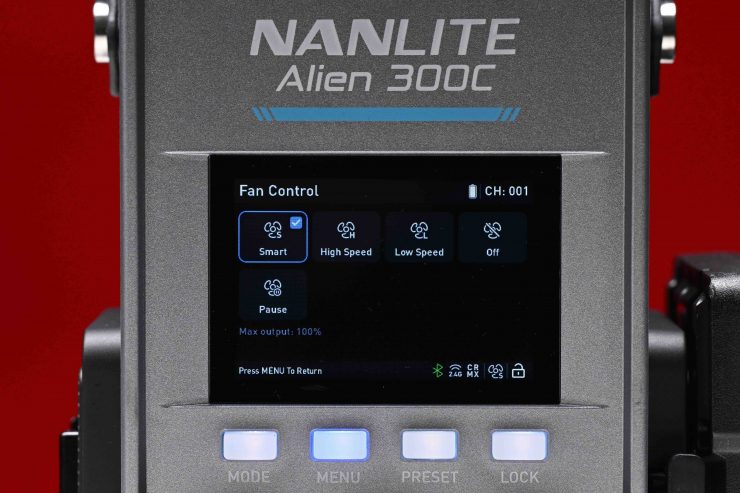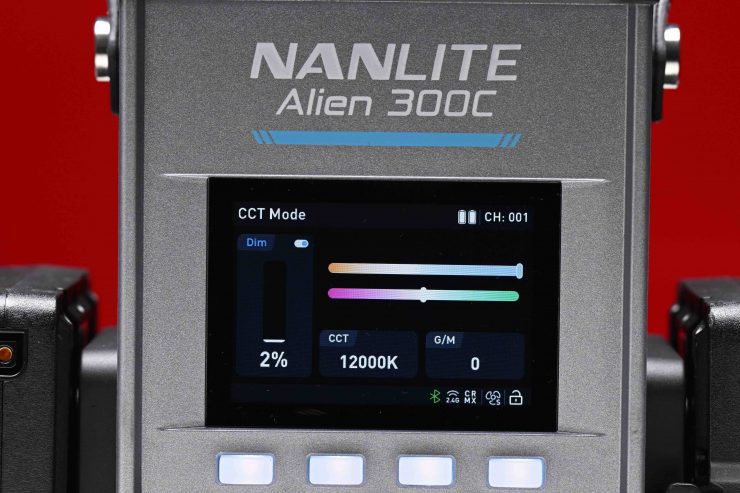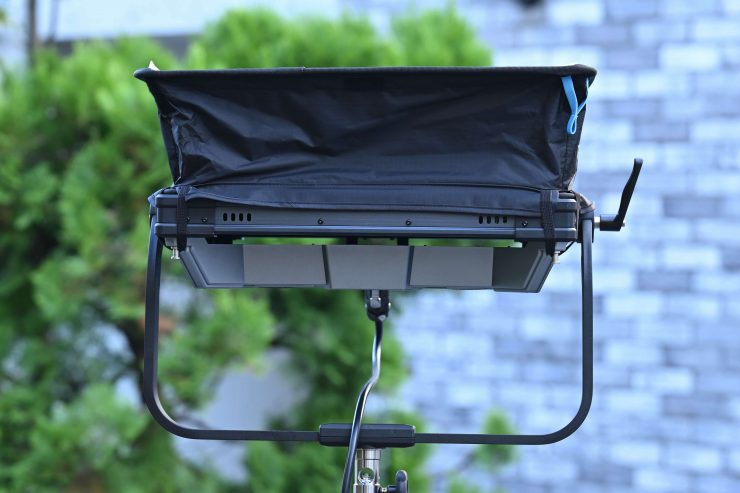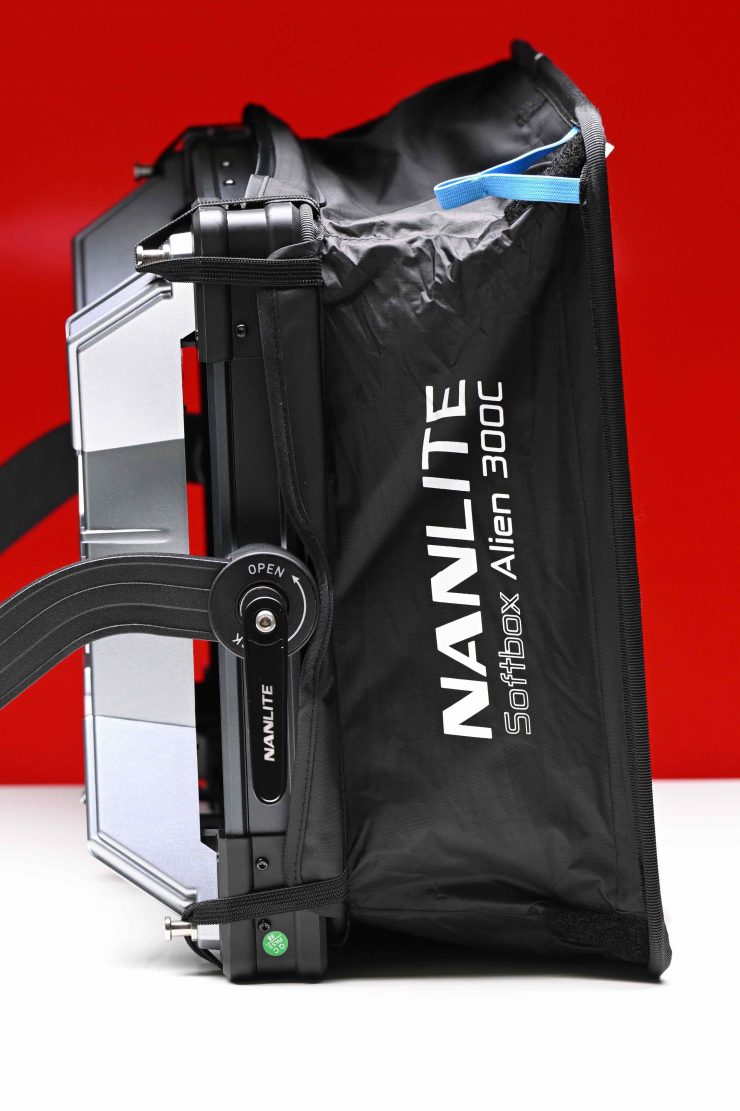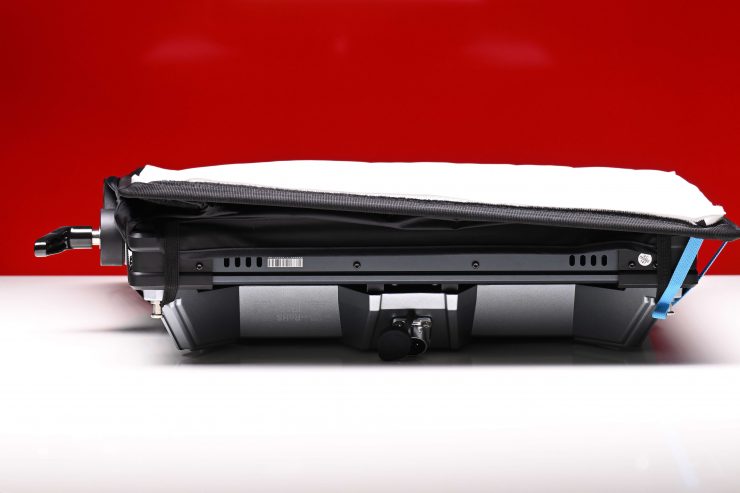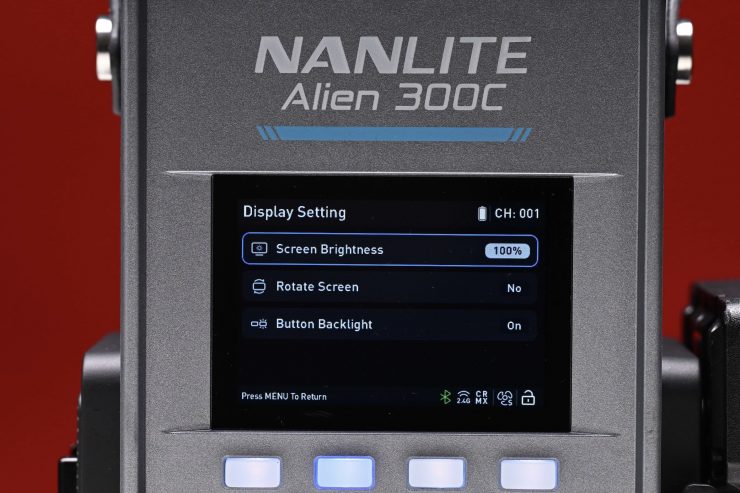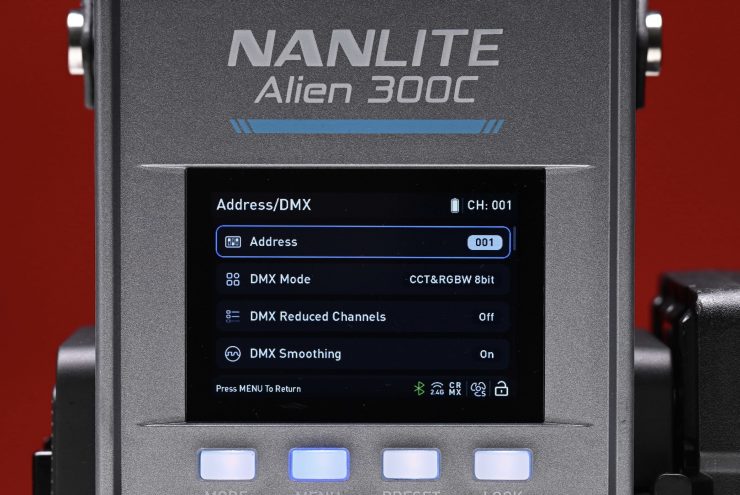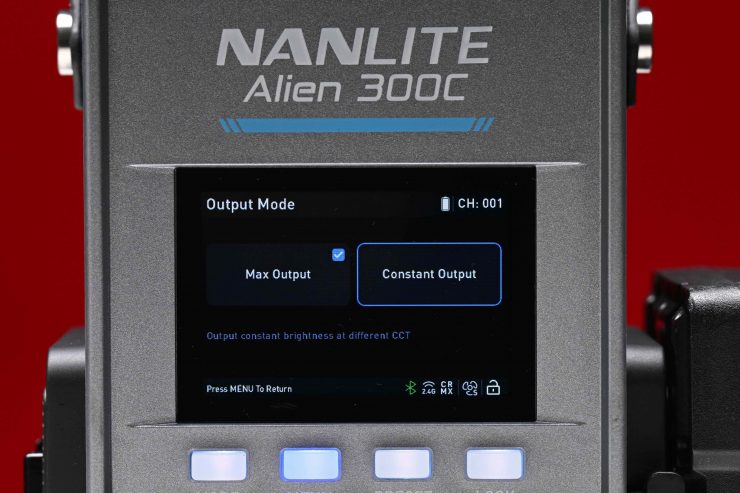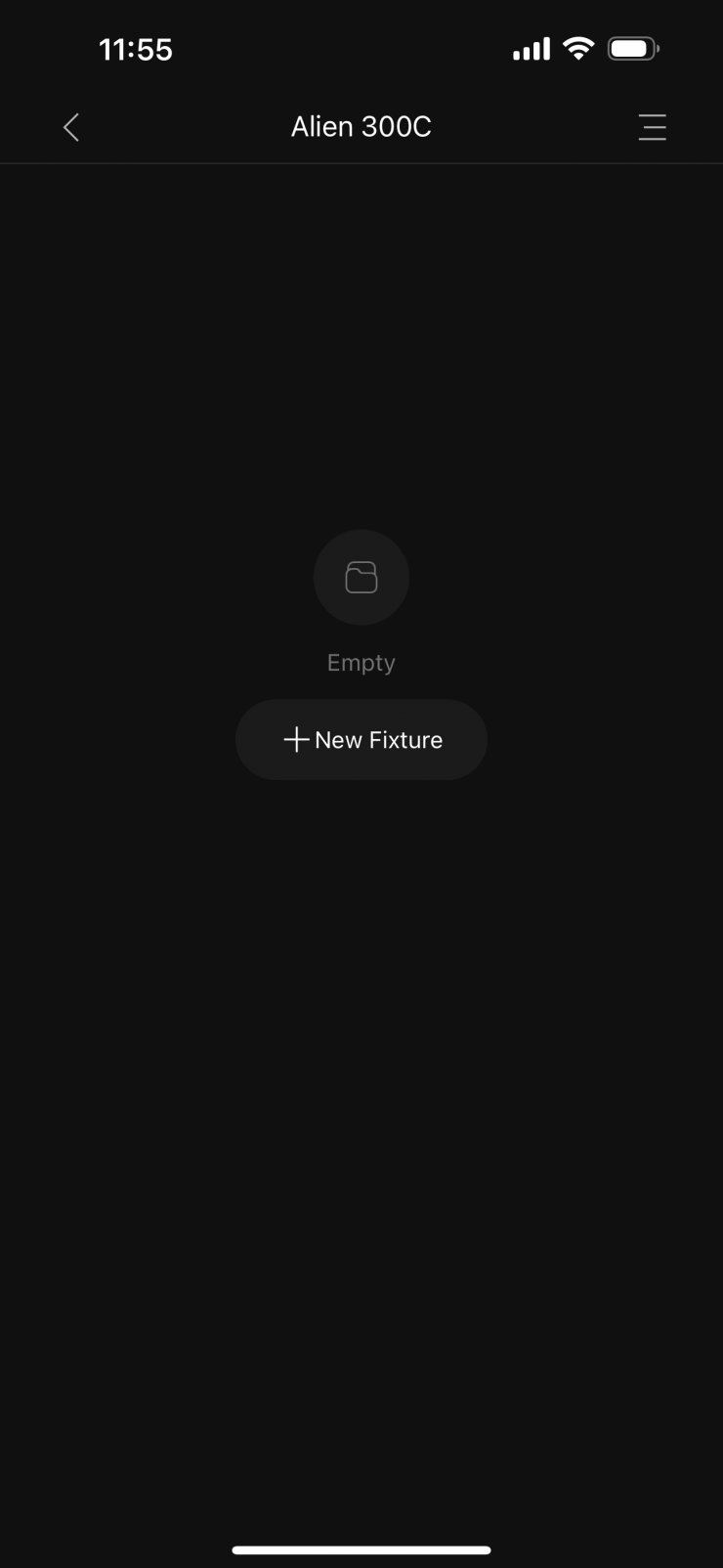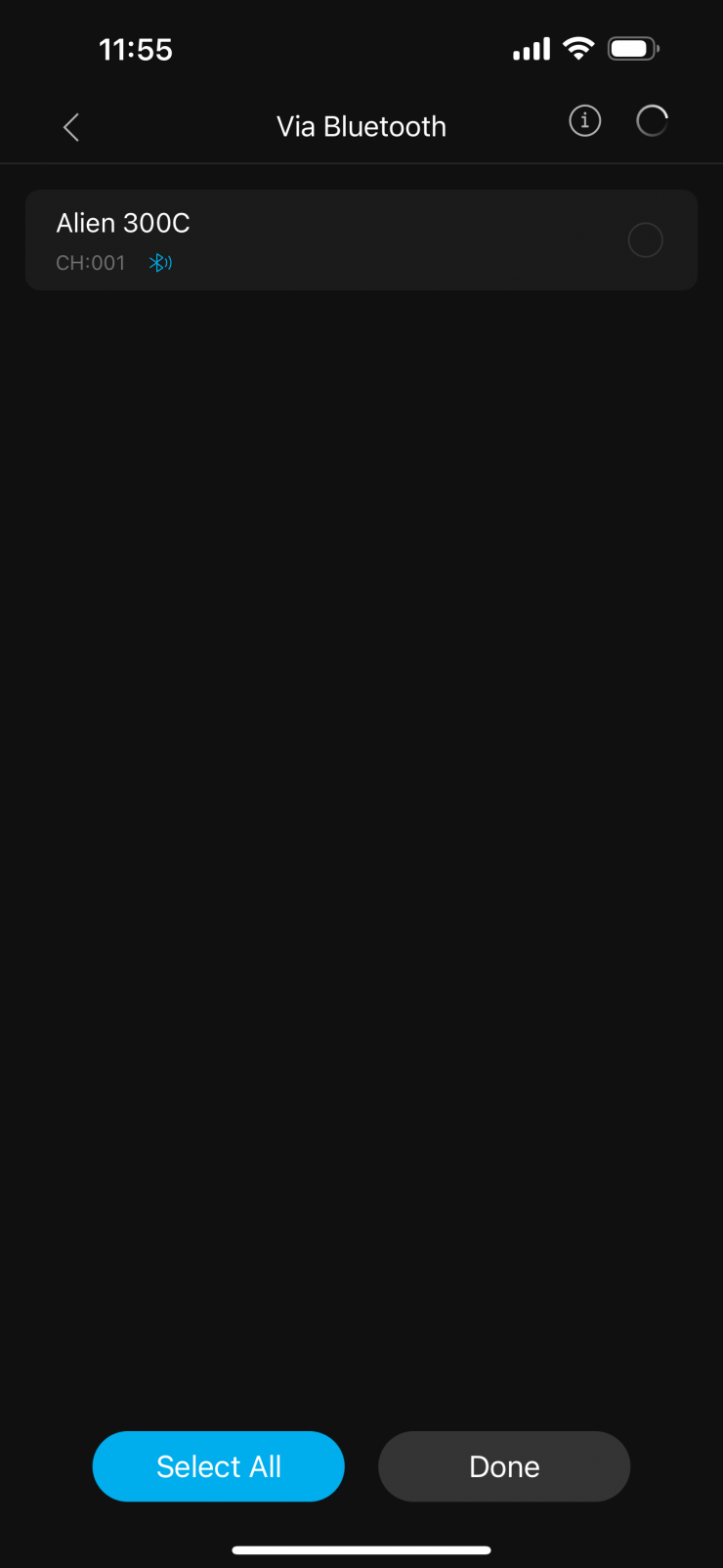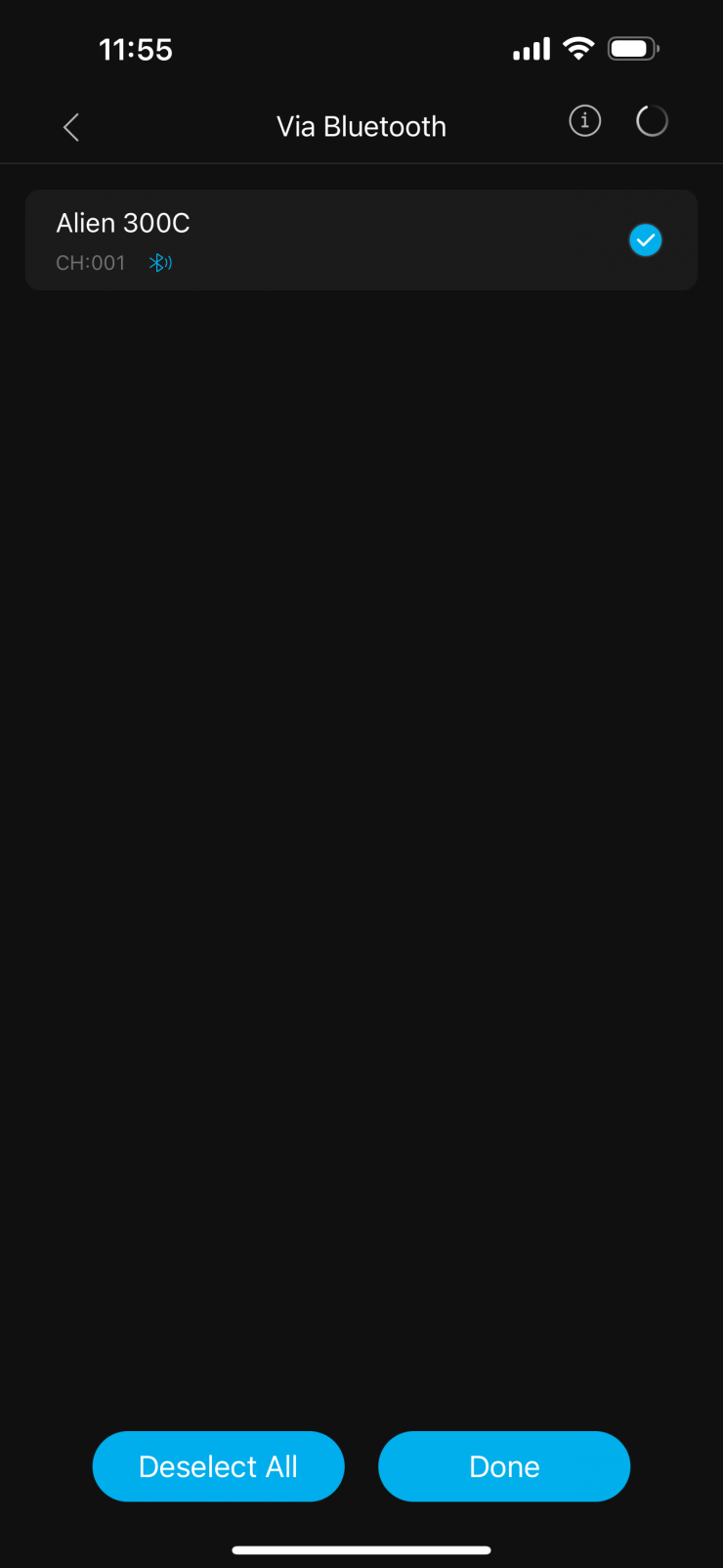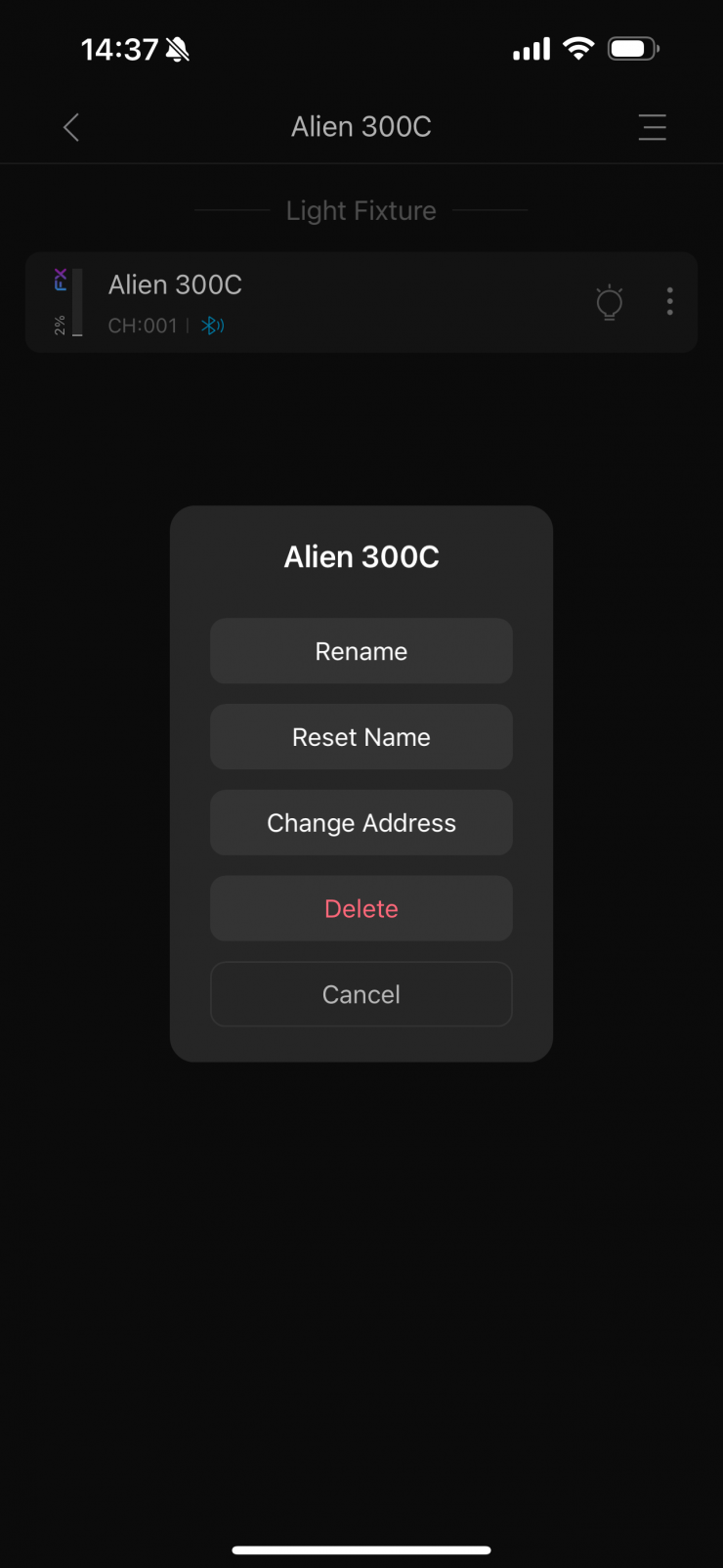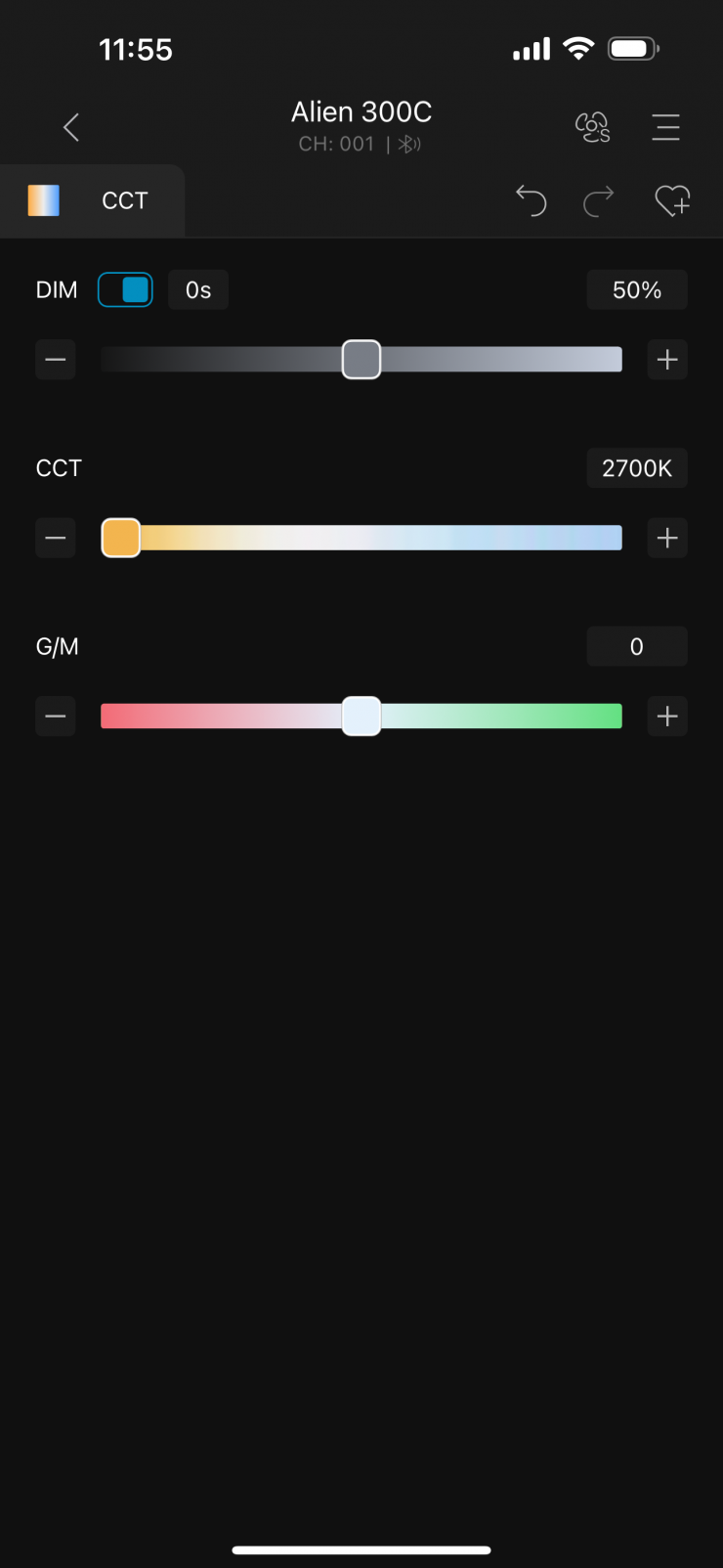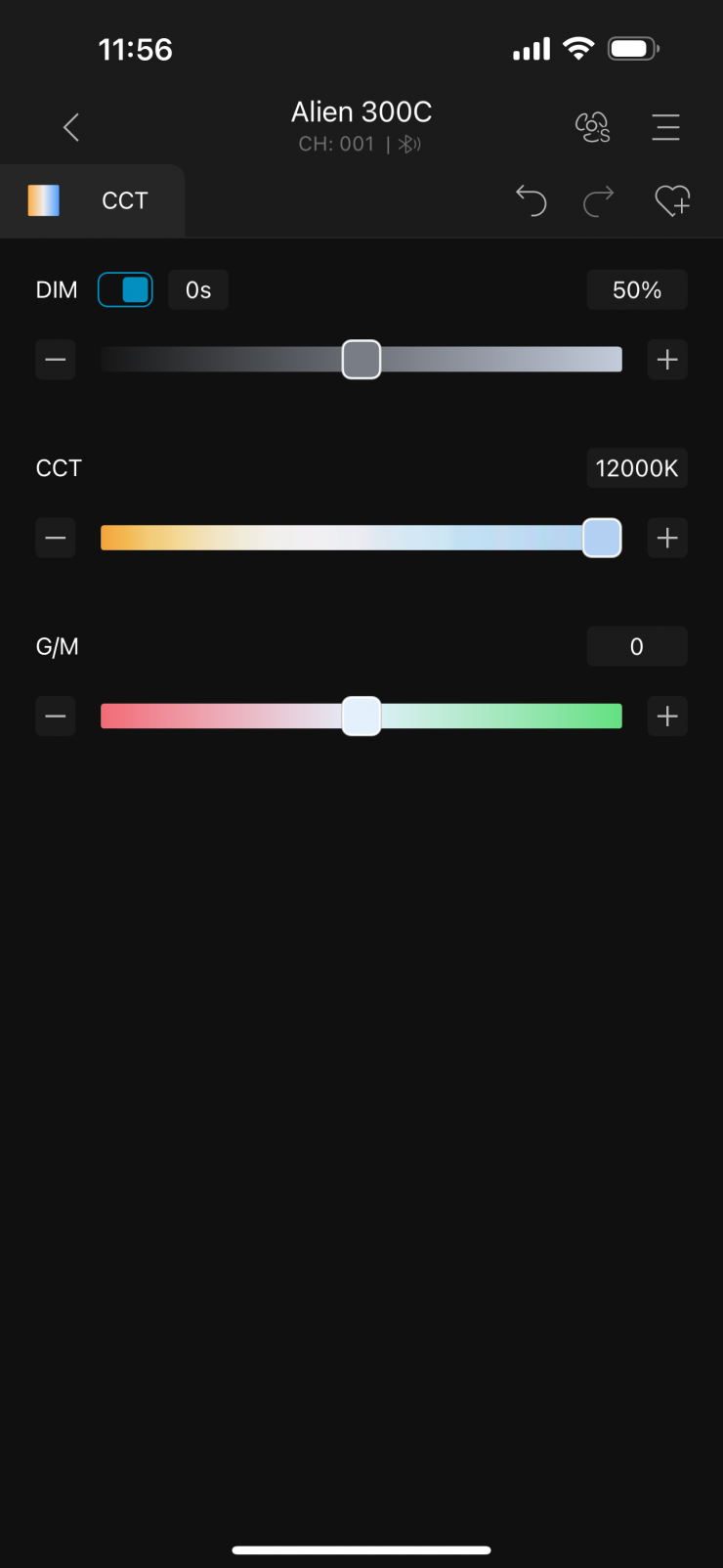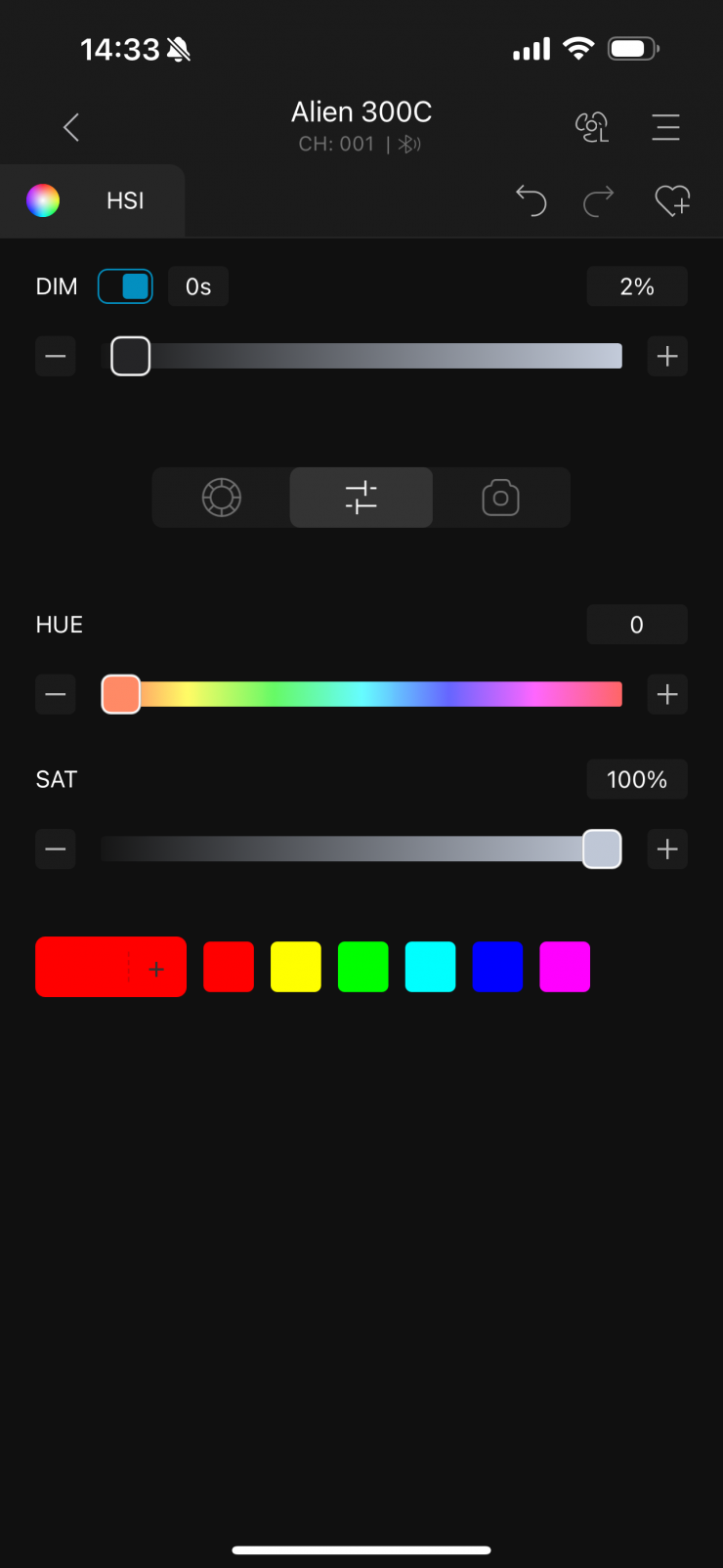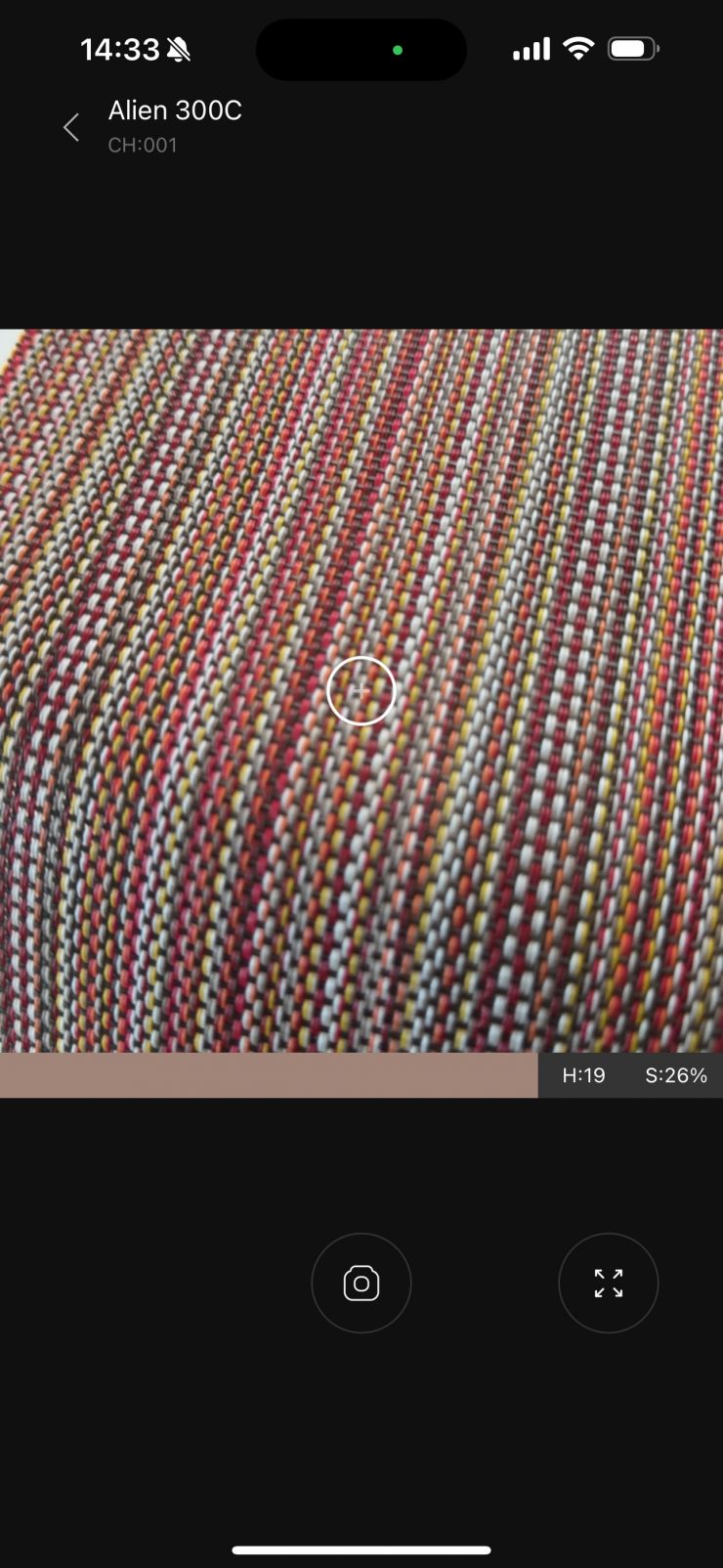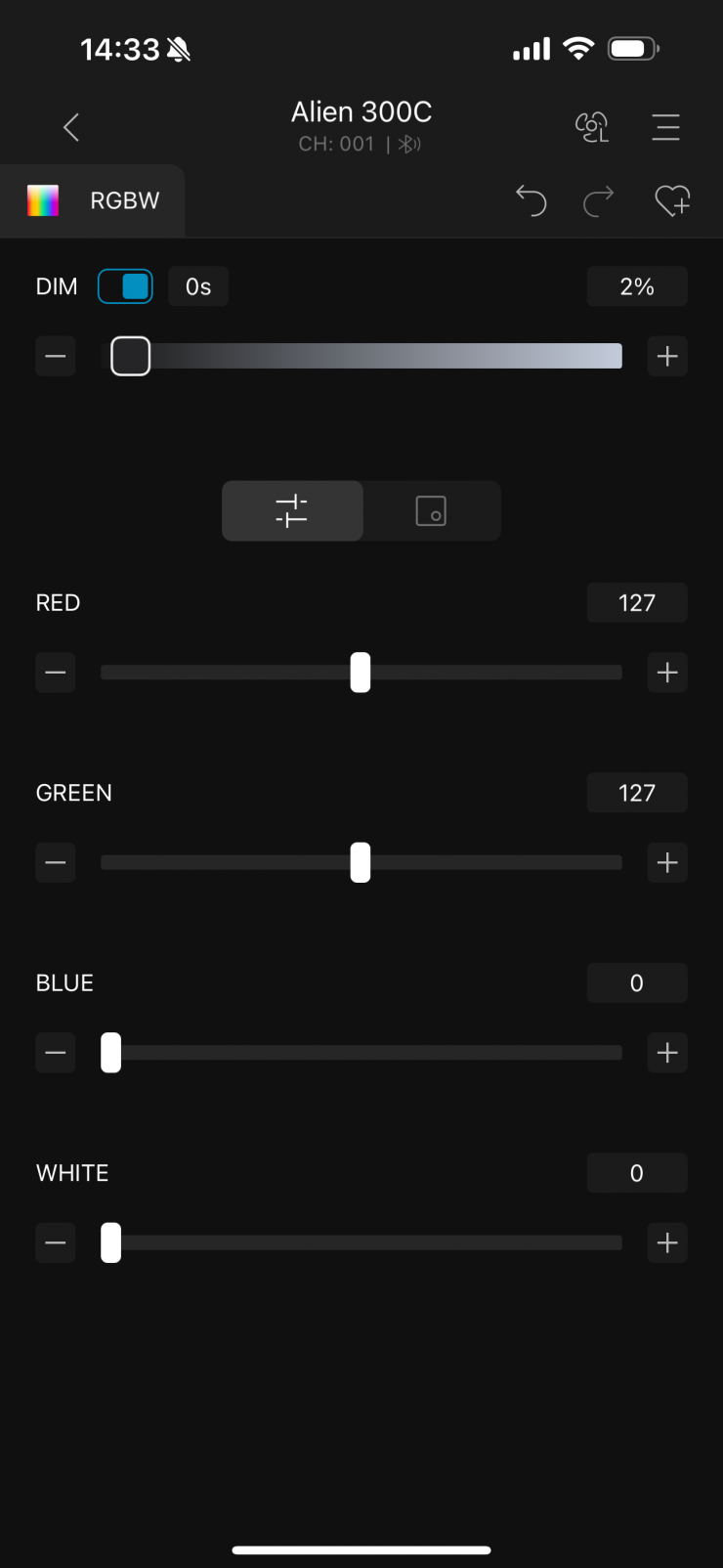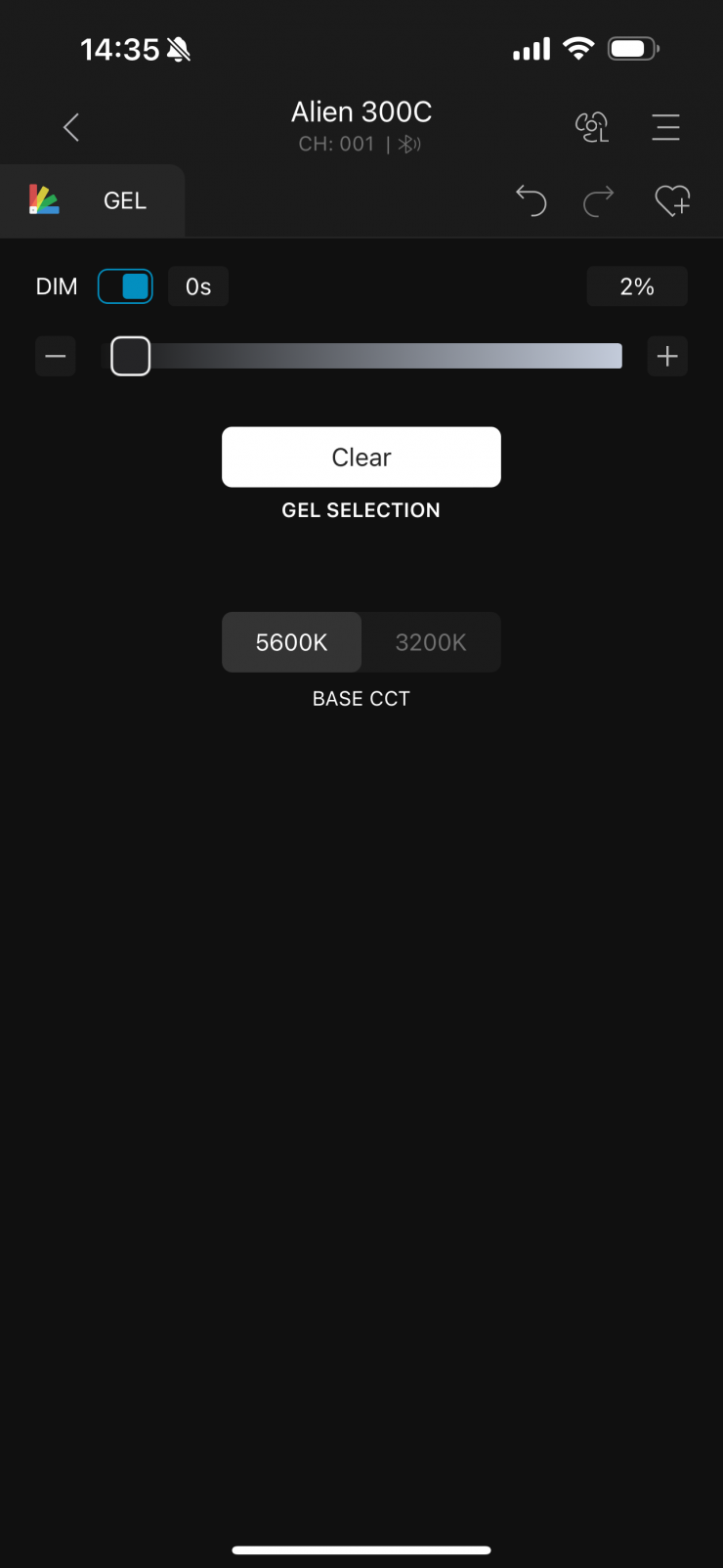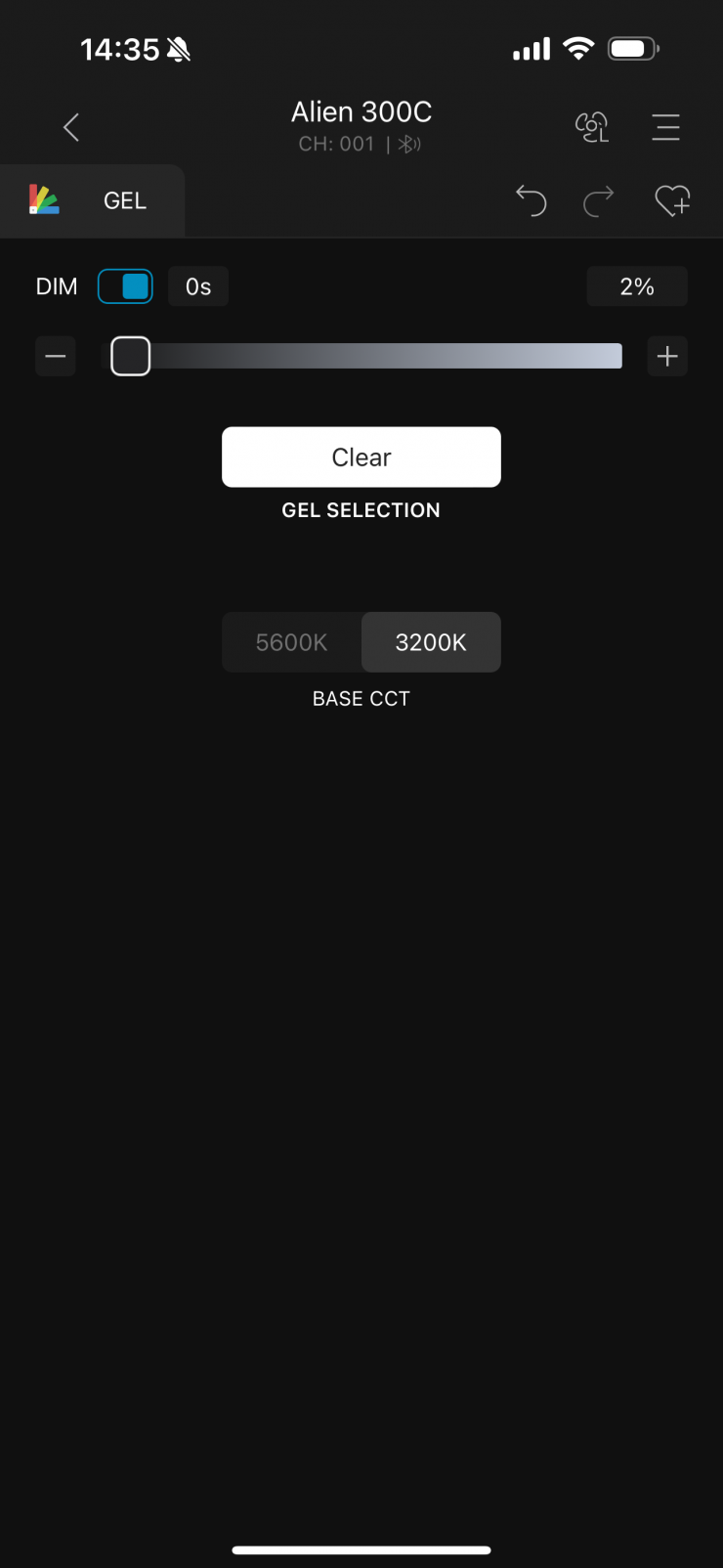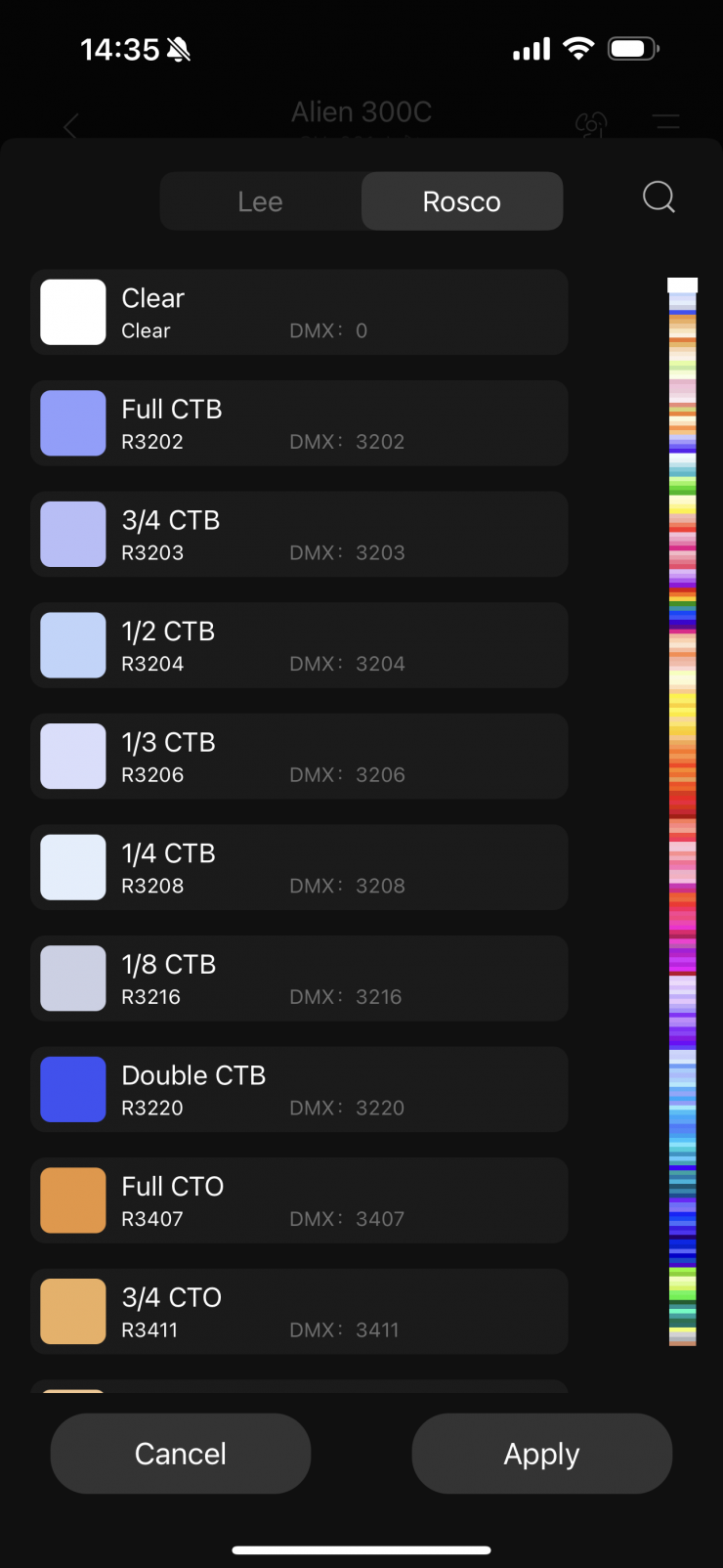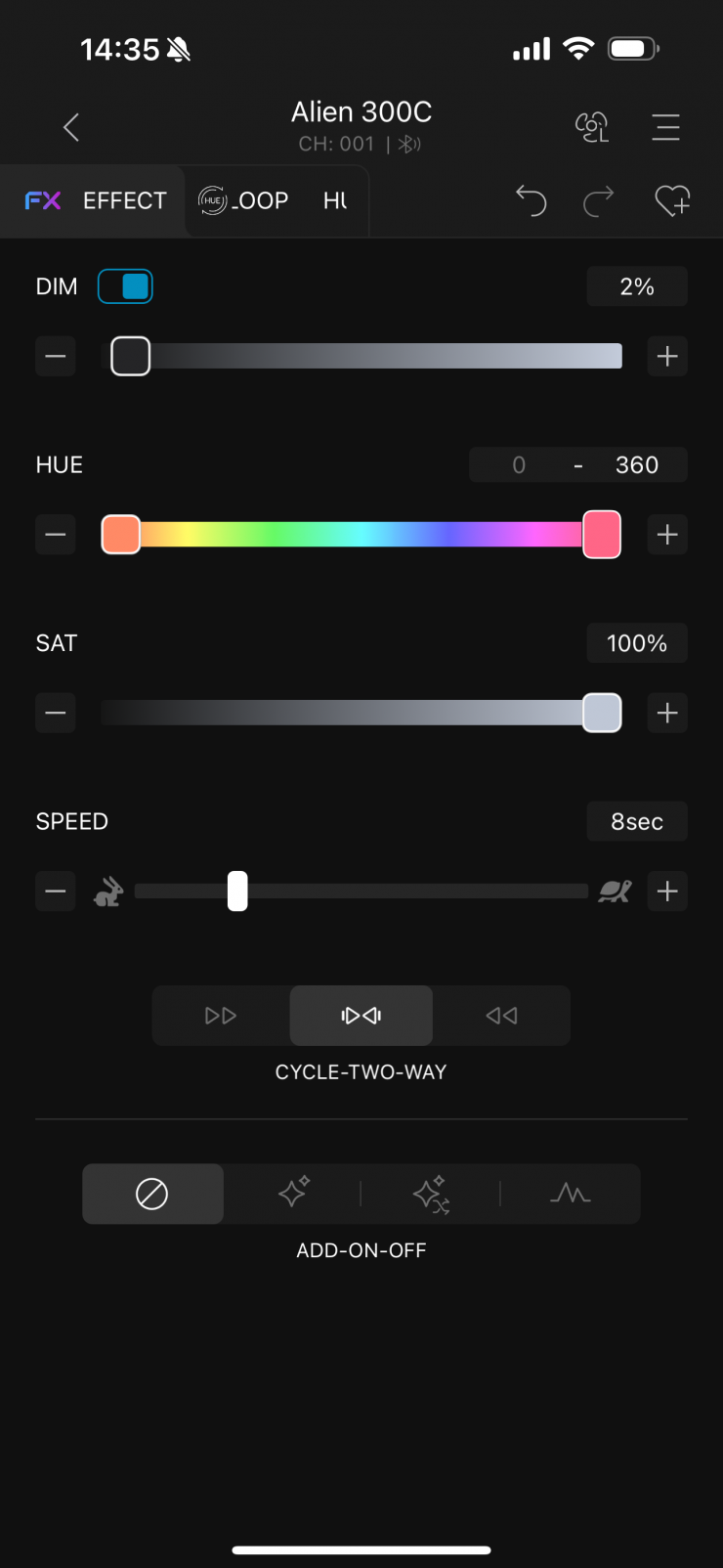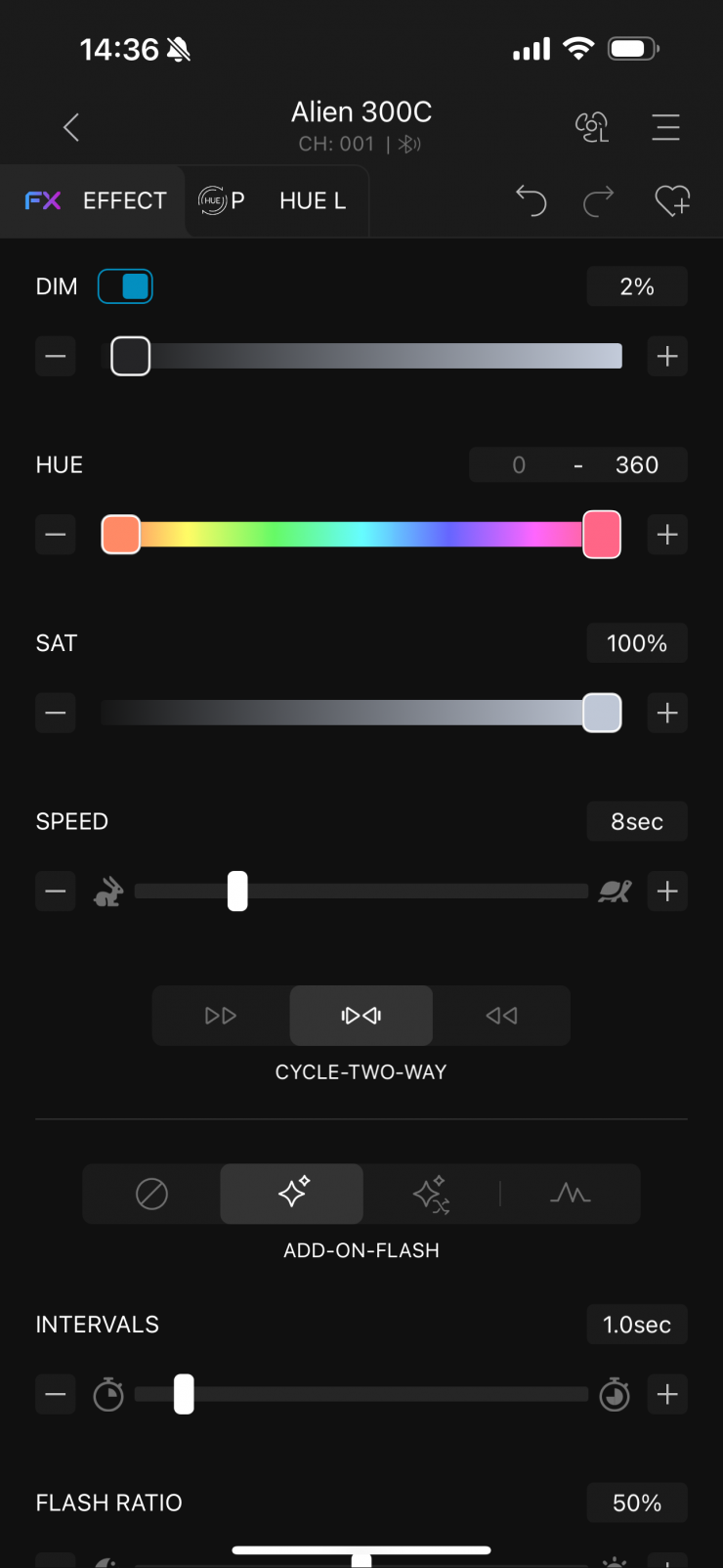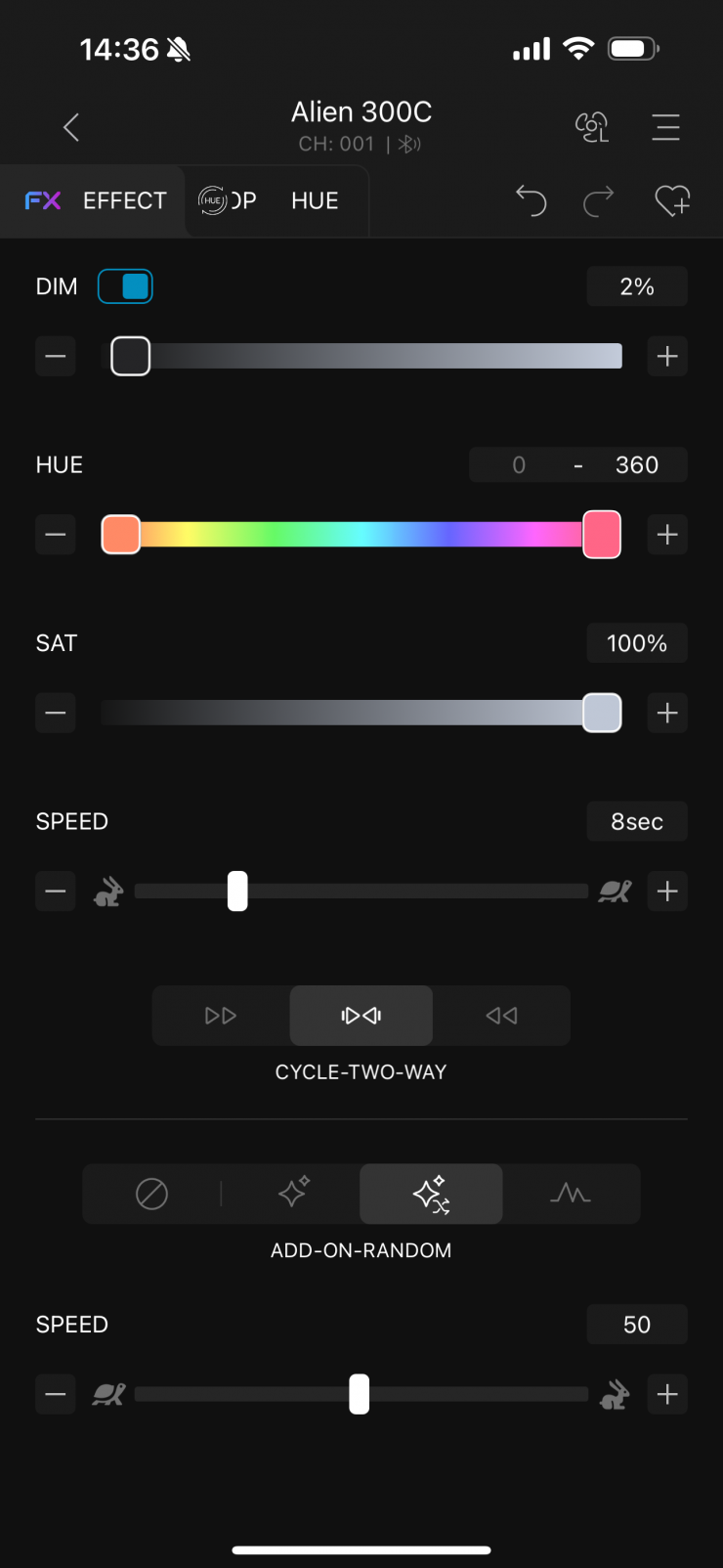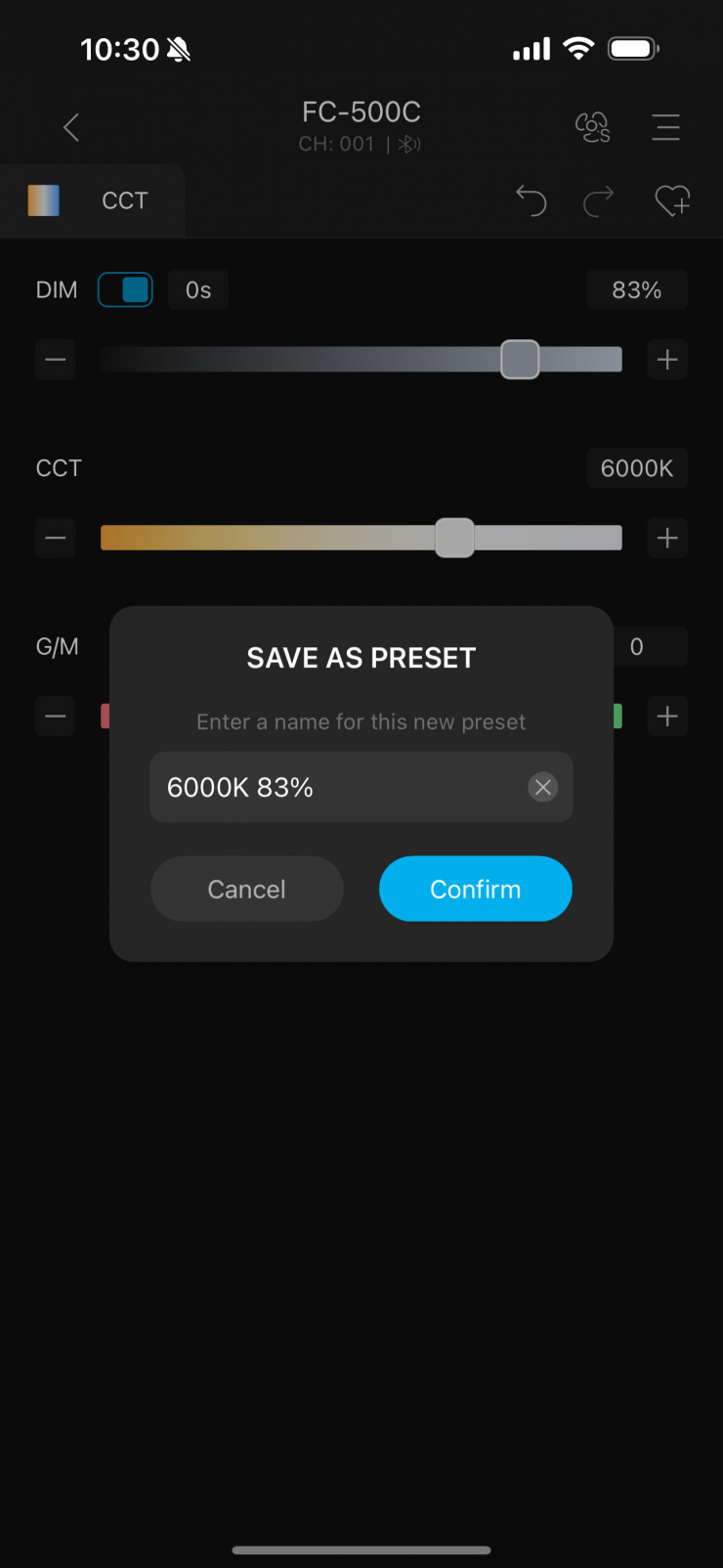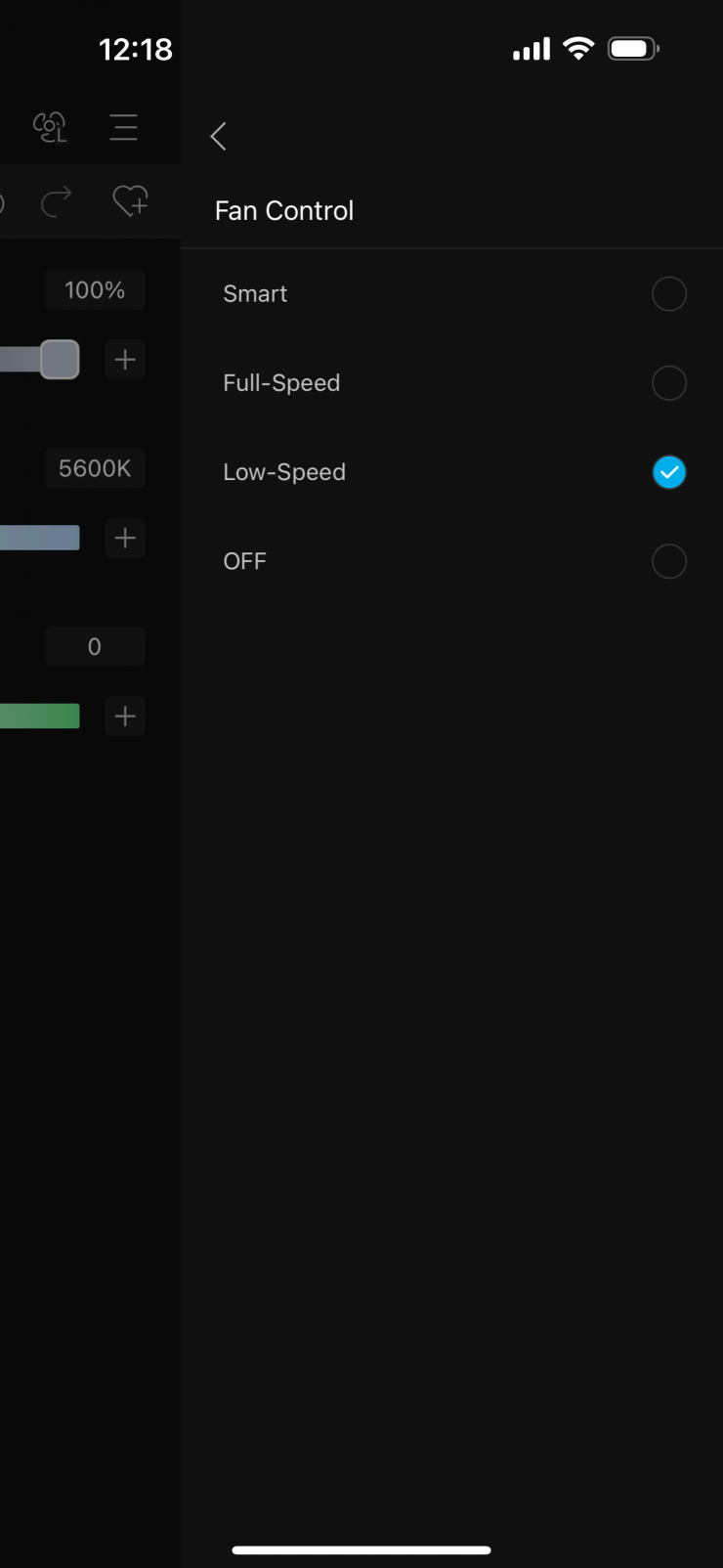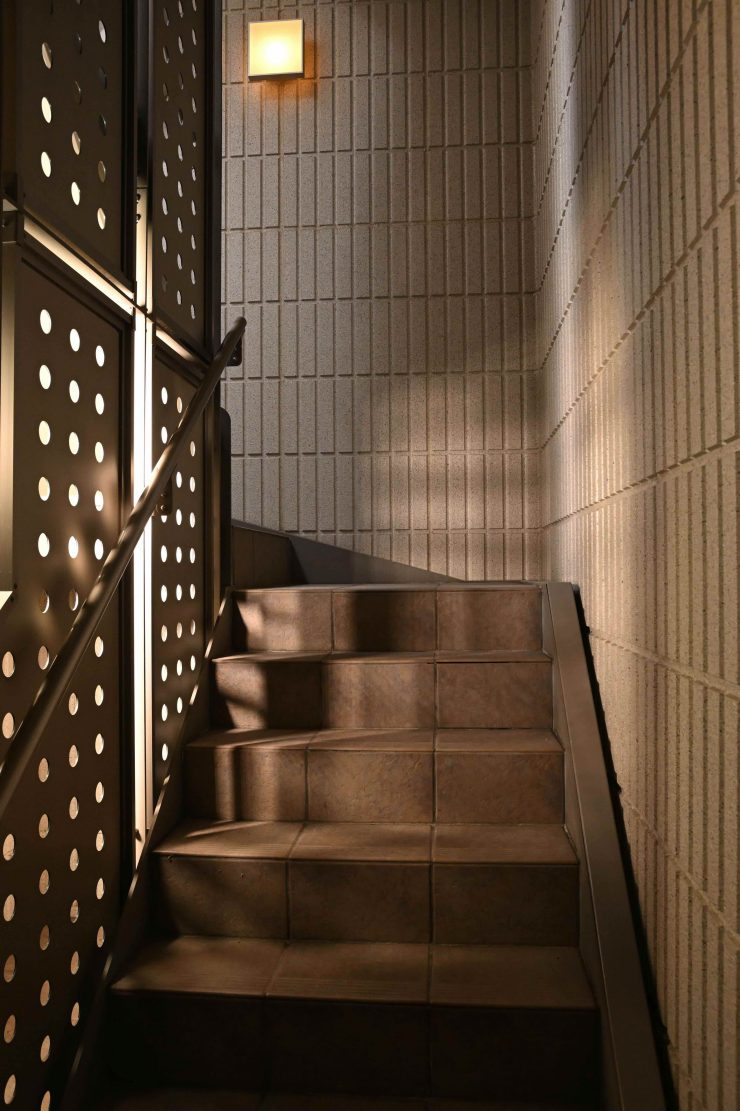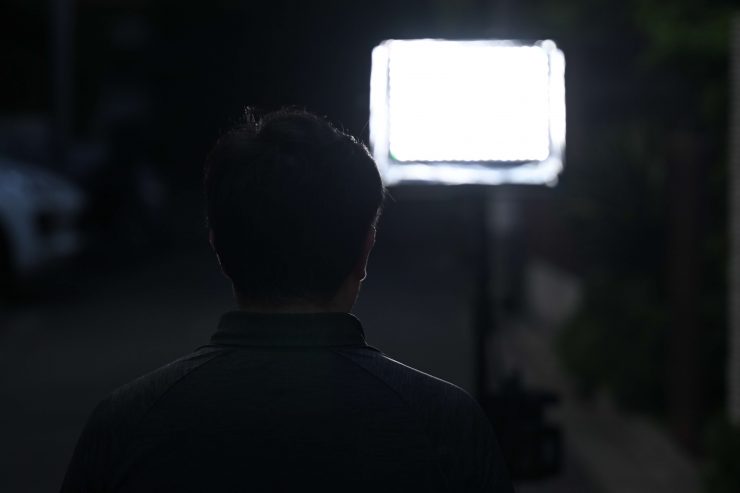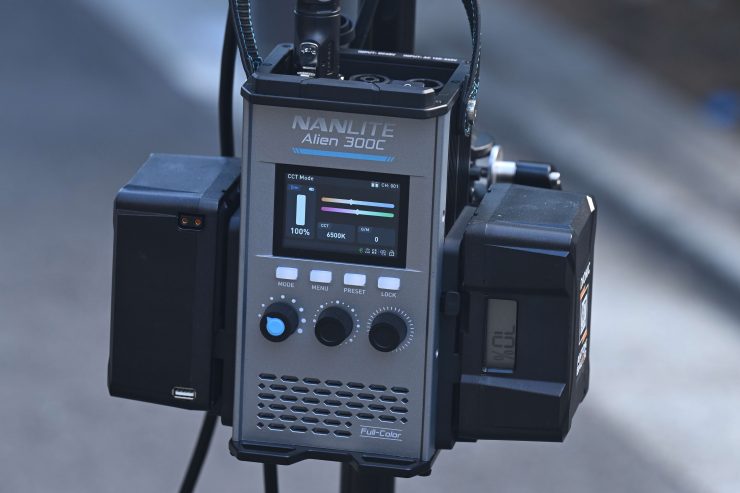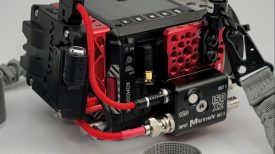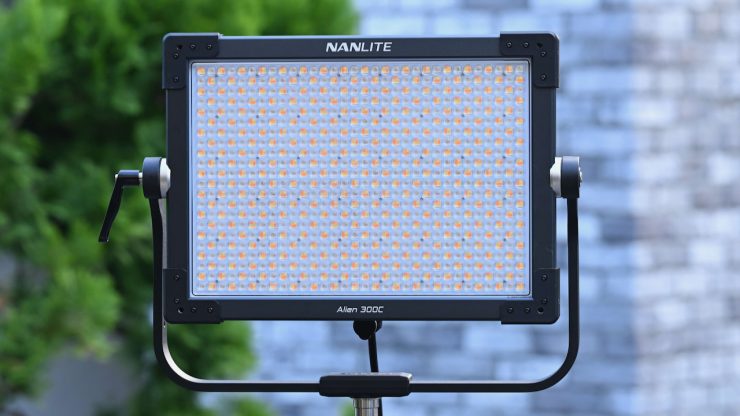
Nanlite recently announced its new Alien 150C and 300C panel lights that feature compact yet sturdy designs, an advanced color mixing system, improved low-end dimming, heads with IP55 rating, multiple power options, and efficient cooling technology.
Key features
- LED full color panel light
- Respective rated power of 175W (Alien 150C) and 350W (Alien 300C), powerful output delivering 13,050 lux and 28,630 lux @1m, 5600K
- Dimming from 0.0% to 100.0%, by 0.1% increment
- Wide CCT range of 2700K-12000K with ±150 green/magenta adjustment • Excellent color rendition with CRI/TLCI average 96 and 97, TM-30 Rf average 94, TM-30 Rg average 100
- Comprehensive control methods: on-board, remote controller, Nanlink App, DMX/RDM, LumenRadio CRMX
- Versatile power choices: AC/DC/V-mount battery
- Multiple lighting modes: CCT, HSI, RGBW, Gel, XY Coordinates, effect • 15 built-in special effects with customizable parameters in each effect • Five fan modes: Smart, Full Speed, Low Speed, Pause, Off
- Supports firmware update via USB port on the lamp head
- IP55 rated lamp head, included a rain cover for control unit
For this review, I will be looking at the Alien 300C.
The Alien 300C features an advanced optical design, with light mixing technology and alternately laid and rotated WW and RGB light beads. This combination allows it to output a very bright and even beam. At 5600K the readings at 1m / 3.3′ is claimed to be 28,630 lux.
Size & Weight
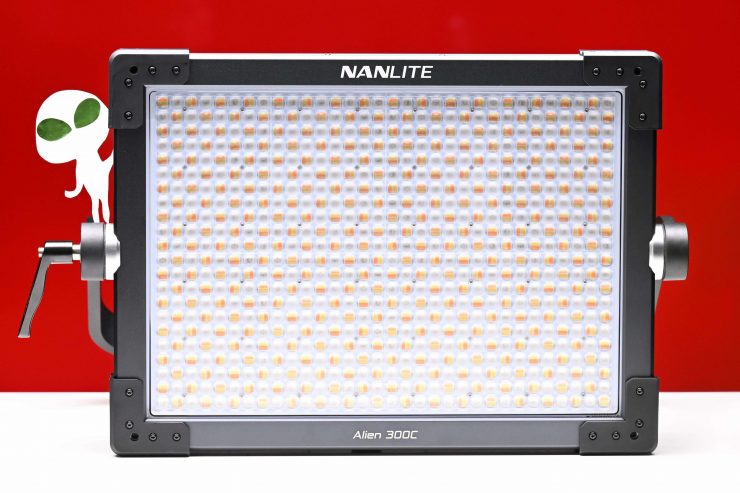
The lamp head of the Alien 300C tips the scales at 6.6kg / 14.55lb. This weight allows the fixture to be mounted on boom arms or lightweight stands.
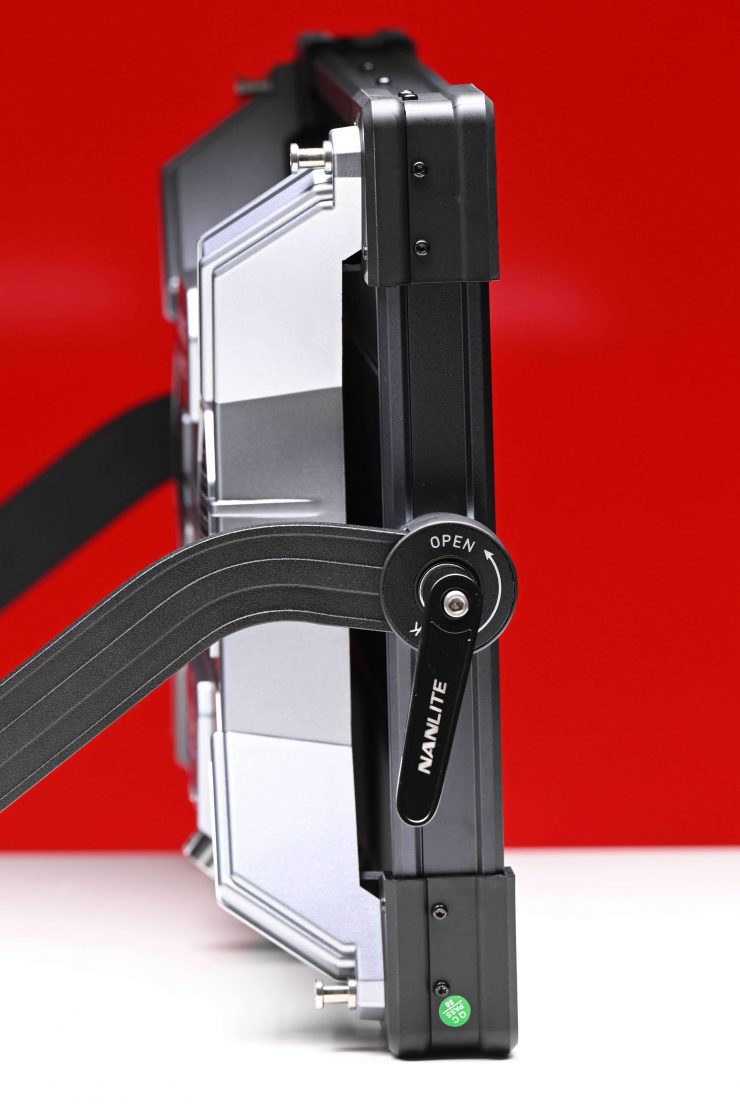
It isn’t super thin, but at the same time, it isn’t what I would call big either.
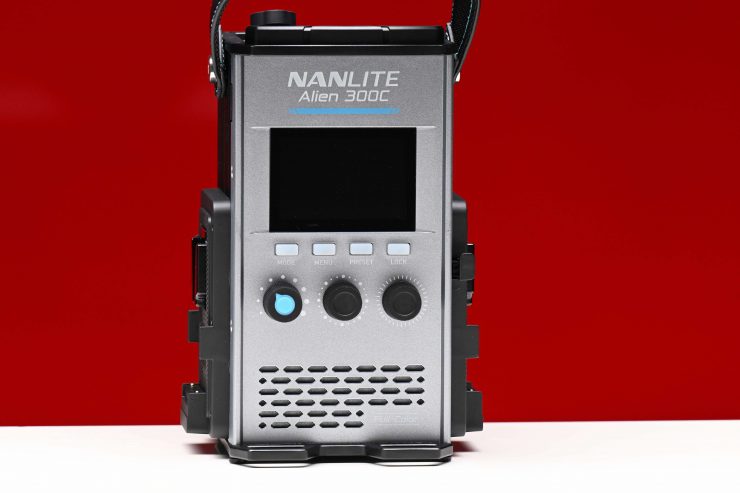
The power supply/ controller weighs an additional 2.67 kg / 5.89 lb.

The Alien 300C measures 36×24.8cm / 14.2×9.8”. Essentially its size makes it a little larger than a traditional 1×1 panel.
So how does this weight compare to some other 1×1 lights? Below you can see:
| Weight | |
| Nanlite Alien 300C | 6.6 kg 9.27 kg with power supply/controller |
| ZOLAR Toliman 30S | 5.22 kg |
| ZOLAR Toliman 30C | 4.53 kg 6.03 kg with power supply |
| ZOLAR Vega 30C | 4.53 kg 6.03 kg with power supply |
| Luxli Timpani² | 3 kg |
| Rotolight Titan X1 | 12.2 kg (including power supply) |
| Creamsource Vortex4 | 11.4 kg (Including Yoke) |
| ARRI S30-C SkyPanel | 10.3 kg (including power supply) |
| Litepanels Gemini 1×1 | 5.31 kg** |
| Rayzr 7 MC120 | 3.63 kg* |
| Lupo Superpanel 30 Full Color | 3.7 kg* |
| Luxli Timpani 1×1 RGBAW | 3.37 kg* |
| Aputure Nova P300C | 10.35 kg (Including Yoke, Cable, Frame, Mount, Receiver) |
* Including the weight of the power supply.
* This light has a built-in power supply
The Alien 300C isn’t super lightweight, but given its build quality and feature set, I think the weight is fairly reasonable and in line with something like the Aputure Nova P300C.
Build Quality
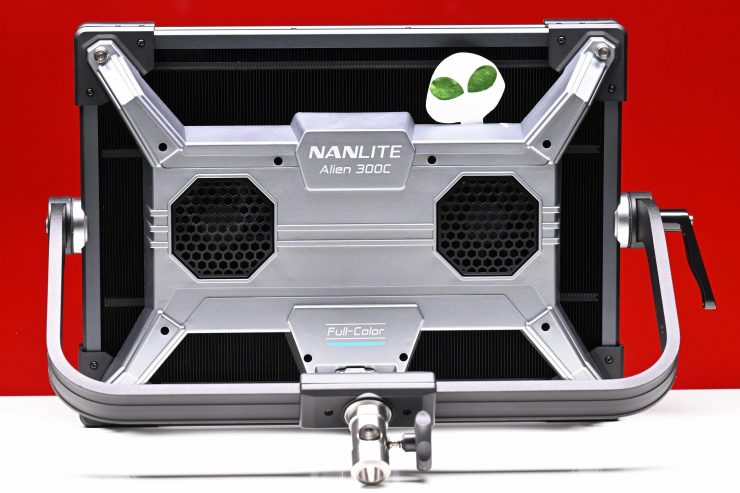
The build quality of the Alienc 300C is pretty good. While it isn’t going to rival an ARRI, Creamsource, or Rotolight, most users will find it more than sufficient.
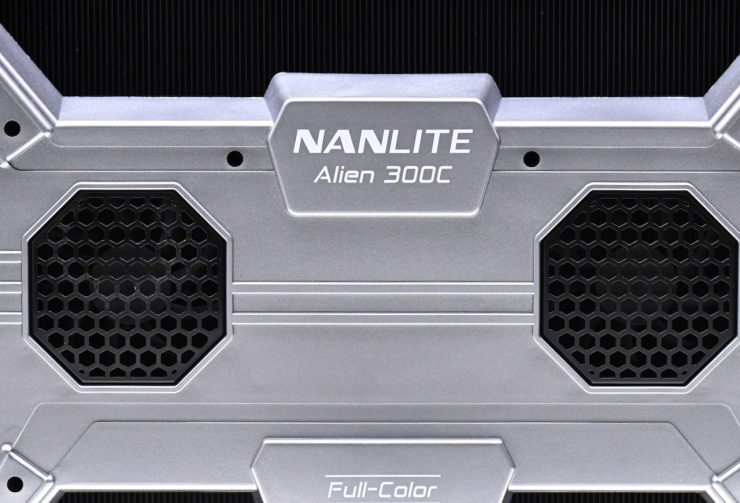
The casing is all made out of aluminum and the light features an almost industrial-looking design.
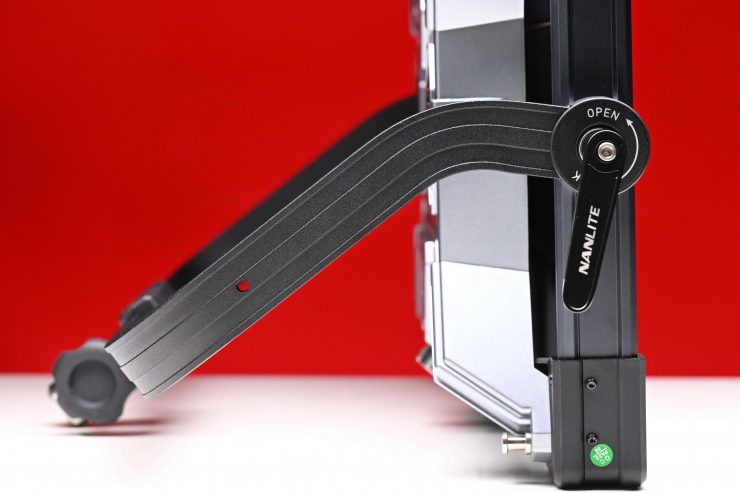
The yoke frames and locking mechanisms on the light are very solidly made and it locks down tightly.
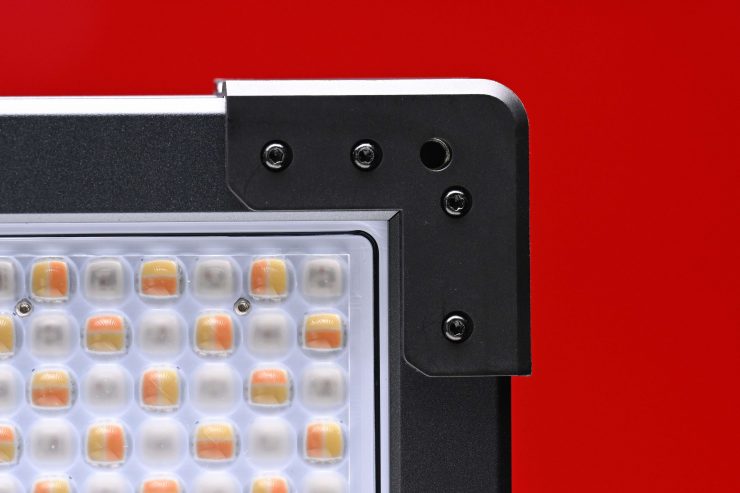
I like that there are protective bumpers on all four corners of the light.
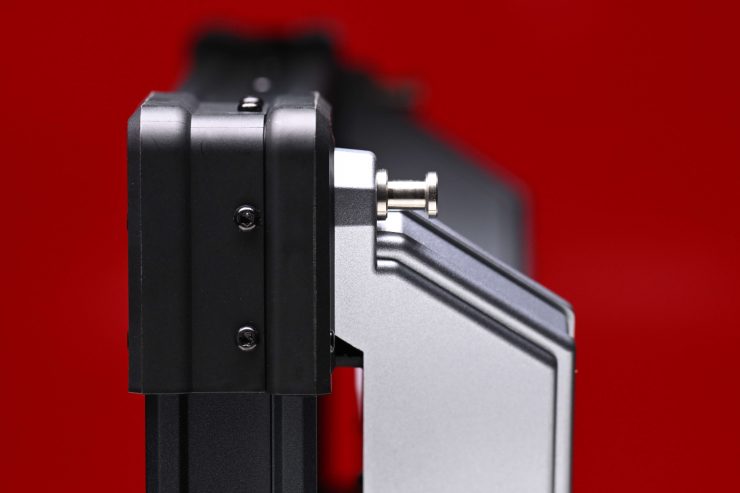
On the back of the fixture, there are small mounts that you use when you want to attach the included softbox.
I would have liked to have seen a carry handle placed on the fixture like some competing options have.
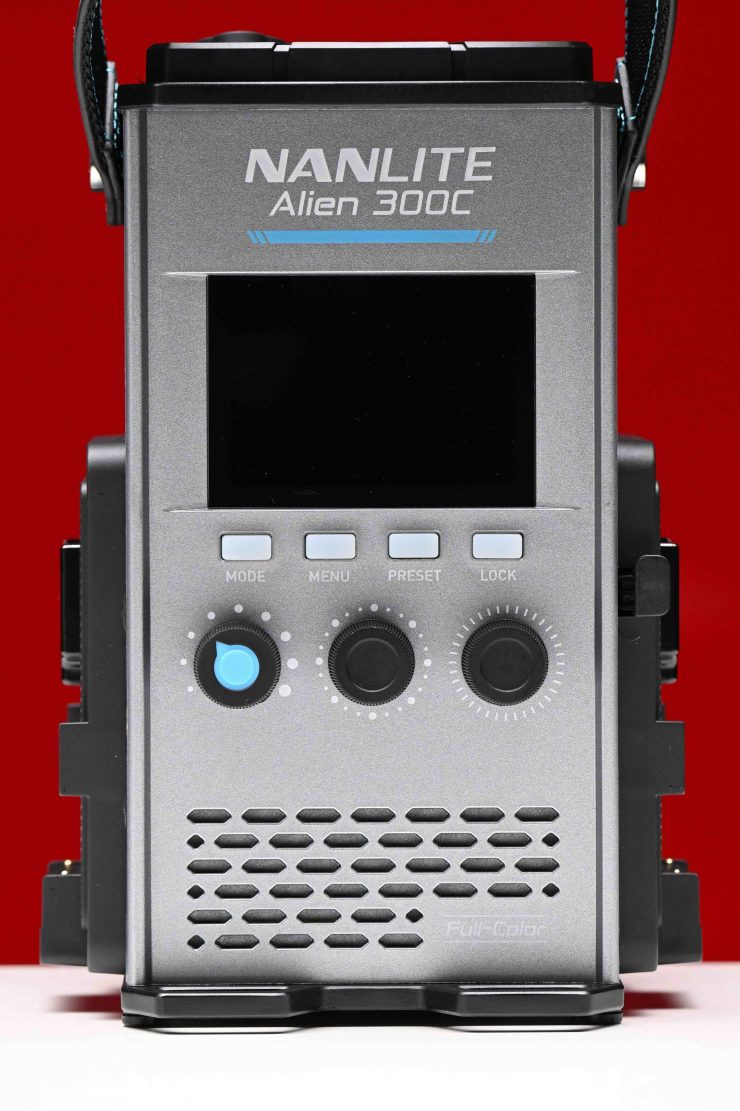
The power supply/controller is robustly made and all the buttons and switches have a nice solid and tactile feel.
What do you get?
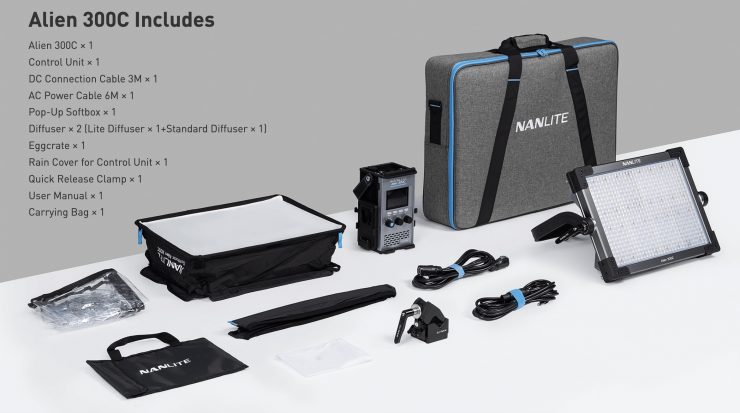
Above you can see what comes with the light. I like how Nanlite includes a softbox and a honeycomb grid. Not a lot of manufacturers do this.
Power Draw
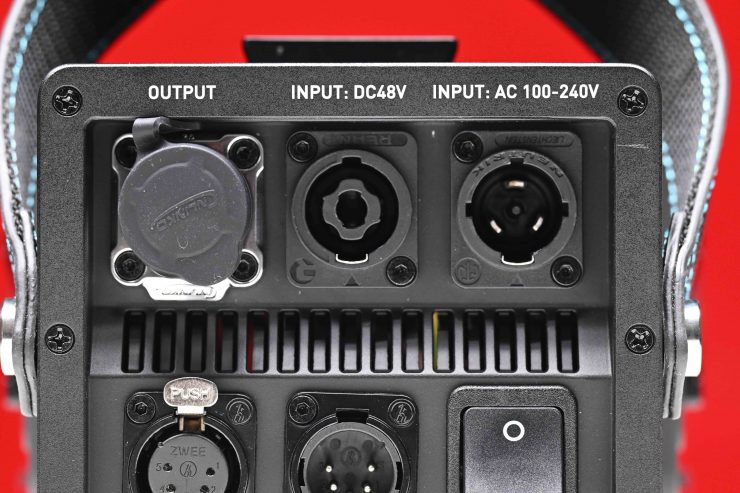
Most 1×1 lights these days tend to draw a lot of power, especially the RGBWW ones. The Alien 300C draws 300W, which is quite a lot for a fixture of this size, but not as high as options from Creamsource or Aputure.
So how does the power draw of the Alien 300C compare to other 1×1 fixtures? Below you can see:
| Power Draw | |
| NANLITE Alien 300C | 300W (nominal) |
| ZOLAR Toliman 30S | 120W (nominal) |
| ZOLAR Toliman 30C | 200W (nominal) |
| ZOLAR Vega 30C | 200W (nominal) |
| Luxli Timpani² | 120W (nominal) |
| Rotolight Titan X1 | 230W (nominal) |
| Creamsource Vortex4 | 325W (nominal) |
| ARRI S30-C SkyPanel | 200W (nominal) |
| Litepanels Gemini 1×1 Soft | 200W (nominal) |
| Litepanels Gemini 1×1 Hard | 200W (nominal) |
| Rayzr MC 100 | 98W (nominal) |
| Lupo Superpanel 30 Full Color | 200W (nominal) |
| Luxli Timpani 1×1 RGBAW | 120W (nominal) |
| Aputure Nova P300C | 360W (nominal) |
The ability to power a light at 100% via a single flight-safe battery can be a big deal to some users, but there are very few options on the market that allow you to do that. On the flip side, lights with a lower power draw don’t tend to have as much output as some other fixtures.
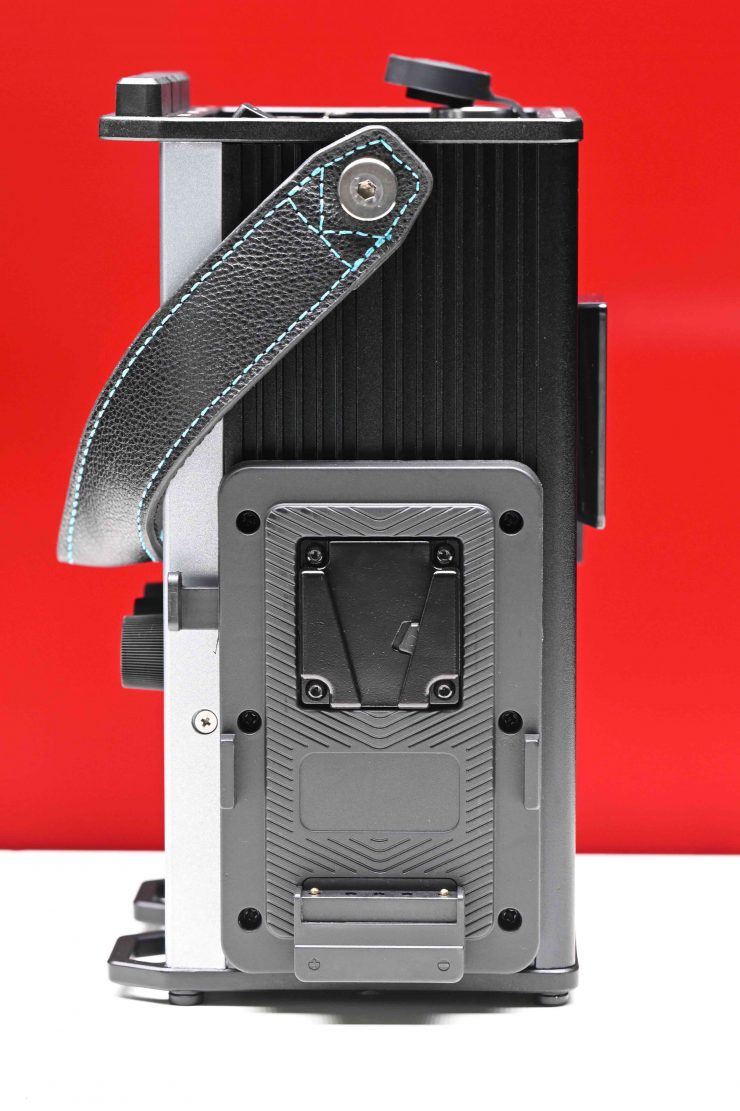
The Alien 300C has two built-in V-lock battery plates on the power supply/controller.
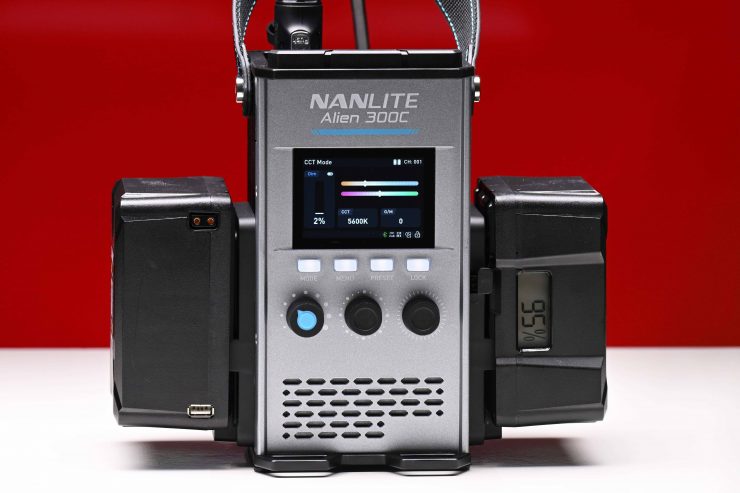
The 300C can be run at full power from two flight-safe camera batteries that are below the 160Wh limit that airlines will allow you to travel with. This is a big deal if you are a traveling cameraman or camerawoman.
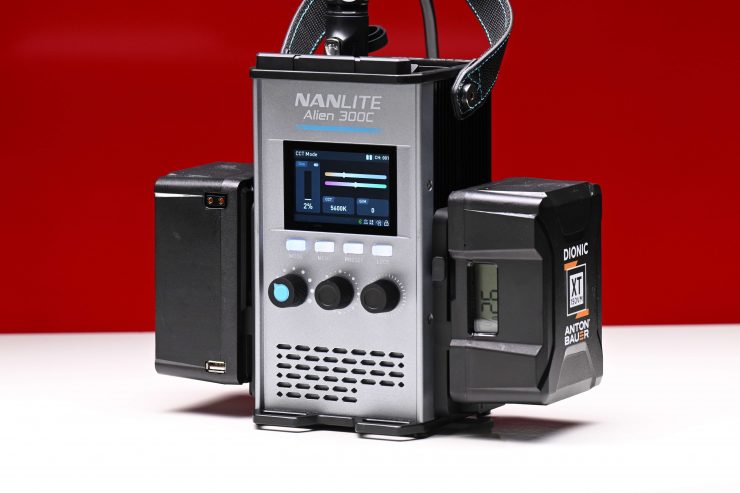
You can use either 14.4-14.8V or 26V batteries (this includes multi-voltage batteries that can be manually switched into their higher output mode).
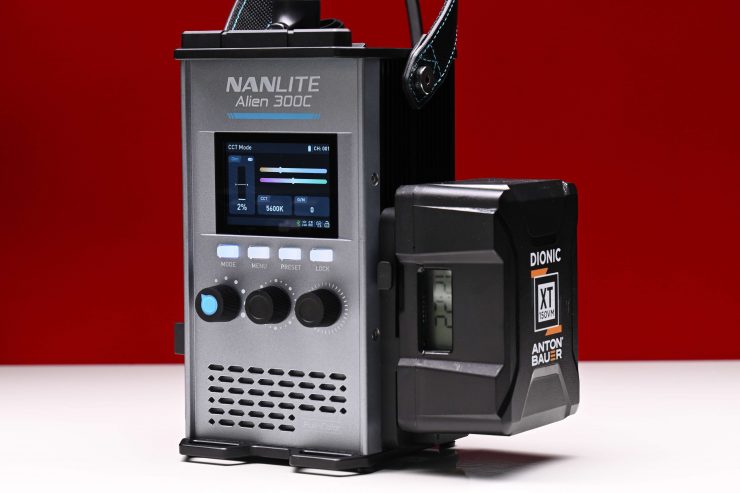
The Alien 300C can be powered via a single camera battery, however, it will only run at a maximum output of 45%.
Even if you use a single high capacity 14.4-14.8V battery that exceeds 300Wh, you can still only run the fixture at 45% output. The only added benefit you get from user higher capacity batteries is longer run times.
If you run a single 26V battery (this includes multi-voltage batteries that can be manually switched into their higher output mode) then you are limited to 75%.
The power supply/controller for the fixture isn’t overly large. You can attach the power supply directly to the V-mount wedge plate adapter that comes in the kit, or you can put it on the ground or hang it from a light stand, etc.
Yes, there are some advantages to separating the power supply from the light as you can use a slightly smaller light stand. You can also use the power supply as a ballast further down the light stand if need be.
How does it stay cool?
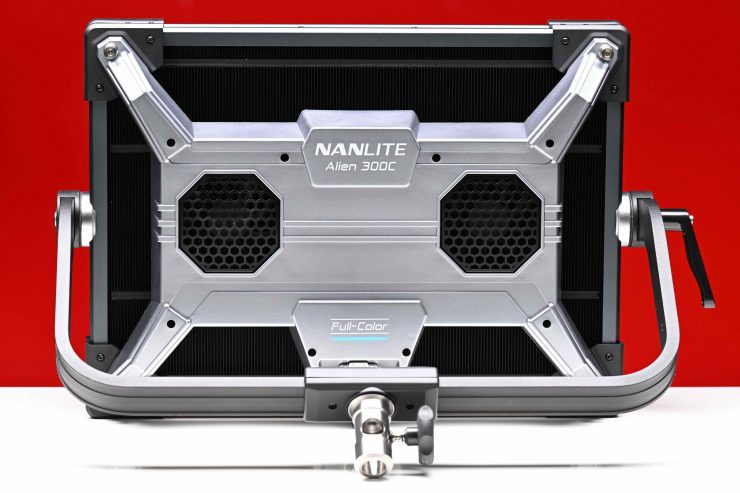
High-power draw LED lights can get very hot, and keeping them cool is not an easy task. The Alien 300C utilizes heat sinks and two fans.
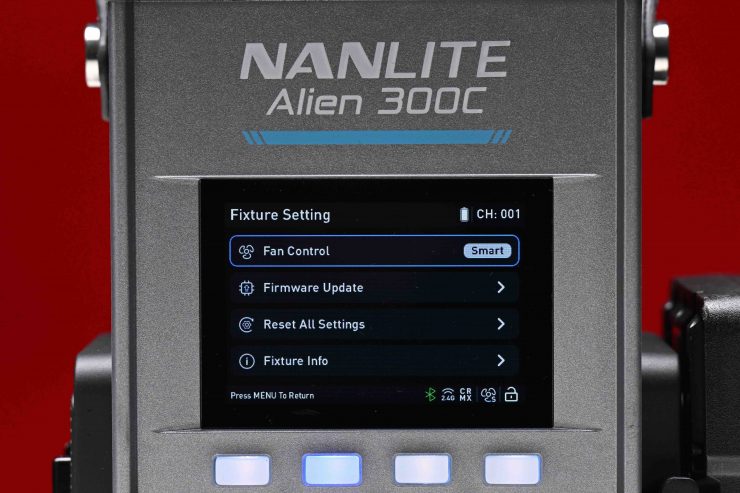
In the menu settings for the Alien 300C, you have the choice of setting the fan to the following modes:
- SMART
- FULL–SPEED
- LOW–SPEED
- OFF
- PAUSE
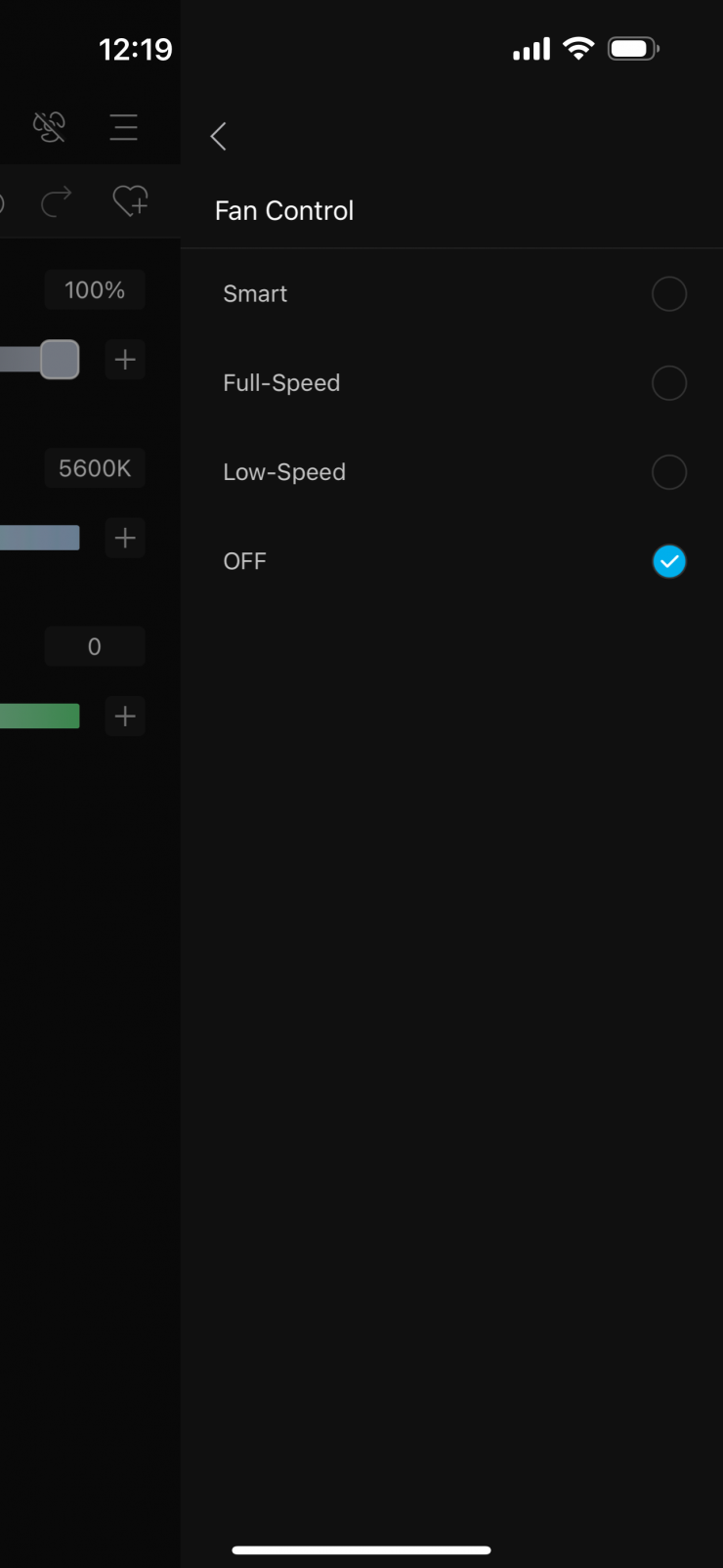
You can also change the fan settings using the NANLINK app. The trouble when doing this with the app is that the intensity slider will still show 100% even if you change the fan setting to a mode where 100% isn’t possible.
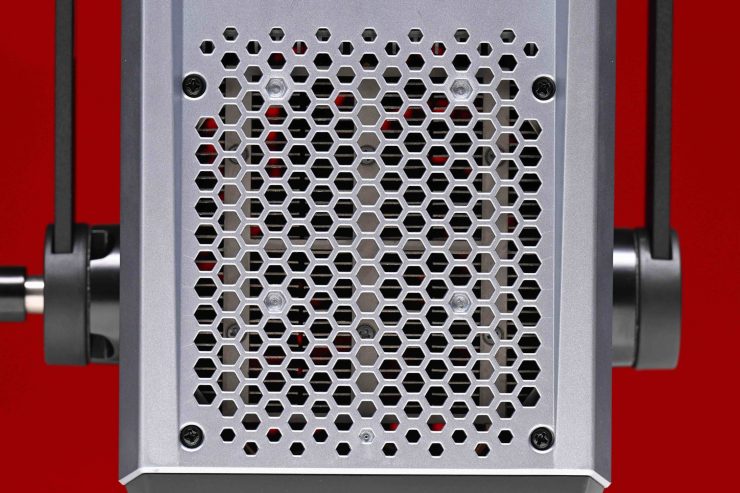
The fans on the Alien 300C are pretty quiet, and even when run in the High-Speed setting I didn’t find it to be an issue.
CCT range
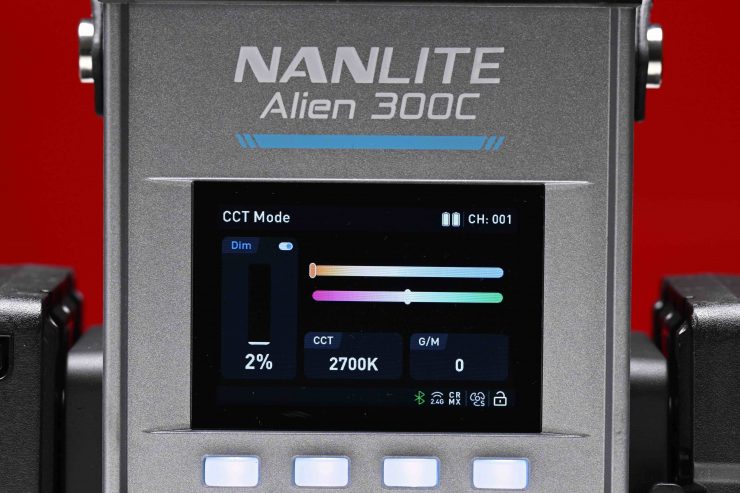
The light has a CCT range of 2700K-12,000K. This is a pretty good range and it will more than suit most people’s needs.
RGBWW
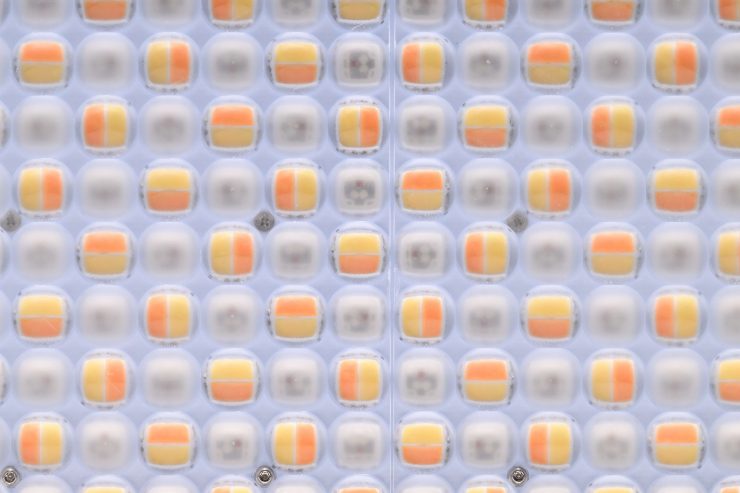
The light is RGBWW not RGBACL. Lights that utilize RGBACL don’t use any white LEDs, instead, they mix all of those different color LEDs to produce white light. Hive Lighting has also been using 7 LED-chip blending. Instead of the traditional 3 colors, Hive uses red, amber, lime, cyan, green, blue, and sapphire. The advantage RGBACL has over RGBWW and RGBCW is that it is capable of giving you a larger CCT range and it can produce more saturated colors with more output. RGBWW lights tend to struggle to create saturated colors like yellow and they don’t always have as much output when generating saturated colors. They can also have a large drop-off in output at different CCT settings.
There is a lot of debate and argument over what is better. Certain companies will tell you that RGBACL is better, while others will tell you that RGBWW is better. I don’t have any horses in this race, so I am not influenced by what lighting companies say. All my reviews are based on data and facts, and every light gets the same unbiased treatment regardless of who makes it or how much it costs.
I am not a fanboy of any one particular brand who is going to give you a biased assessment of a light. I have seen, used, and reviewed hundreds of lights over the years so I think I have a pretty solid background in giving you a professional opinion that isn’t influenced by marketing hype.
Beam Angle
The beam angle of the Alien 300C is 60°.
1×1 style panel lights that are on the market have a wide array of beam angles. Normally they have either a very tight beam angle or a very wide beam angle. Although there are exceptions to this rule such as the Rotolight Titan X1 and Ceamsource Vortex4 where you can adjust the beam angles.
Below you can see what the beam angle is of other competing lights:
| Beam Angle | |
| NANLITE Alien 300C | 60° |
| ZOLAR Toliman 30S | 40°/ 88° |
| ZOLAR Toliman 30C | 90°/ 127° |
| ZOLAR Vega 30C | 90°/ 127° |
| Luxli Timpani² | 78° |
| Rotolight Titan X1 | 68° to 150° |
| Ceamsource Vortex4 | 20° |
| ARRI SkyPanel S30-C | 110° |
| Litepanels Gemini 1×1 | 95° |
| Razyr 7 MC120 | 120° |
| Lupo Superpanel 30 Full Color | 40° |
| Lupo Superpanel 30 Full Color Soft | 115° |
| Luxli Timpani 1×1 RGBAW | 78° |
| Aputure NOVA P300c | 120° |
With lights such as the ARRI SkyPanels, you can put accessories such as honeycomb grids, benders, and intensifier panels that will change the beam angle. Other lights also have the ability to change the beam angle through the use of various light modifiers.
Mounting
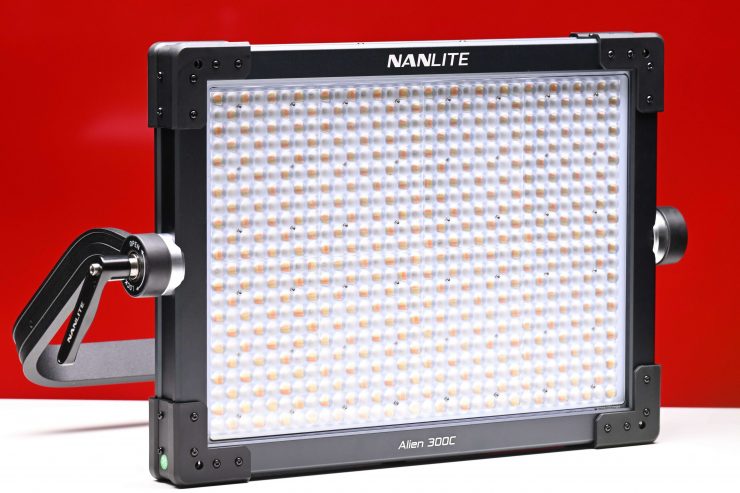
The Alien 300C comes with a traditional two-sided yoke frame.
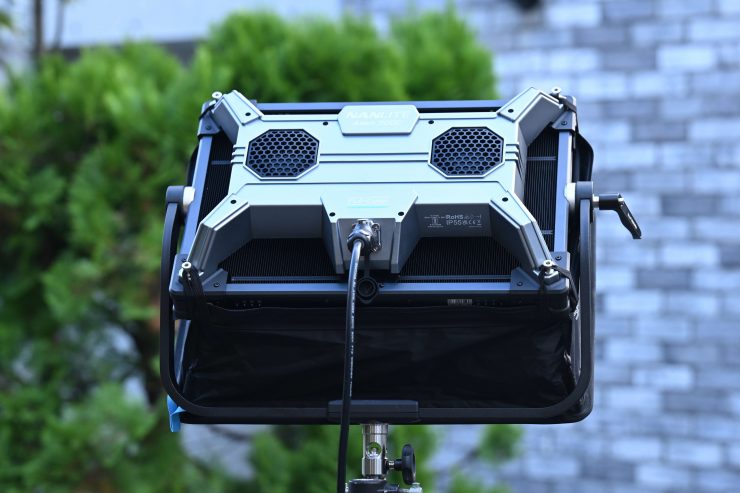
There is plenty of clearance and you can angle the light straight up and also down at a fairly good angle even when using the included softbox.
As I mentioned previously, the yoke frame locks down tightly.
Included Softbox
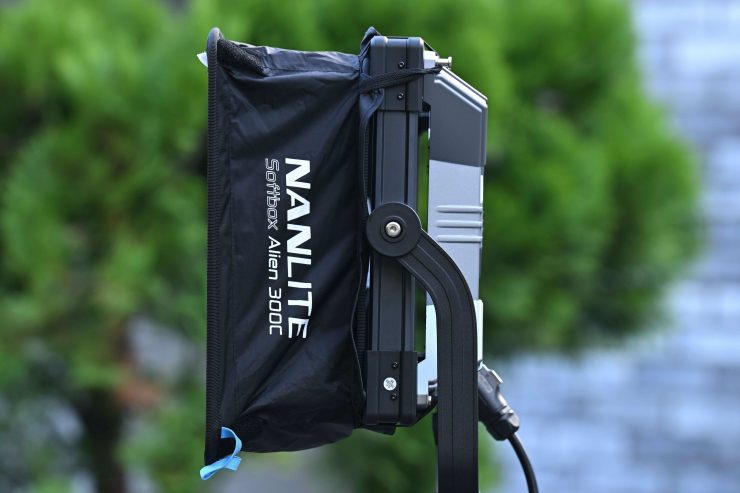
The included softbox is very similar to the ones used on the PavoSlim fixtures.
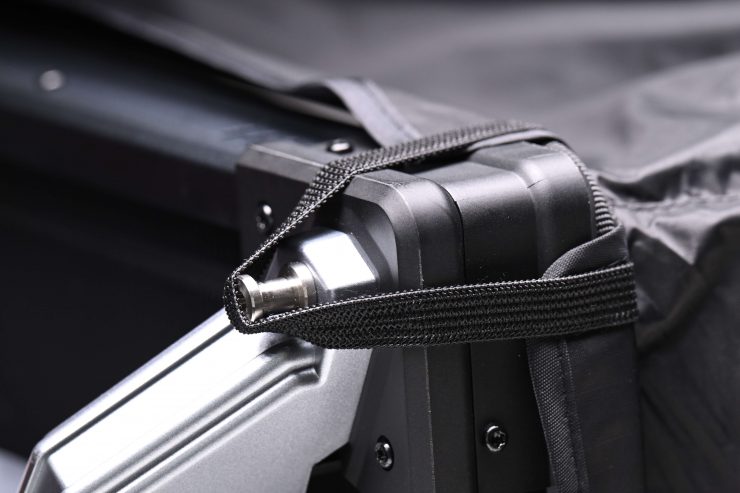
I also really like the clever softbox design. It is held on via a couple of elastic loops and because it utilizes small bendable rods you can collapse the softbox down when it isn’t in use so that you don’t have to take it off and put it back on again.
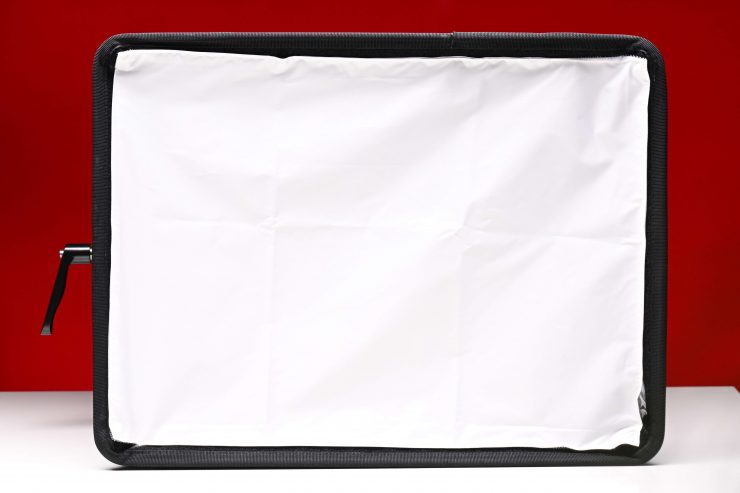
Speaking of the softbox, you also get two different diffusion strengths in the kit (1-stop and 1/2-stop).
I actually found that you combine both pieces of diffusion and use them together if you want to create a softer source.
Controls & Menu System
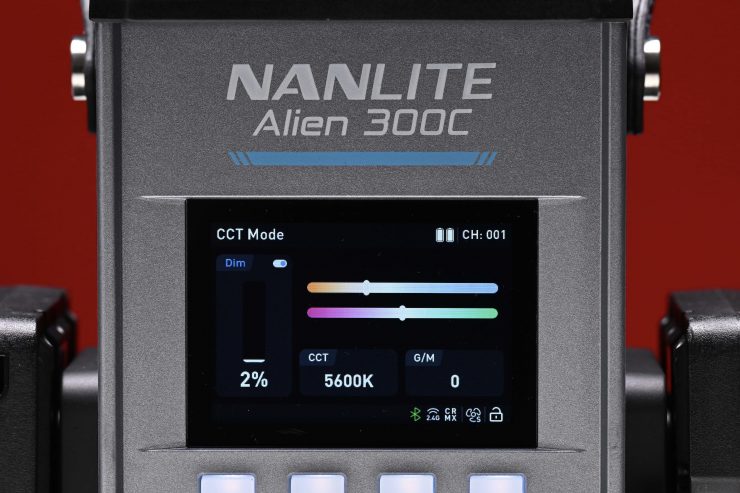
Even though the power supply/controller looks fairly similar to the one that comes with most of Nanlite’s other lights, I like how Nanlite has upgraded the display and operating system and it is now a lot more intuitive and easier to see.
As I say in every lighting review, with a good light, you shouldn’t have to read a manual to work out how to operate it. You should be able to turn it on and use it straight away. With the Alien 300C, that is exactly the case. The menu is also straightforward to navigate, even though it has a few more options because it is a full color light. The display is pretty good for modes such as RGBW, HSI, etc. although arguably, it is better to use the app when accessing those modes as they are shown more intuitively.
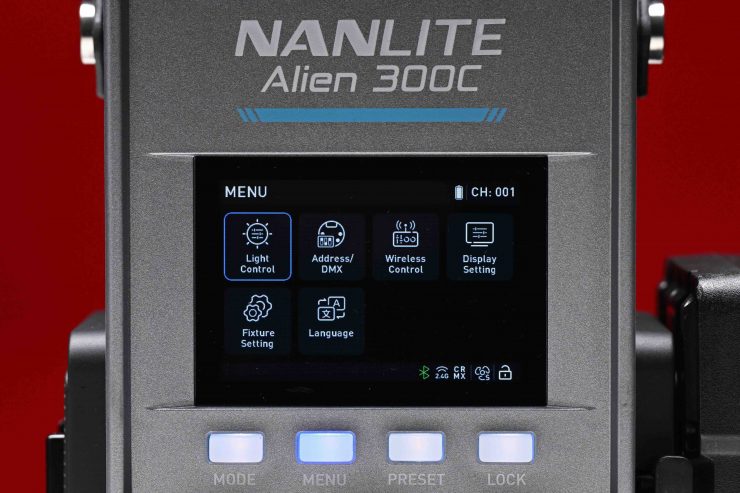
In the menu, you can adjust quite a few settings, such as the DMX, fan, Maximum Output, Constant Output, dimming, etc.
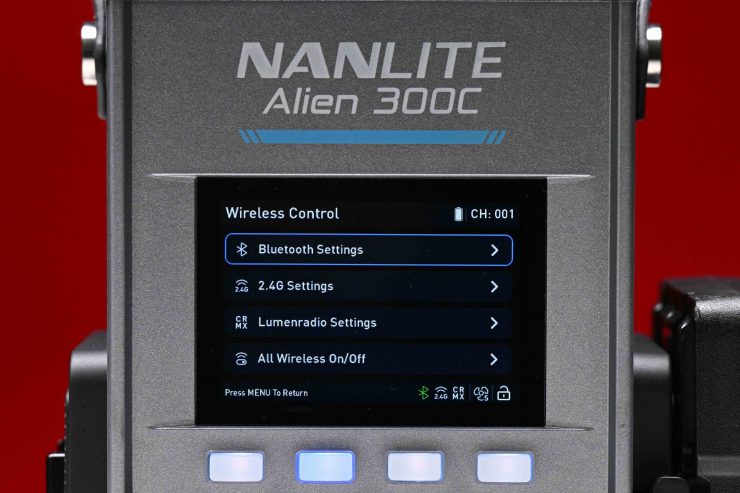
As well as being able to adjust certain parameters and modes on the light itself, you can also use the NANLINK Bluetooth app. Additionally, 2.4GHz provides control through the separately-available remote controller. In addition, you can also use DMX/RDM, or LumenRadio CRMX.
Maximum Output or Constant Output
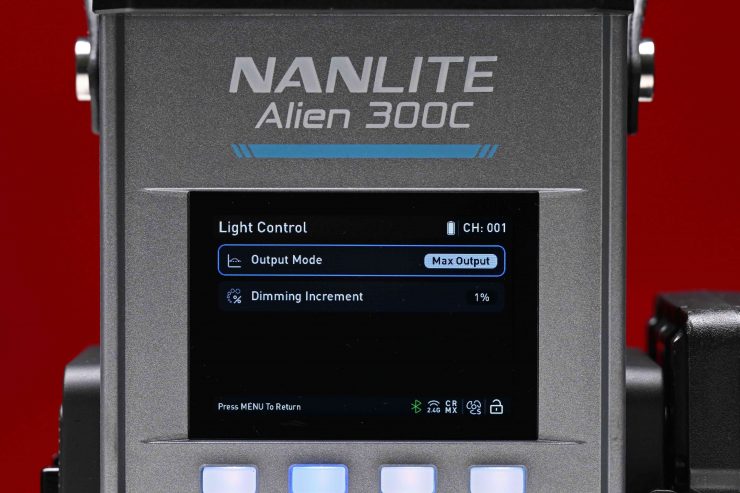
The light has the ability to be used in either Maximum Output or Constant Output modes. In Maximum Output you will get the most output available at any given CCT setting. In Constant Output mode, the light will output roughly the same amount at all CCT settings.
Dimming Increment
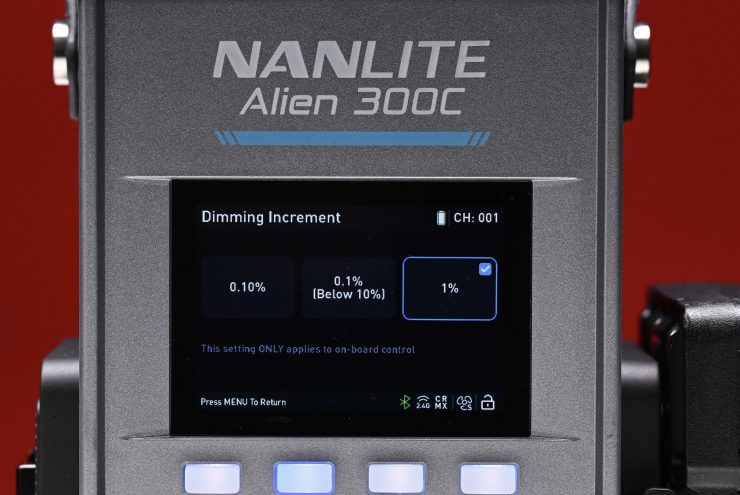
A nice new addition to the Alien series is the ability to change the dimming increments. You can set to have the fixture dim in 1% increments, 0.10% increments, or 0.1% increments (when using it below 10%).
Operating Modes
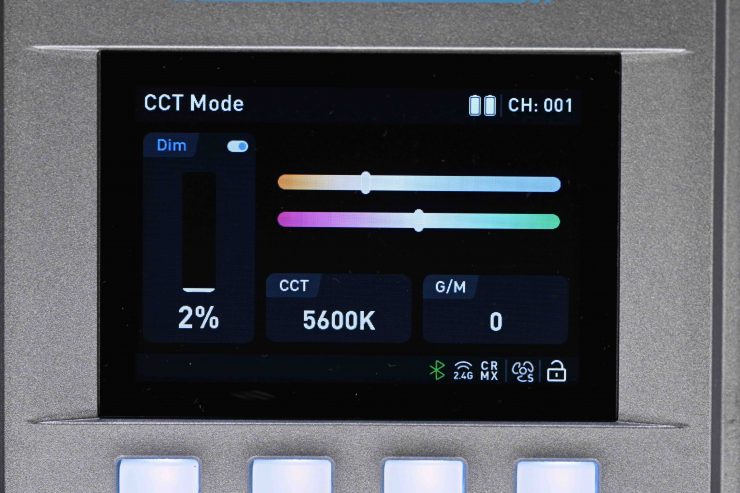
The lights have the following lighting modes that you can access from the fixture:
- CCT
- RGBW
- HSI
- GEL
Now, you need to use the free NANLINK App to access some additional features. Not everything can be done from the power supply/controller.
+/- Green adjustment
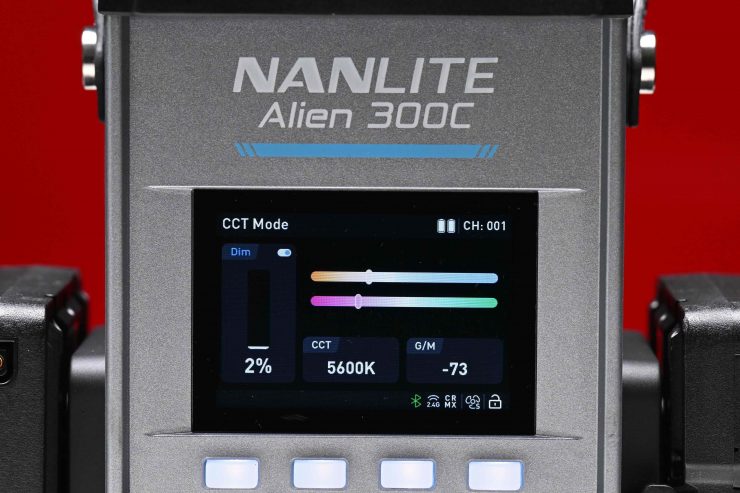
The fixture includes +/- Green adjustment so you can correct any tint.
CCT MODE

In CCT mode you can make adjustments from 2700-12,00K.
RGBW Mode
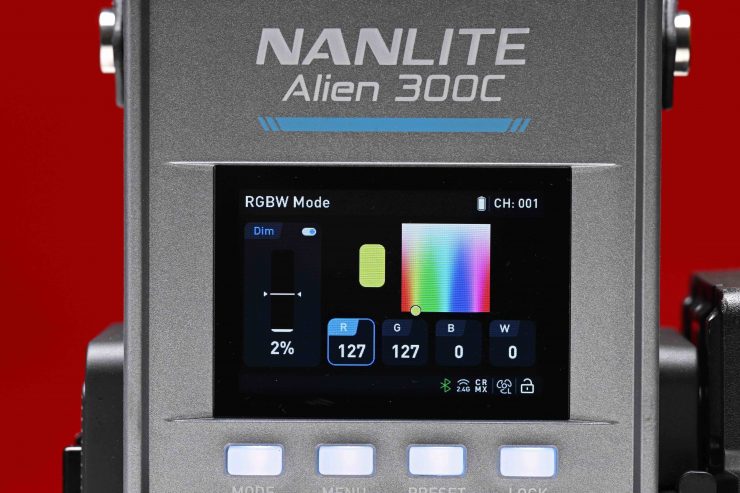
In RGBW mode you can individually control the red, green, blue, and white channels.
HSI
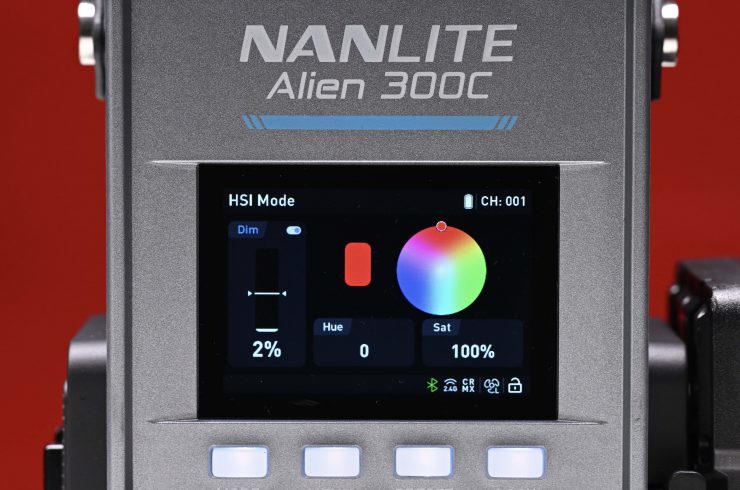
In HSI mode you can make individual adjustments to the hue, saturation, and intensity.
XY Coordinates
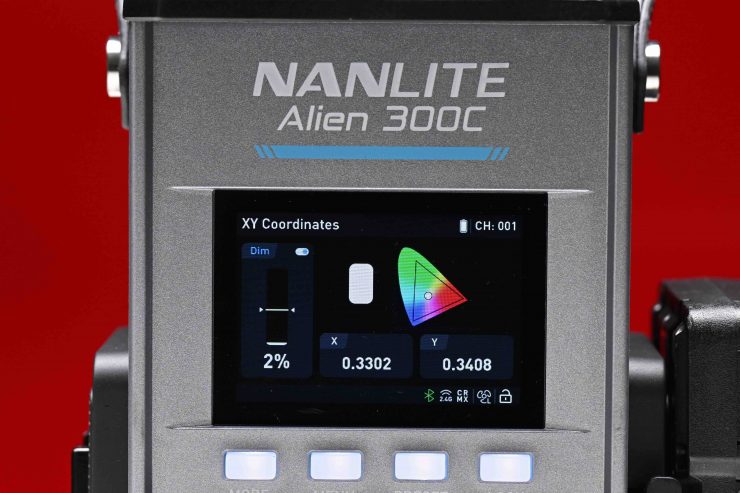
In this mode, you can adjust the x y coordinates which can be handy when trying to match other fixtures or colors.
GEL Mode
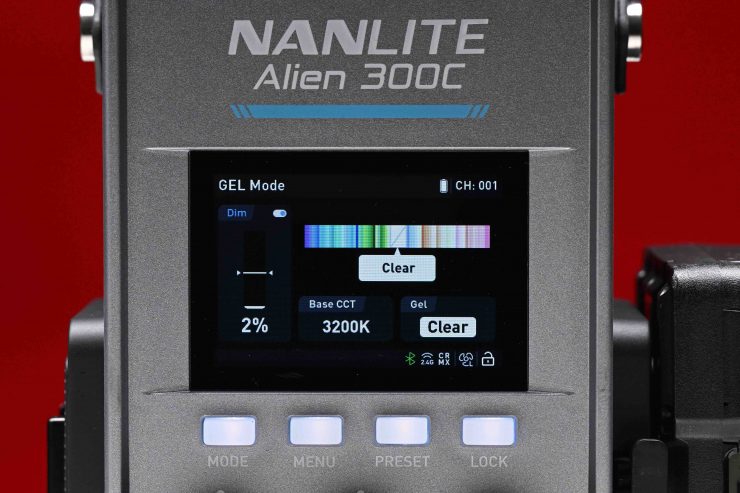
In GEL mode you can choose between 151 different presets.
EFFECTS Mode
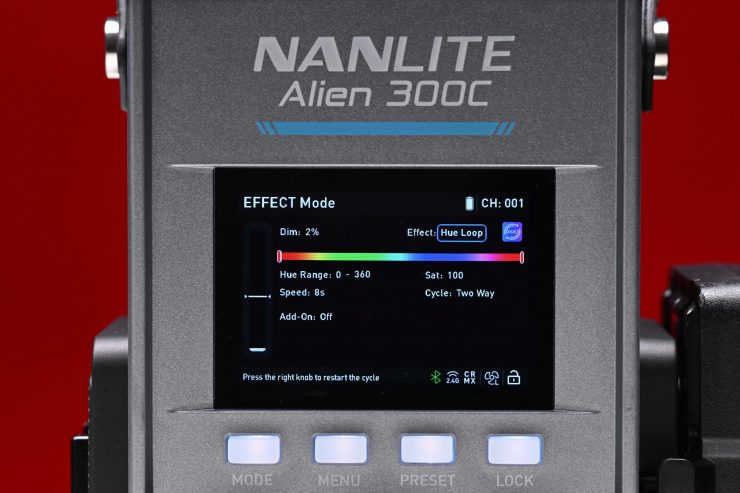
The EFFECT mode lets you recreate a wide range of lighting effects that can be handy for certain scenarios. The effects include:
- HUE LOOP
- CCT LOOP
- INT LOOP
- FLASH
- PULSE
- STORM
- POLICE CAR
- TV
- PAPARAZZI
- CANDLE
- FIRE
- DISCO
- BAD BULB
- FIREWORK
- EXPLOSION
- WELDING
All the effects modes can be individually adjusted, and you can change the Speed and Cycle.
Bluetooth App
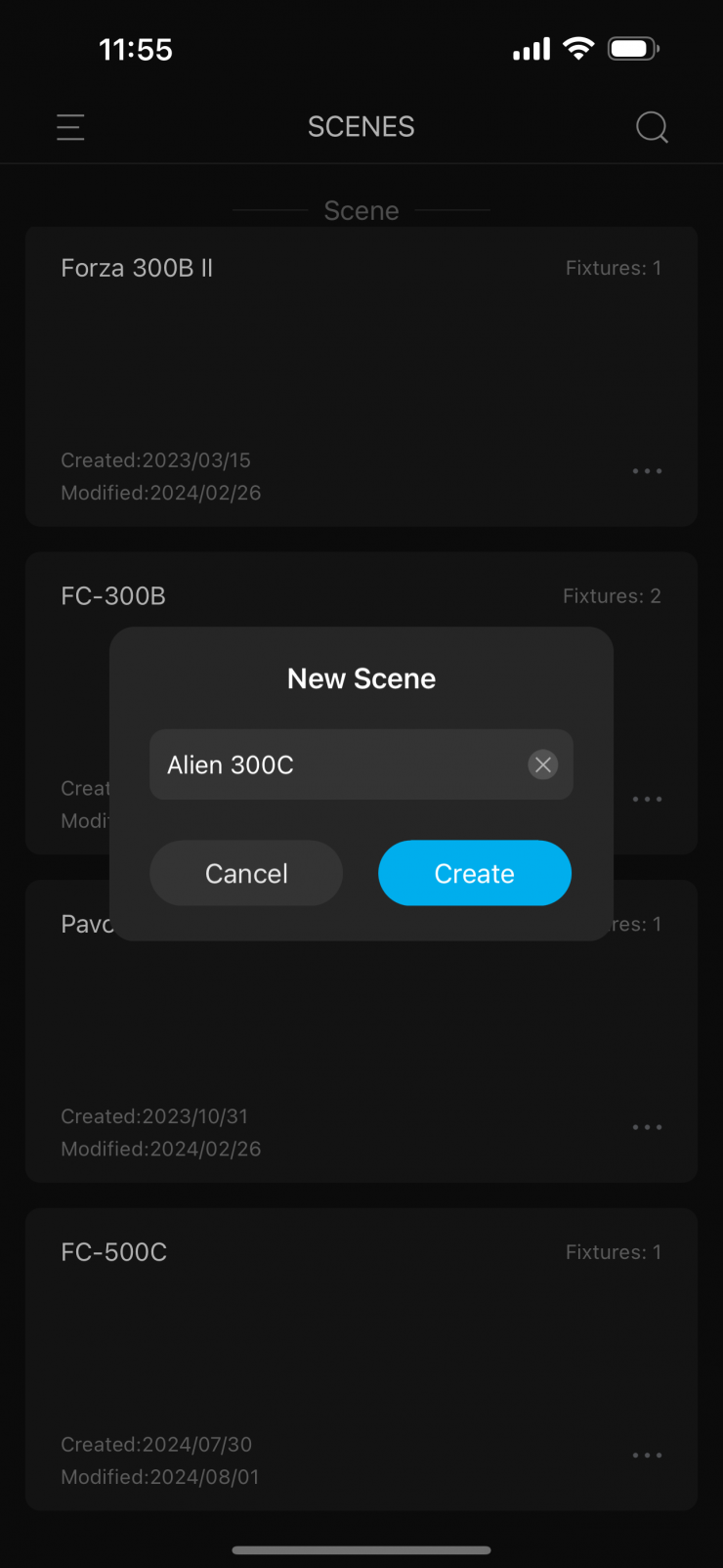
The light can be controlled via Bluetooth using the NANLINK App. It is relatively easy to connect up a light and get started. All you need to do is tap on add a fixture and then choose how you want to connect.
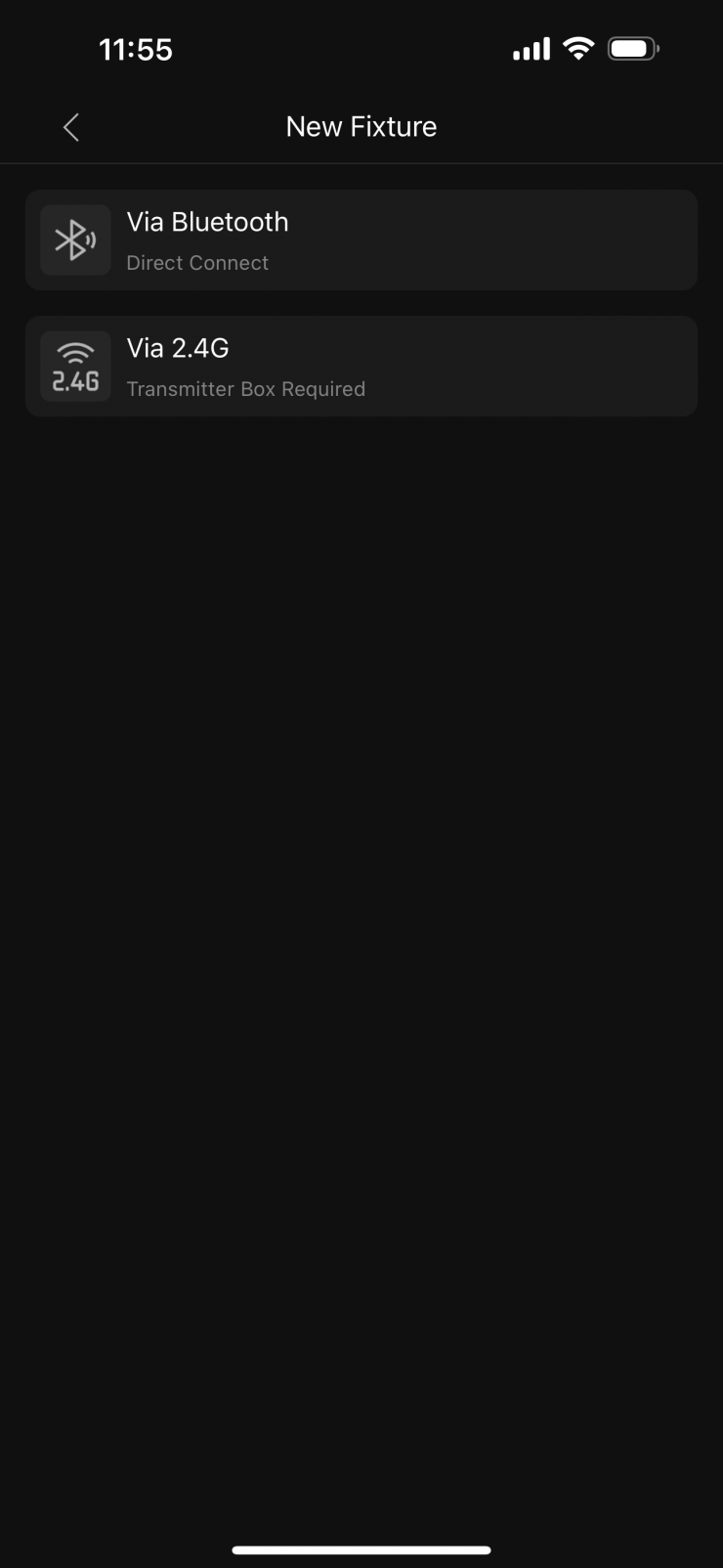
For this example, I chose Bluetooth and the app will search for available Nanlite fixtures.
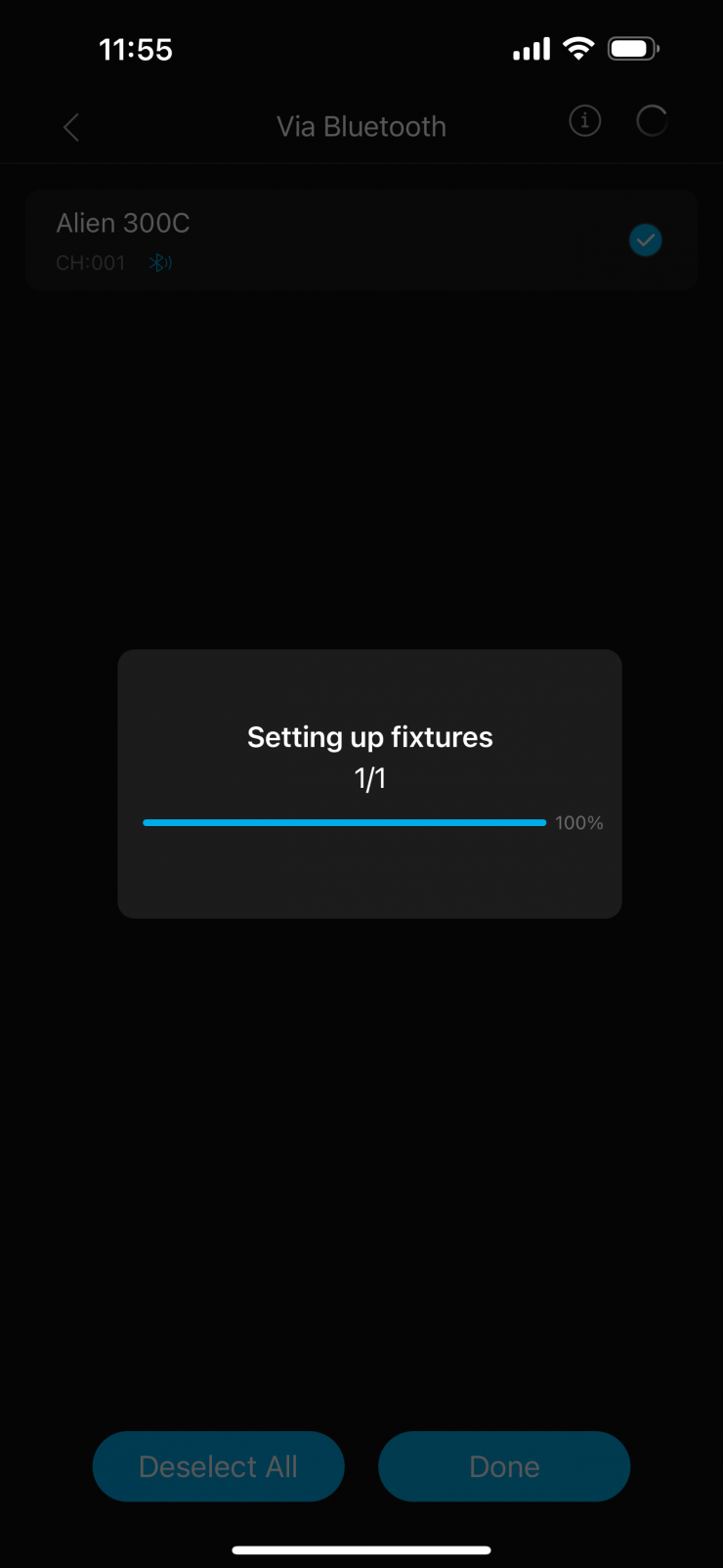
Once you select the fixture you want to add, it takes about 5-10 seconds for the app to configure everything.
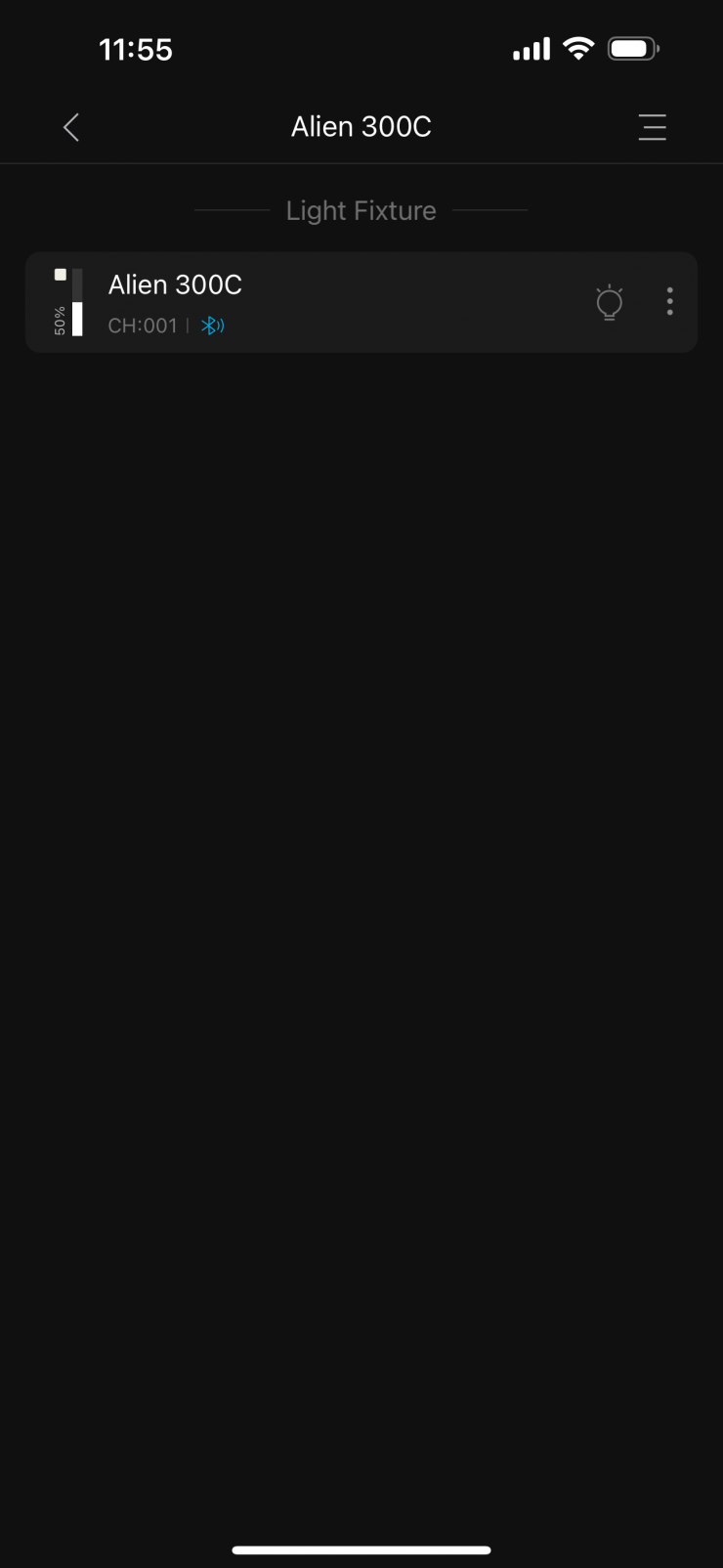
Once the fixture is set up you can see that it has been added to the scene page.
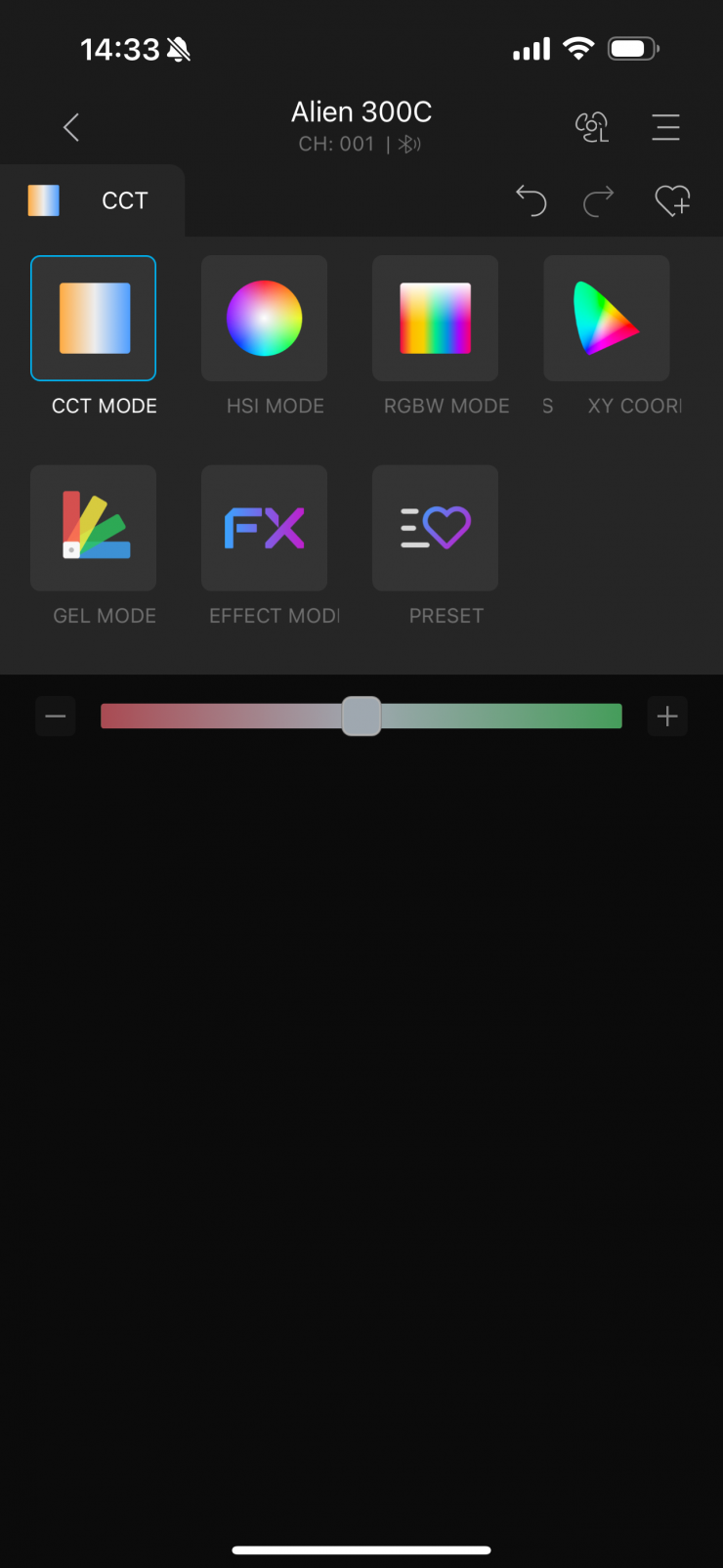
There is a range of parameters that you can adjust using the app, including changing the output, CCT, HSI, RGBWW, Gels, Effects, changing the fan speed, and saving presets.
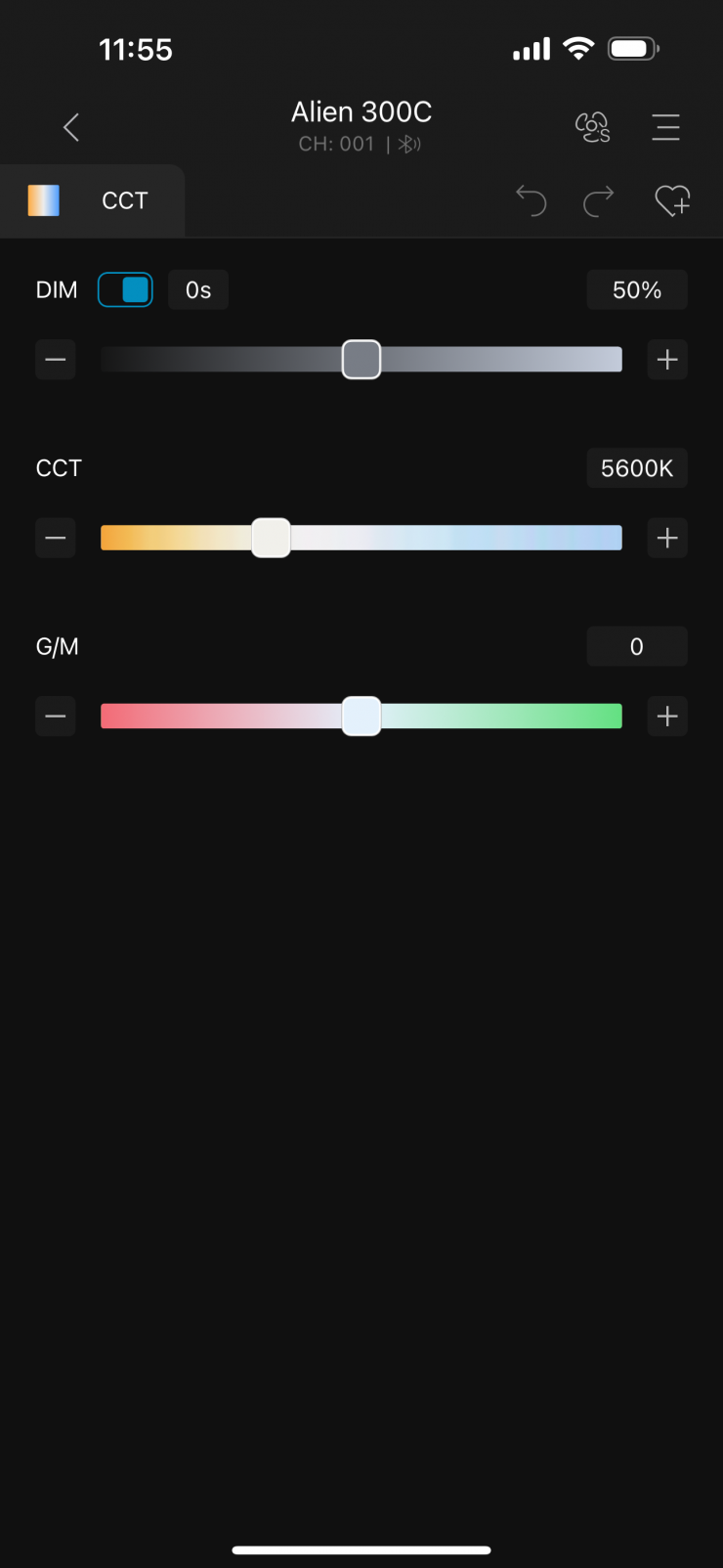
In CCT mode, you can adjust the CCT from 2700-12,000K, the +/- G/M bias and the intensity.
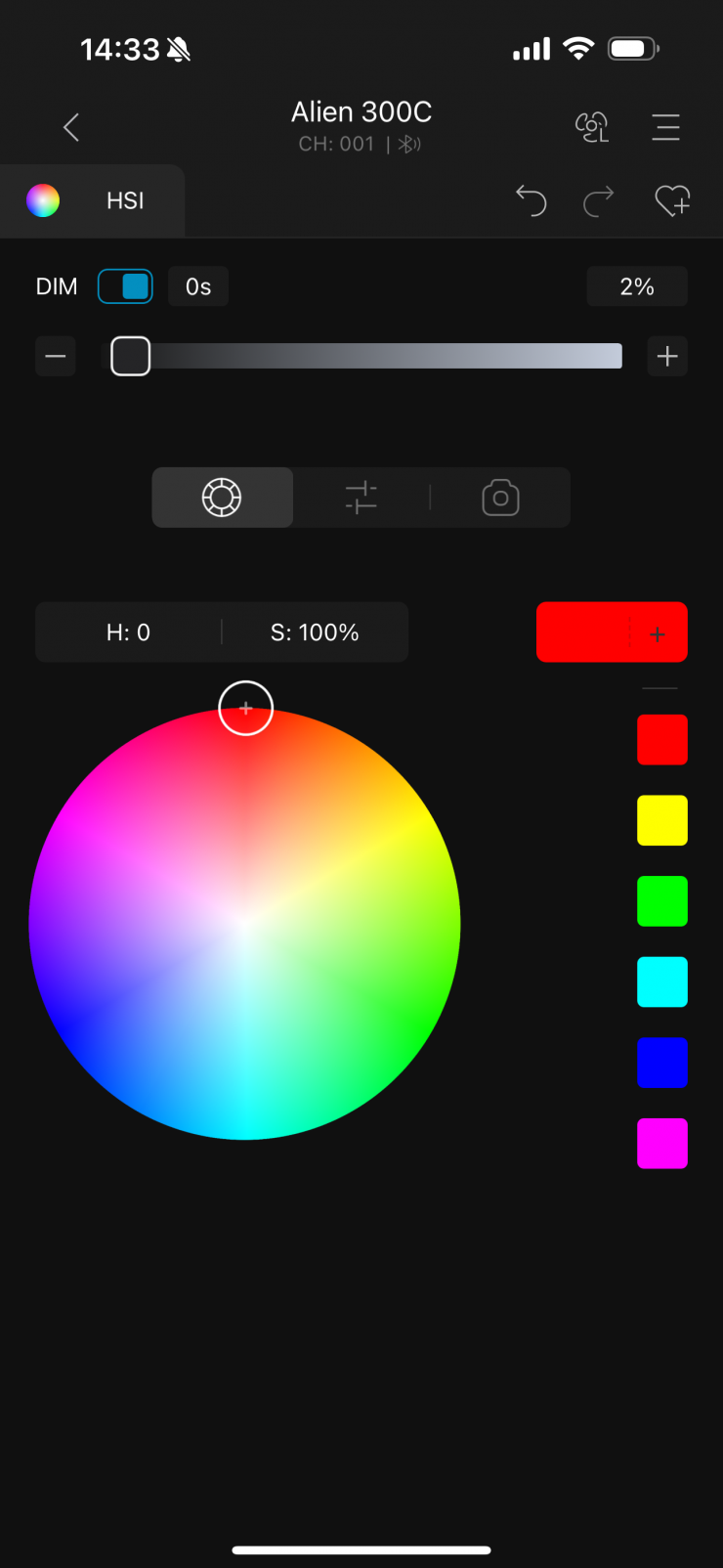
In the HSI mode, you can use a virtual color palette, or a slider to make adjustments. There is also a function where you can use your smartphone’s camera to sample a color you want the light to try and reproduce.
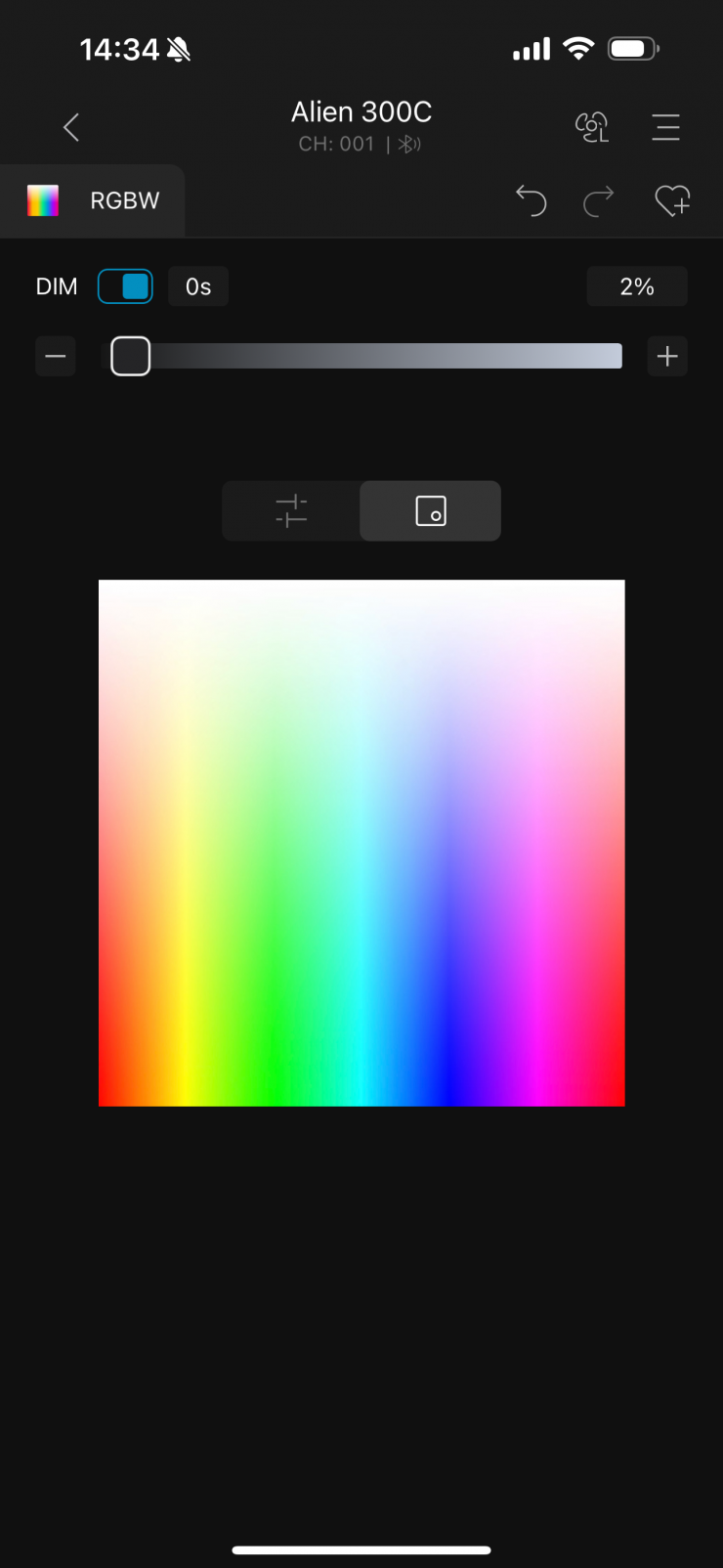
In the RGBW mode, you can make individual adjustments to the Red, Green, Blue, and White channels. You can do this via a virtual color palette or through sliders.
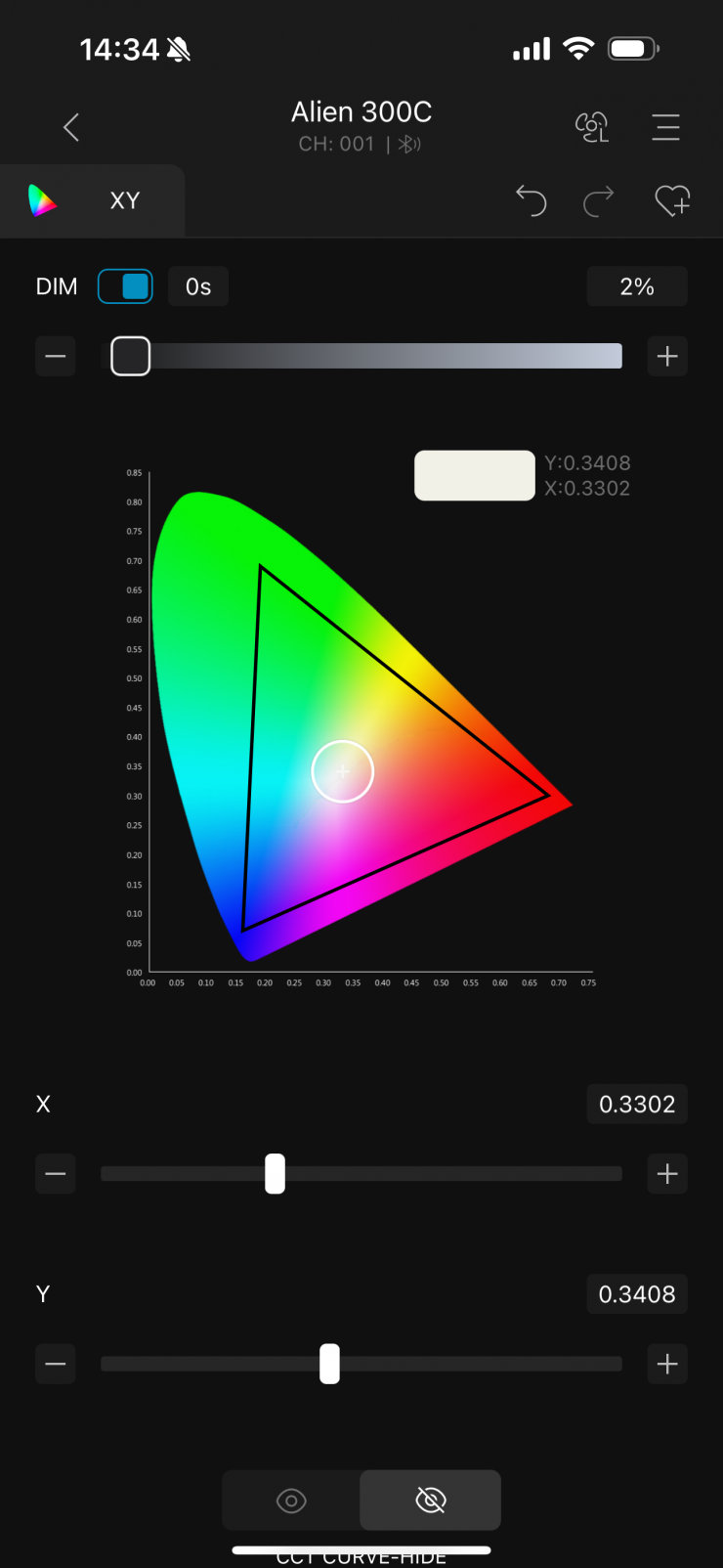
In X Y Coordinates mode you can make adjustments that help you match other fixtures or light sources.
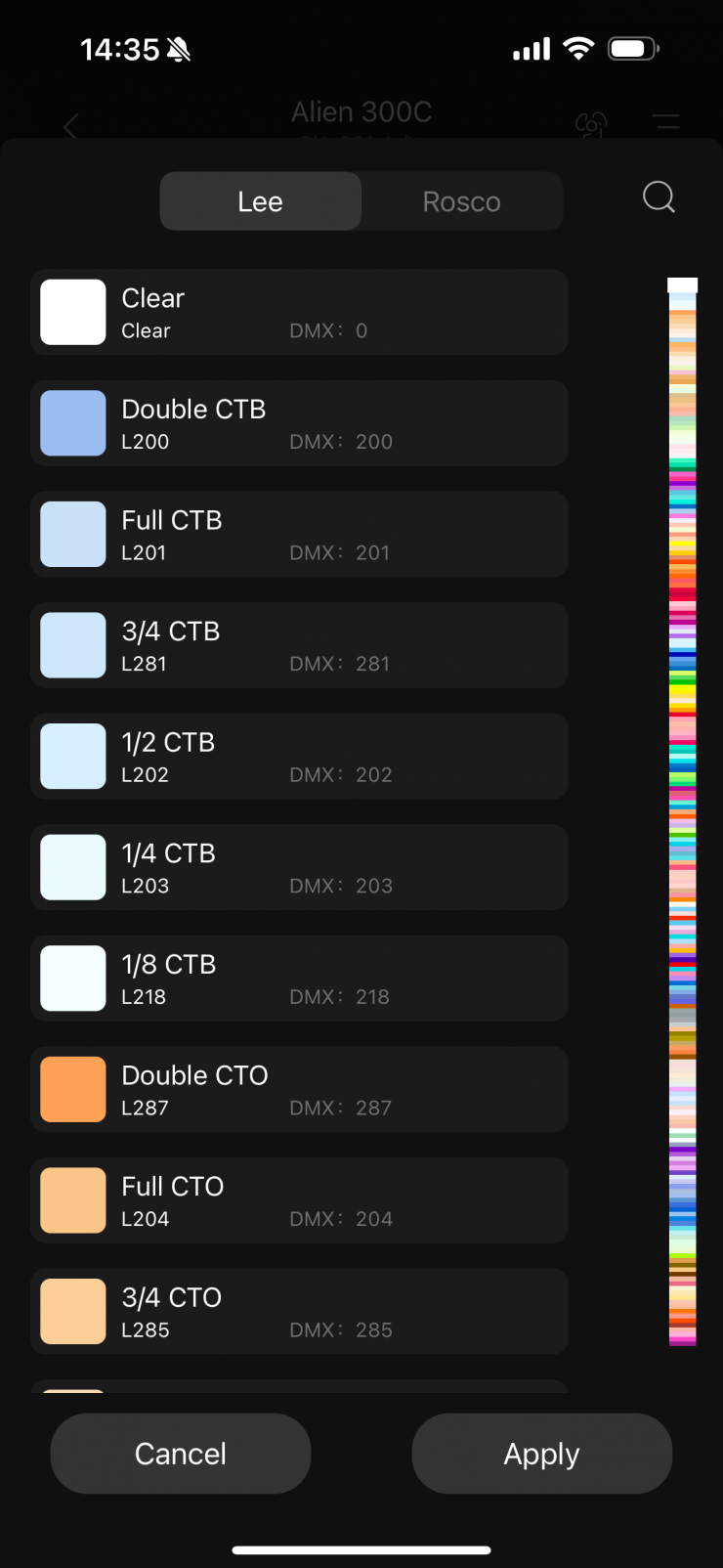
In the Gel mode, you can choose from a wide array of digital gels.
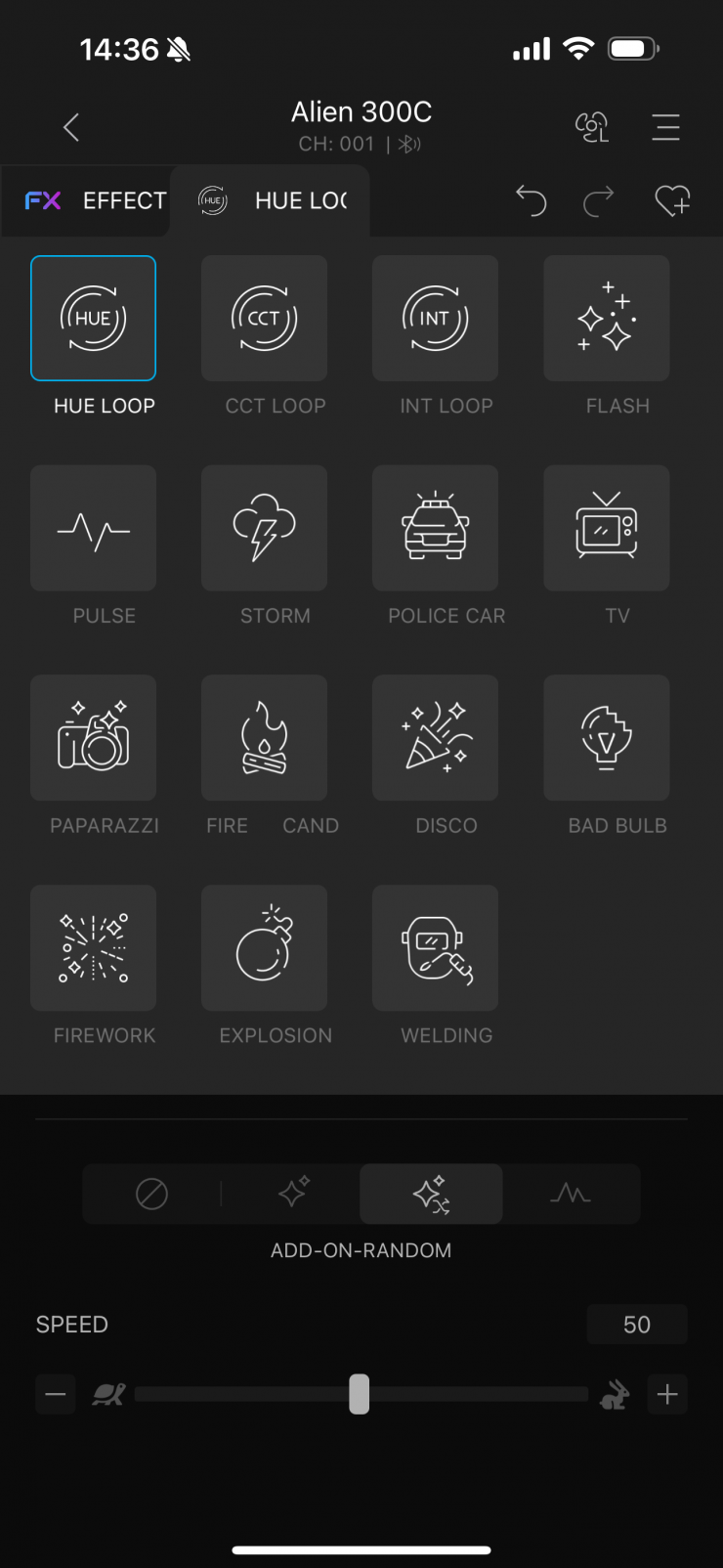
In the Effects mode, you can choose from a wide selection of different effects and you can make adjustments.

I like how you can save presets and then have them categorized. This makes recalling settings very easy to do.
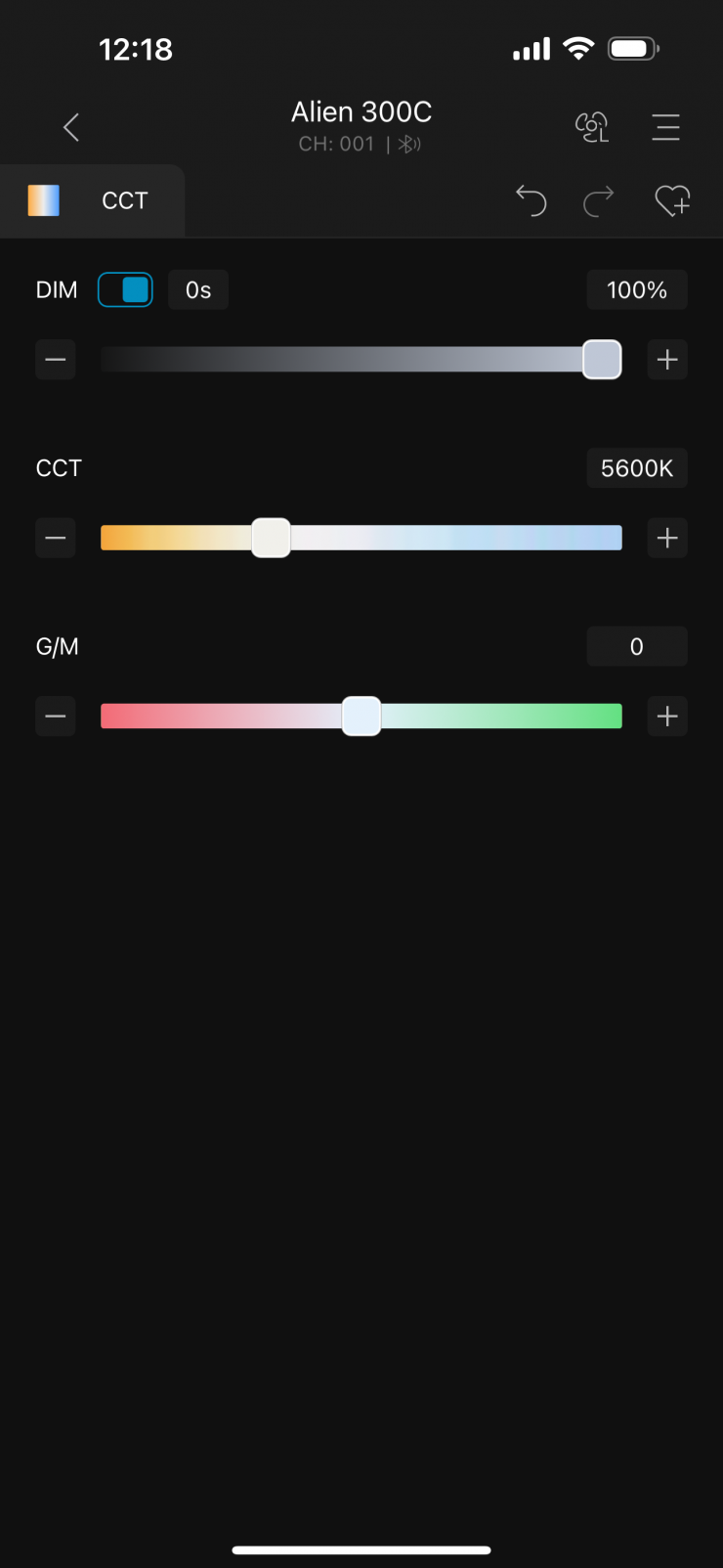
The app is straightforward and reasonably easy to use, however, there are still some quirks with it. If you are running the light via camera batteries or you have the fan turned Off or set to Low Speed, the app will still show the output as 100% even though it is not. I am not sure why Nanlite can’t seem to be able to fix this as I mention it is almost every review.
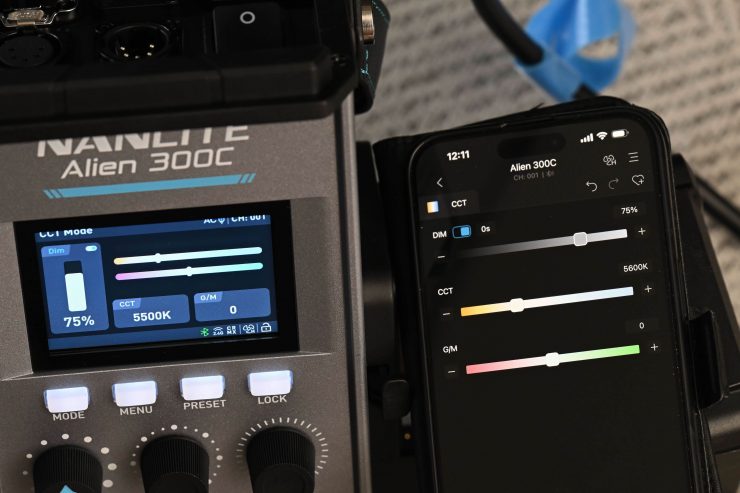
I also encountered a few bugs where the controller/power supply and the app were showing two different CCT values. Another issue I encountered was that if I changed the the fixture to Constant Output on the controller and then made an adjustment on the app it automatically reverted back to Maximum output.
Photometrics
So now let’s get to the photometric results. I always test lights in this way so that I get a reference to how they compare to other fixtures. Results only tell part of the story and should never be used alone to judge a light. I have found from extensive testing over the years that certain lights that have good photometric results don’t always look good, and lights that have worse photometric scores can sometimes look better than their results indicate. It is important that you don’t judge a light from one individual result. You have to gather all the data to make a comprehensive conclusion.
Different lights can also look different depending on what camera you happen to be using.
There is a ton of results to get through here so grab a coffee because this is going to take a while!
Output & CCT Accuracy
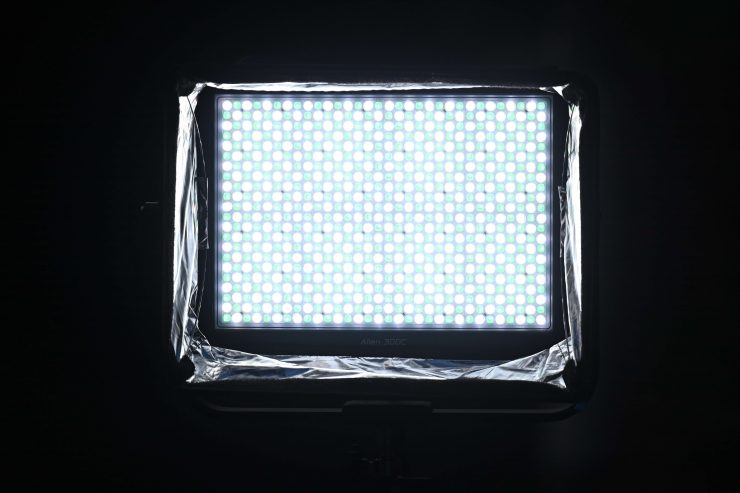
I tested the Alien 300C at a variety of CCT settings with a Sekonic C-800 Spectrometer to find out how much output the light had and how accurate the CCT reproduction was. All readings are taken at a distance of 1m (3.28ft) in a controlled environment.
First, let’s look at how the light performs at 5600K.
5600K
Alien 300C 5600K (Maximum Output Mode)
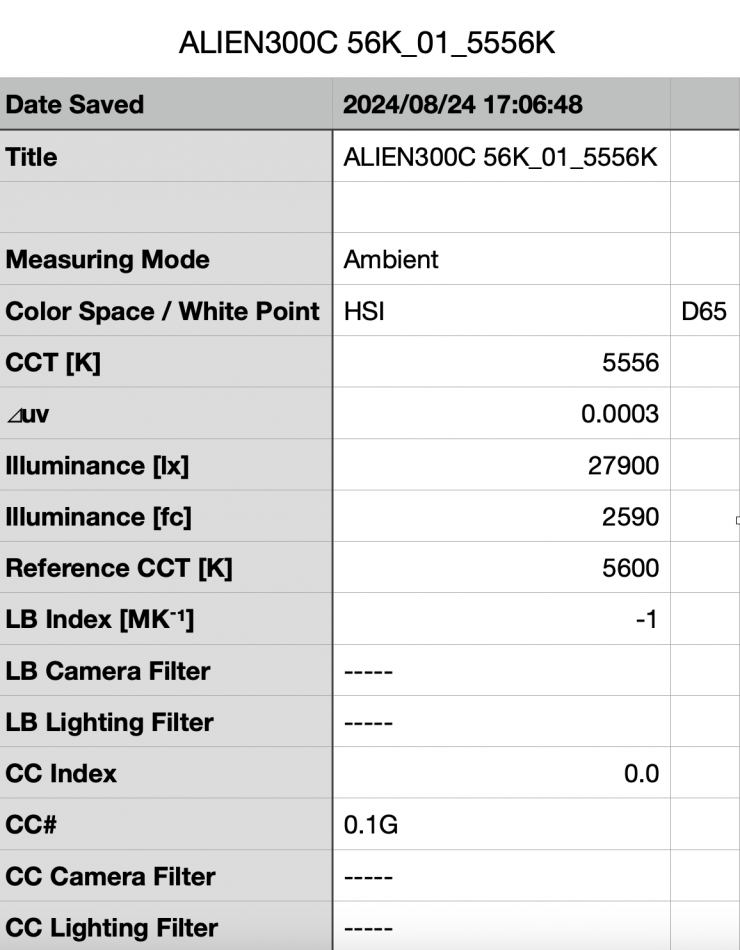
Above you can see that the Alien 30C recorded an output of 27,900 lx (2590 fc) when set at 5600K and run via mains power in its maximum output mode. This was a lot of output for a light of this size with a power draw of 300W.
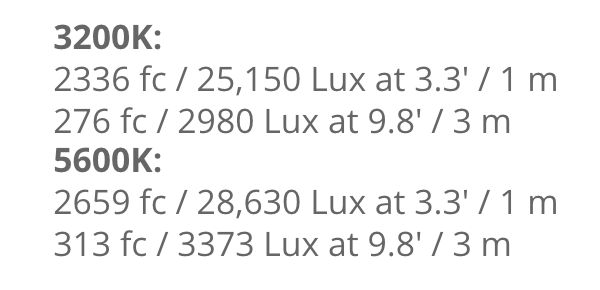
Above you can see the claimed figures from the manufacturer. From my testing I found these figures to be very close to the results I obtained.
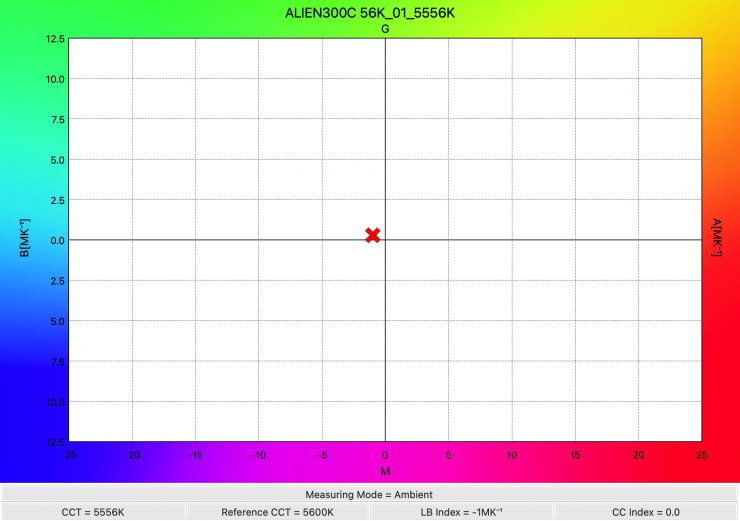
The light recorded a CCT of 5556K which was a pretty good reading.
So how does this output compare to some other 1×1 style panel lights I have previously tested?
5600K
| OUTPUT | POWER DRAW | BEAM ANGLE | |
| Nanlite Alien 300C | 27,900 lx | 300W | 60° |
| ZOLAR Toliman 30S | 4690 lx | 140W | 40° |
| ZOLAR Toliman 30C | 8190 lx | 250W | 90° |
| ZOLAR Vega 30C | 7900 lx | 250W | 90° |
| Luxli Timpani² (No Diffusion Panel) | 6171 lx | 120W | 78° |
| Luxli Timpani² (Diffusion Panel) | 3810 lx | 120W | 78° |
| Luxli Timpani (No Diffusion) | 3840 lx | 120W | 78° |
| Rotolight Titan X1 (100% Smartsoft Diffusion) | 3180 lx | 230W | 150° |
| Rotolight Titan X1 (No Diffusion) | 8210 lx | 230W | 68° |
| ARRI SkyPanel S30-C | 5950 lx | 200W | 110° |
| Litepanels Gemini 1×1 Soft | 6260 lx | 200W | 95° |
| Litepanels Gemini 1×1 HARD (Light Diffusion) | 15,700 lx | 200W | 46° |
| Lupo Superpanel 30 Full Color Soft | 4380 lx | 200W | 115 |
| Lupo Superpanel 30 Full Color | 16,900 lx | 200W | 40° |
| Aputure NOVA P300c | 9600 lx | 360W | 120° |
As you can clearly see, the output varies depending on the beam angle, diffusion, and power draw of the light. It is impossible to do an apples-to-apples comparison unless the lights you are comparing have the same power draw, beam angle, and diffusion.
Alien 300C 5600K (Constant Output Mode)

Above you can see that the Alien 30C recorded an output of 18,500 lx (1720 fc) when set at 5600K and run via mains power in its Constant Output mode. This was 33.69% less output than when the light was used in its Maximum Output mode.
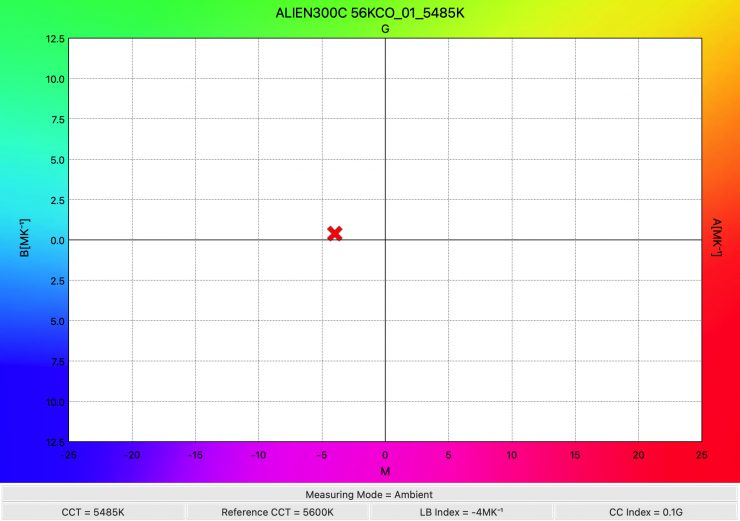
The light recorded a CCT of 5485K which was a decent reading.
Alien 300C 5600K & Soft Box 1-stop Diffusion (Maximum Output Mode)
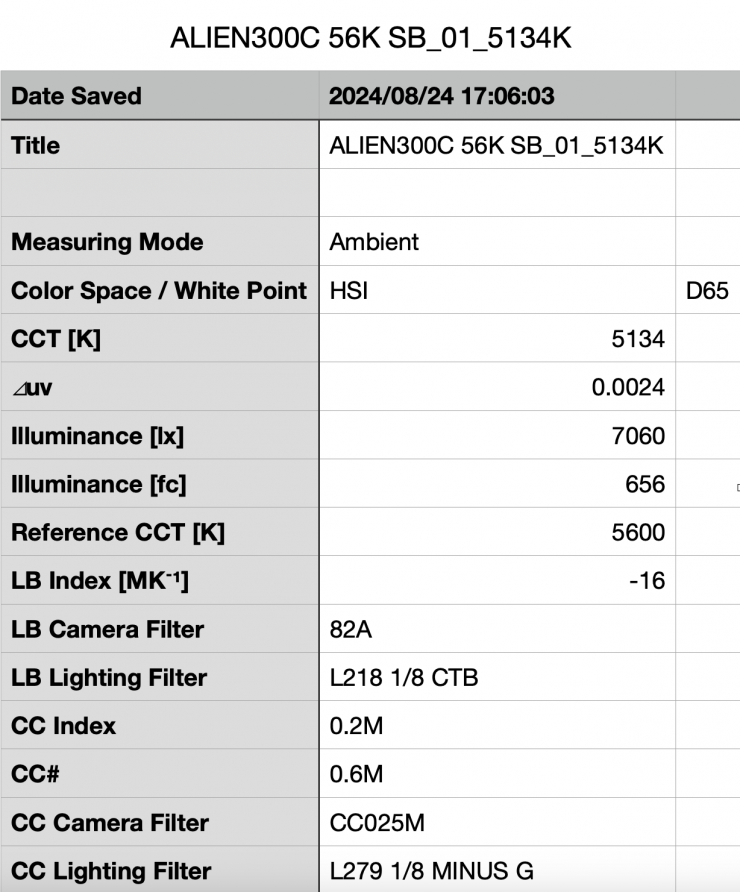
Above you can see that the Alien 30C recorded an output of 7060 lx (656 fc) when set at 5600K and run via mains power with its included soft box in its Maximum Output mode. This was 74.69% less output than when the light was used in its Maximum Output mode without the soft box. This tells me that the diffusion being used is quite strong.
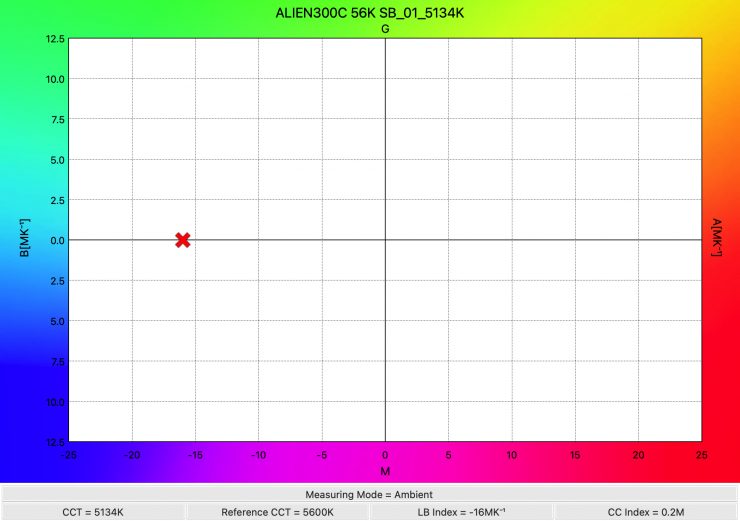
The light recorded a CCT of 5134K which was more than 350K from being correct. As you would expect when using any type of lighting modifier, the CCT will change and this is something you need to keep in mind.
If you wanted to get even more output while still keeping the source soft, you could swap out the 1-stop diffusion for the 1/2 stop.
Alien 300C 5600K 2x 14.8V Batteries (Maximum Output Mode)
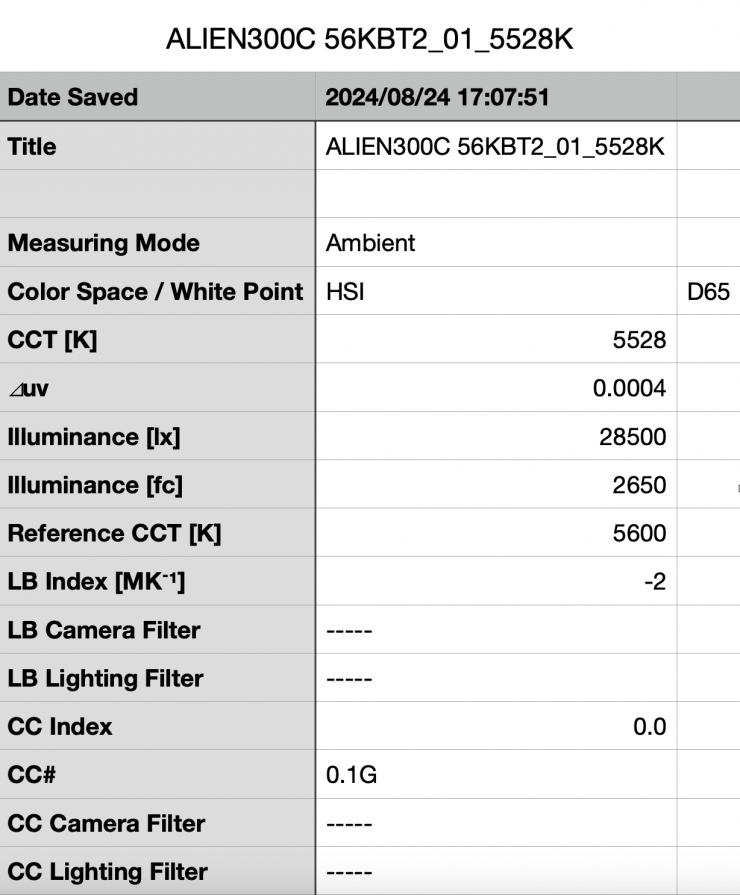
Above you can see that the Alien 30C recorded an output of 28,500 lx (2650 fc) when set at 5600K and run via 2x 14.8V 150Wh batteries in its Maximum Output mode. This was actually 2.15% more output than when the light was run via mains power. This tells me that you can run the light at 100% output from 2x flight-safe V-mount batteries.
Alien 300C 5600K 1x 14.8V Battery (Maximum Output Mode)
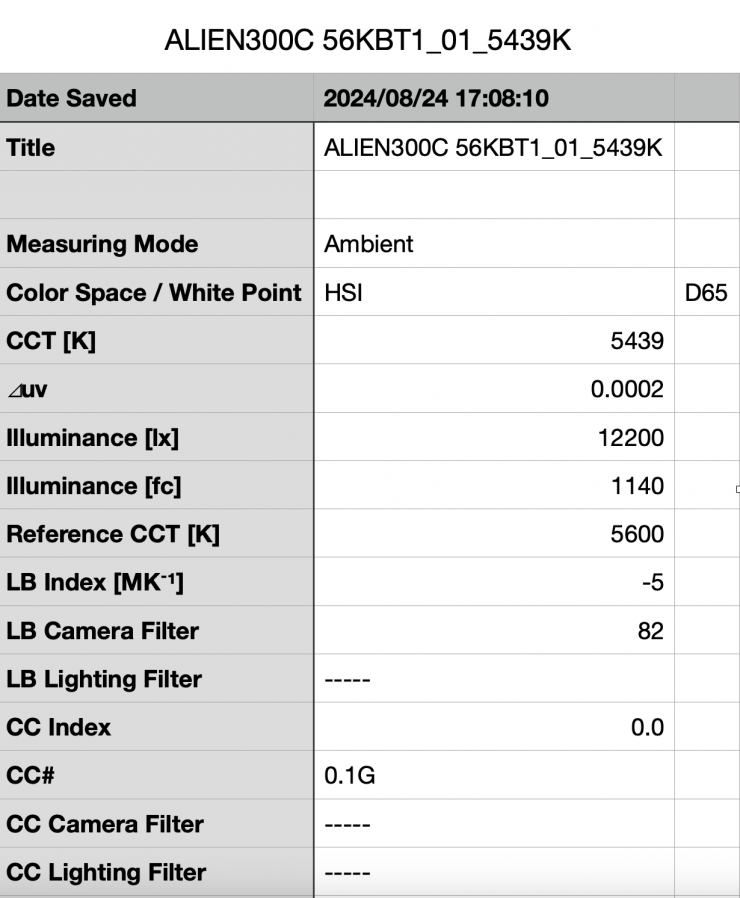
Above you can see that the Alien 30C recorded an output of 12,200 lx (1140 fc) when set at 5600K and run via 1x 14.8V 150Wh battery in its Maximum Output mode. This was 56.27% less output than when the light was run via mains power. Nanlite states that when running on a single 14.4-14.8V battery the output is limited to 45%. From my testing, I found that to be spot on.
Even if you run a high-capacity V-mount battery that exceeds 300Wh, the light will only run at 45% output.
3200K
Nanlite Alien 300C 3200K (Maximum Output Mode)
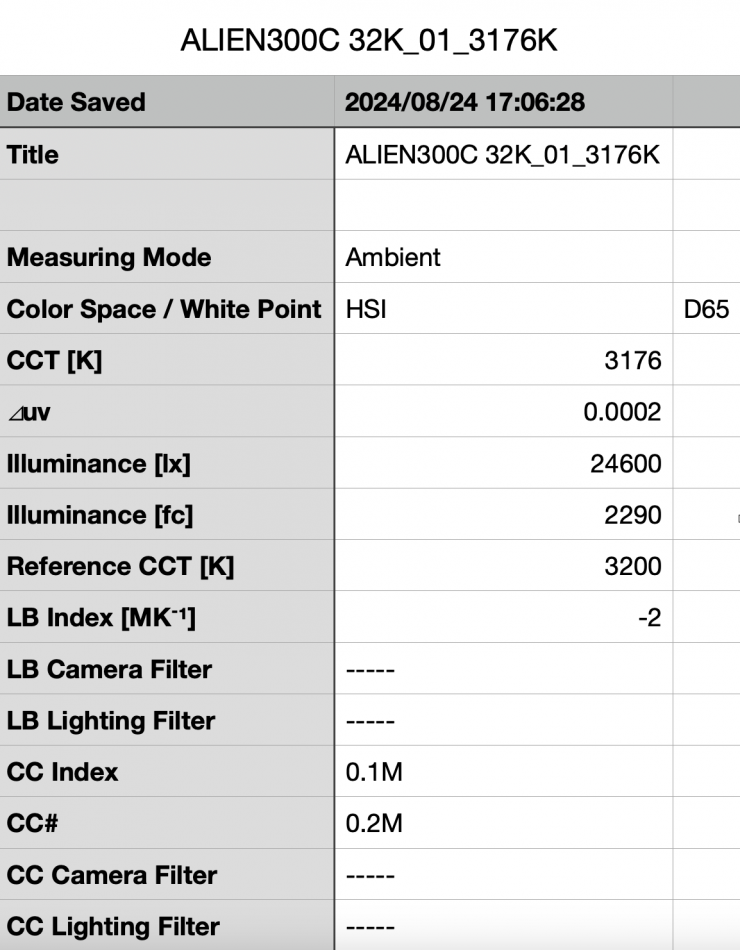
Above you can see that the Alien 300C recorded an output of 24,600 lx (2290 fc) when set at 3200K and run via mains power in its Maximum Output mode. This was 11.82% less output than when it was used at 5600K.
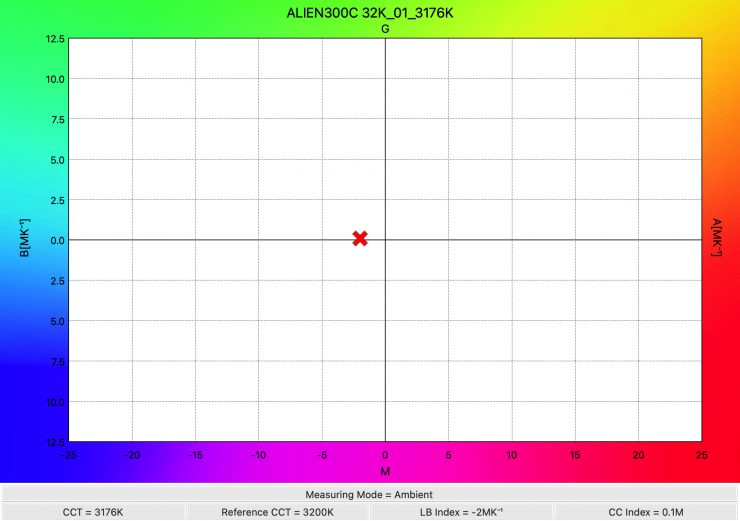
The light recorded a CCT of 3176K which was very accurate.
How does this compare to some other 1×1 RGB lights that we have previously reviewed:
3200K
| Output | POWER DRAW | BEAM ANGLE | |
| Nanlite Alien 300C | 24,600 lx | 300W | 60° |
| ZOLAR Toliman 30S | 3260 lx | 140W | 40° |
| ZOLAR Toliman 30C | 7170 lx | 250W | 90° |
| ZOLAR Vega 30C | 7820 lx | 250W | 90° |
| Luxli Timpani² (No Diffusion Panel) | 6171 lx | 120W | 78° |
| Luxli Timpani² (Diffusion Panel) | 3810 lx | 120W | 78° |
| Luxli Timpani (No Diffusion) | 3840 lx | 120W | 78° |
| Rotolight Titan X1 (100% Smartsoft Diffusion) | 3180 lx | 230W | 150° |
| Rotolight Titan X1 (No Diffusion) | 8210 lx | 230W | 68° |
| ARRI S30-C SkyPanel* | 5950 lx | 200W | 110° |
| Litepanels Gemini 1×1 Soft | 6260 lx | 200W | 95° |
| Lupo Superpanel 30 Full Color Soft | 4380 lx | 200W | 115° |
| Litepanels Gemini 1×1 HARD (Light Diffusion) | 15,700 lx | 200W | 46° |
| Lupo Superpanel 30 Full Color | 4380 lx | 200W | 40° |
| Aputure NOVA P300c | 9600 lx | 360W | 120° |
Alien 300C 3200K (Constant Output Mode)
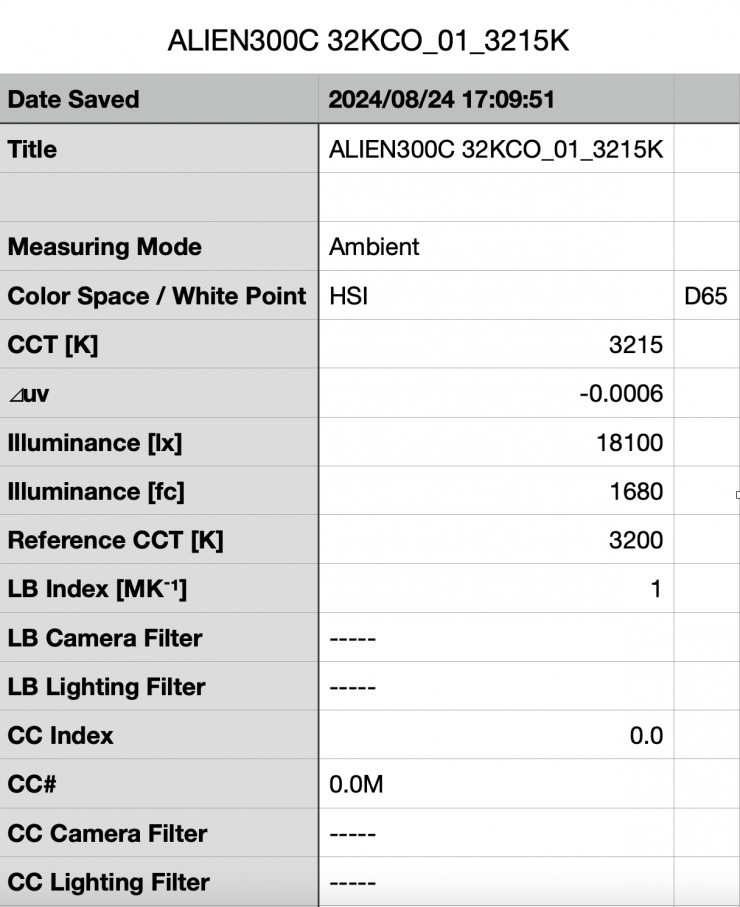
Above you can see that the Alien 30C recorded an output of 18,100 lx (1680fc) when set at 3200K and run via mains power in its Constant Output mode. This was 26.42% less output than when the light was used in its Maximum Output mode.
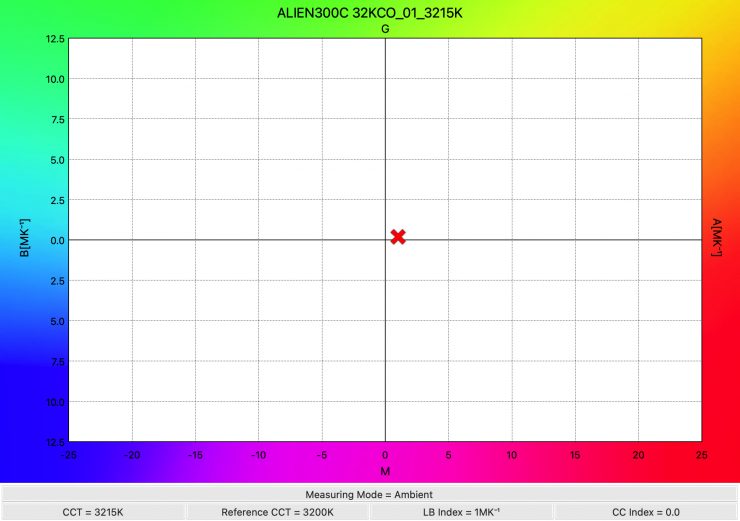
The light recorded a CCT of 3215K which was an excellent reading
Alien 300C 5600K & Soft Box 1-stop Diffusion (Maximum Output Mode)
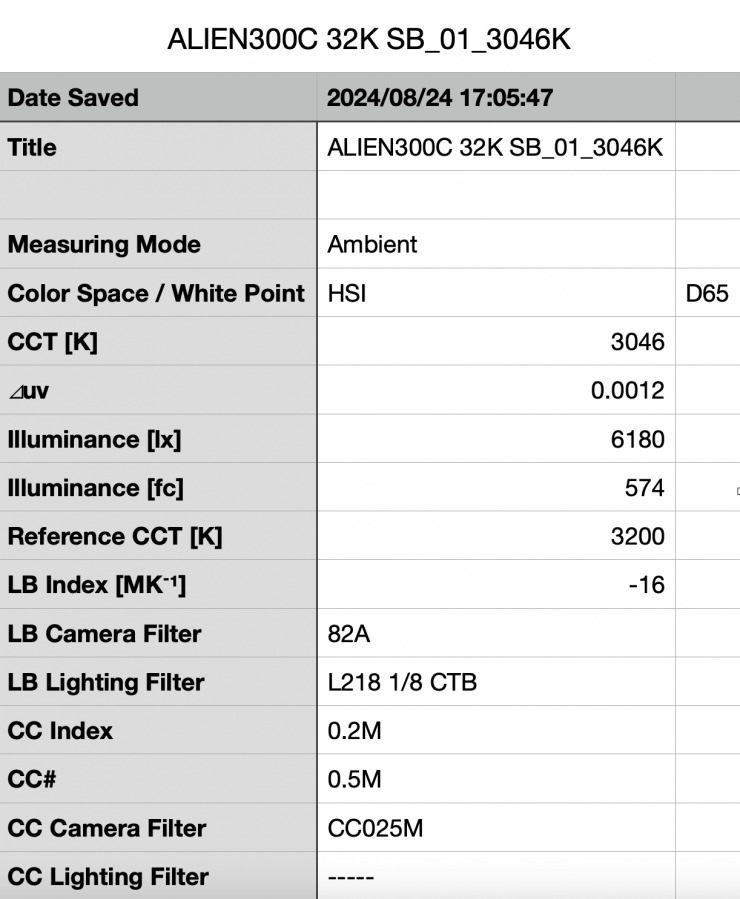
Above you can see that the Alien 30C recorded an output of 6180 lx (574 fc) when set at 3200K and run via mains power with its included soft box in its Maximum Output mode. This was 74.87% less output than when the light was used in its Maximum Output mode without the soft box. This tells me that the diffusion being used is quite strong.
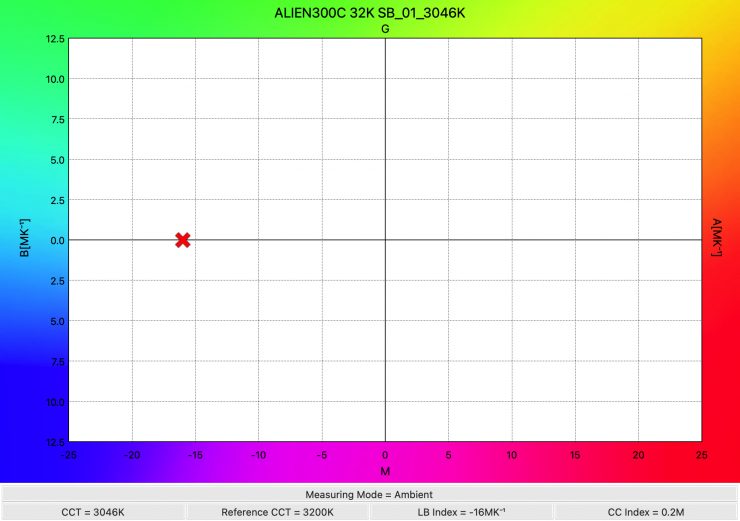
The light recorded a CCT of 3046K which was more than 150K from being correct. As you would expect when using any type of lighting modifier, the CCT will change and this is something you need to keep in mind.
Output when changing the fan speed
Let’s now have a look at what happens to the output if we change the fan speed to Low Speed and Off.
Alien 300C 5600K Fan Low Speed (Maximum Output Mode)
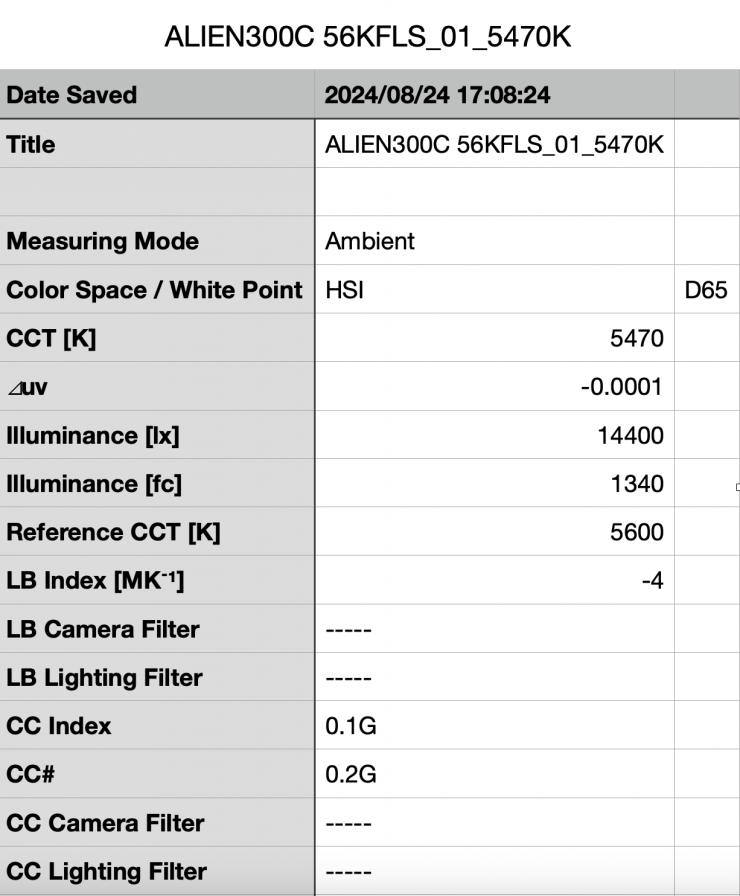
Above you can see that the Alien 30C recorded an output of 14,400 lx (1340 fc) when set at 5600K and run via mains power with the fan in the Low Noise setting and in its Maximum Output mode. This was 48.38% less output than when the light was used in its Maximum Output mode with he fan on Smart or High.
NANLITE states that in the Low Noise fan setting the light’s output will be limited to 50% and that is what I found.
Alien 300C 5600K Fan Off (Maximum Output Mode)
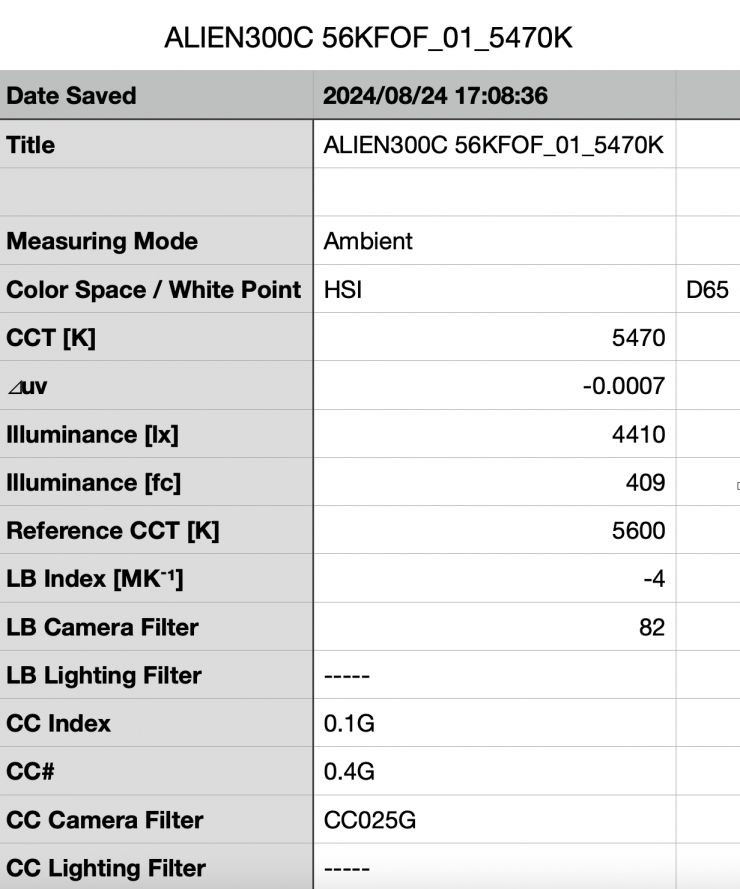
Above you can see that the Alien 30C recorded an output of 4410 lx (409 fc) when set at 3200K and run via mains power with the fan turned Off in its Maximum Output mode. This was 84.19% less output than when the light was used in its Maximum Output mode with the fan set to Smart or High.
NANLITE states that with the fan turned Off, the light is limited to 15% output. I found that to be correct.
Accuracy & Output when creating fully saturated colors
I also wanted to test the light to see how it performed when creating a super-saturated Red.
0° – RED
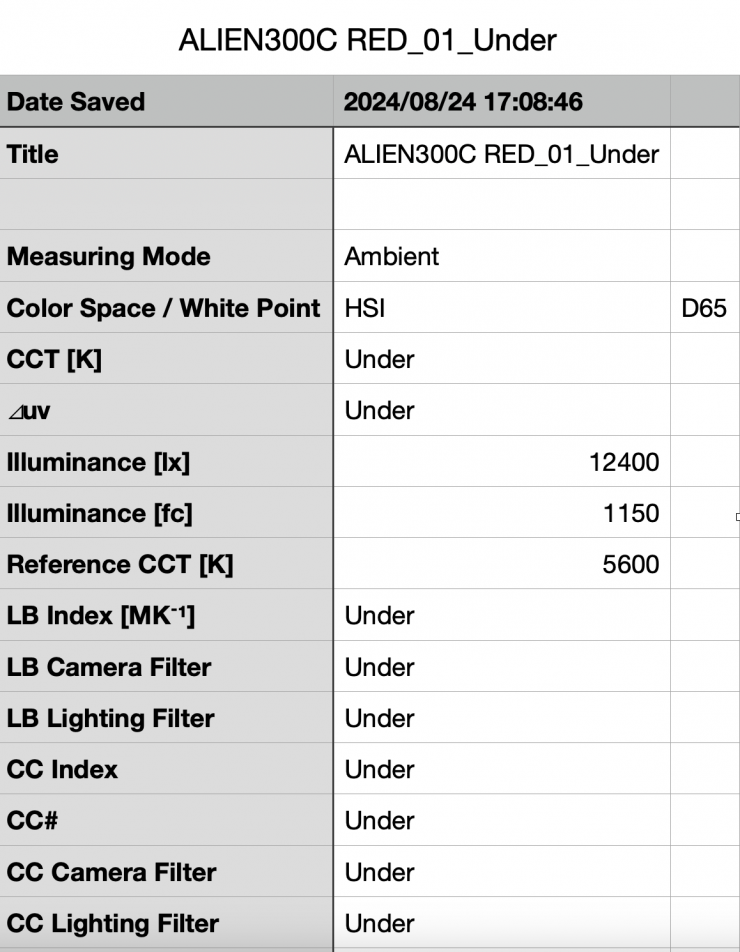
Above you can see that the light recorded an output of 12,400 lx (1150 fc).

As far as creating an accurate 0° RED, the Alien 300C was just off with a 1° reading and 100% saturation.
240°- BLUE
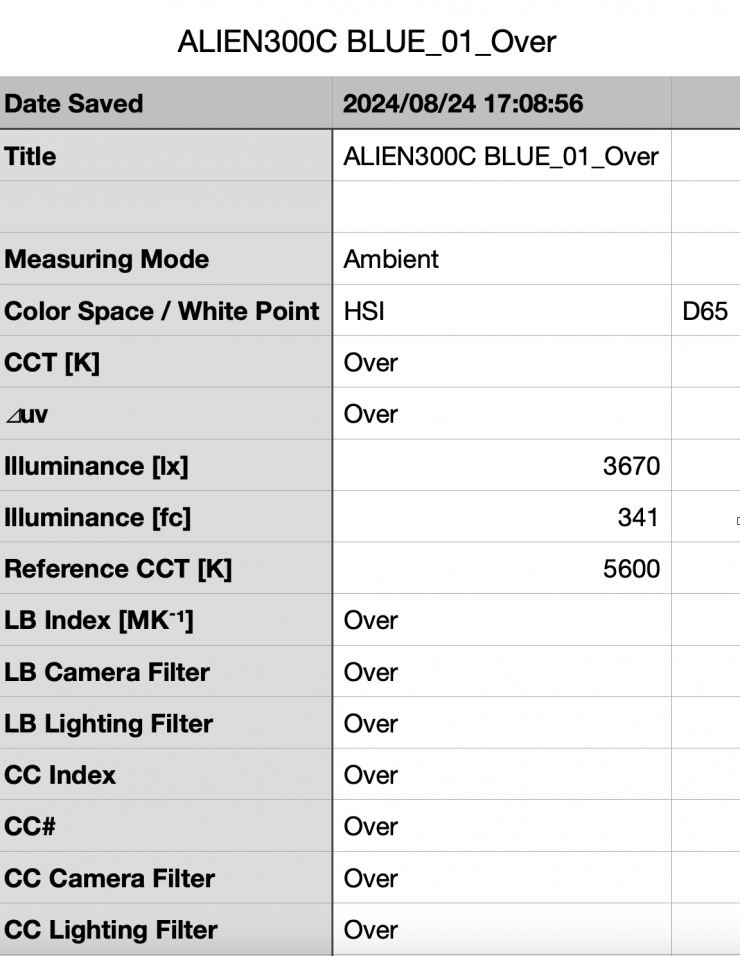
Above you can see that the light recorded an output of 3670 lx (341 fc).

As far as creating an accurate 240° BLUE, the Alien 300C was spot on with a 240° reading and 100% saturation.
120°- GREEN
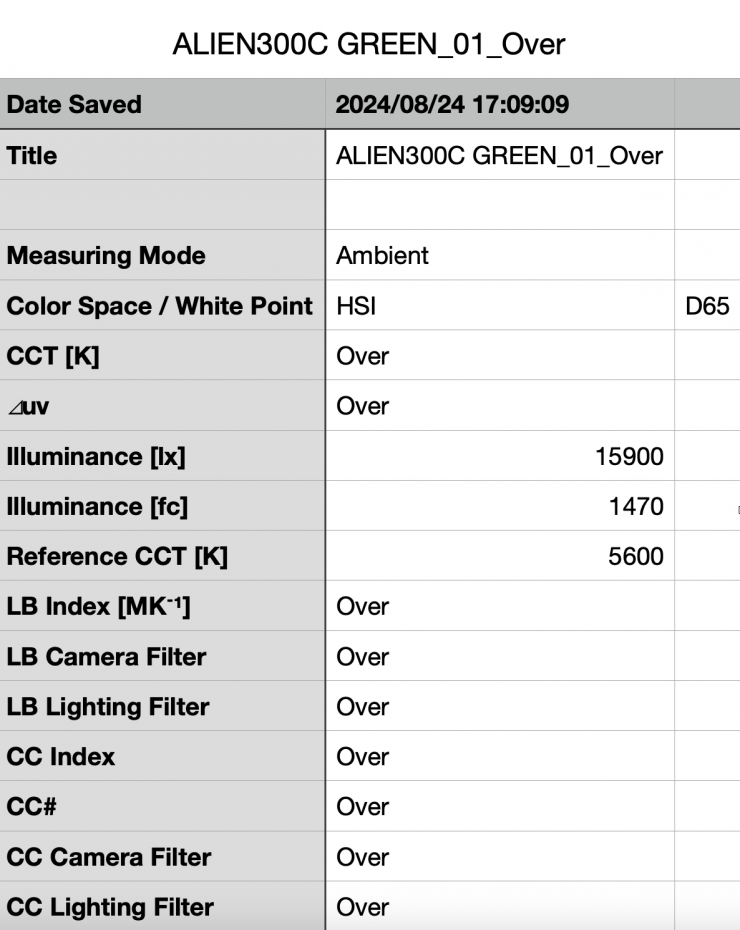
Above you can see that the light recorded an output of 15,900 lx (1470 fc).

As far as creating an accurate 120° GREEN, the Alien 300C was spot on with a reading of 120° and 100% saturation.
40°- YELLOW
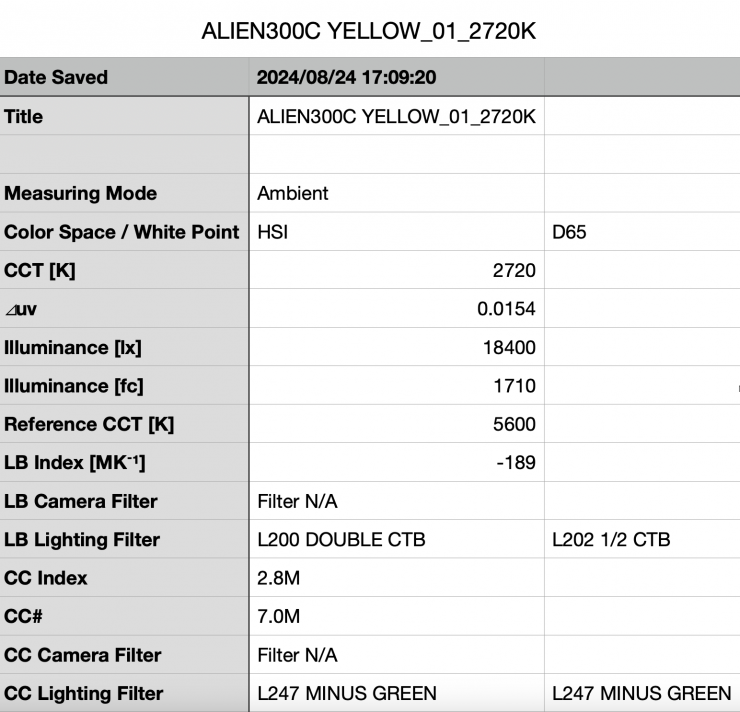
Above you can see that the light recorded an output of 18,400 lx (1710 fc).

As far as creating an accurate 40° YELLOW, the Alien 300C was 2° off with a reading of 38° and 100% saturation.
What you clearly need to know when using RGB lights like this is that the output levels you can produce when creating super-saturated colors are less than when using the light in its CCT mode.
How does the light perform at various CCT settings?
So how does the Alien 300C perform at various CCT settings in its Maximum Output mode when it comes to output and CCT accuracy? Well, below you can see.
Maximum Output mode
| CCT SETTING | LUX | CCT READING |
| 2700K | 23,400 lx | 2679K |
| 3200K | 24,600 lx | 3176K |
| 4500K | 27,500 lx | 4479K |
| 5600K | 27,900 lx | 5556K |
| 6500K | 26,800 lx | 6389K |
| 8000K | 25,900 lx | 7995K |
| 10000K | 25,200 lx | 9922K |
These results tell me that the light has excellent CCT accuracy across its range. The output varies by 19.23% from the highest to lowest recorded readings.
So how does the Alien 300C perform at various CCT settings in its Constant Output mode when it comes to output and CCT accuracy? Well, below you can see.
Constant Output mode
| CCT SETTING | LUX | CCT READING |
| 2700K | 18,300 lx | 2689K |
| 3200K | 18,100 lx | 3215K |
| 4500K | 18,700 lx | 4470K |
| 5600K | 18,500 lx | 5485K |
| 6500K | 18,700 lx | 6340K |
| 8000K | 18,500 lx | 7814K |
| 10000K | 18,500 lx | 9744K |
These results tell me that the light has very CCT accuracy across its range, however, it was;t as accurate as when used in its Maximum Output mode. The output varies by just 3.2% from the highest to lowest recorded readings.
Thoughts
These were very good results across the board. The light retains good output across its CCT range and it is very CCT accurate at most readings.
CCT consistency & linear output when dimming the light
Now, what you should always do when testing lights is to see if the CCT remains consistent when dimming the light. Just because you set a light at say 5600K, that doesn’t mean that the CCT will remain stable as you start dimming the fixture down. I also wanted to see how linear the dimming curve was.
I decided to do a series of tests at 100%/75%/50%/25%10% to see if the CCT reading being recorded changed. This was done at a distance of 1m / 3.3′ using a Sekonic C-800.
| CCT READING | OUTPUT | INTENSITY % |
| 5556K | 27,900 lx | 100 |
| 5482K | 21,200 lx | 75 |
| 5474K | 14,400 lx | 50 |
| 5464K | 7230 lx | 25 |
| 5497K | 3000 lx | 10 |
The Alien 300C maintained good color temperature consistency even when dimming it right down. The reading only changed by 93K. As far as how linear the output is when you start dimming the light, at 50% output it had 48.38% less output than when used at 100%. At 25% it had 74.08% less output than when used at 100%. At 10% output, it had 89.24% less output than when used at 100%. This shows me that the light’s dimming curve is close to being perfectly linear.
Color Rendering
So now that we have seen how much output the light produces, how does it perform when it comes to replicating accurate colors? Well, let’s first have a look at the light when it is used at 5600K.
5600K
Nanlite Alien 300C 5600K (Maximum Output Mode)
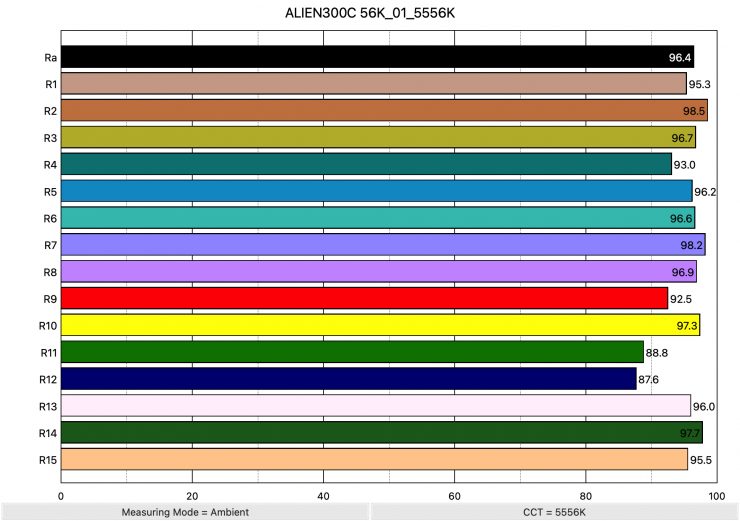
Above you can see that when the Alien 300C was set at 5600K it recorded an average CRI (R1-R8) of 96.4 and an extended CRI (R1-R15) of 95.12. For replicating accurate skin tones it recorded 92.5 for R9 (red), 96.0 for R13 (closest to caucasian skin tones), and 95.5 for R15 (closest to Asian skin tones).
These were very solid results. Only R11 (Green) and R12 (Blue) were slightly below 90.
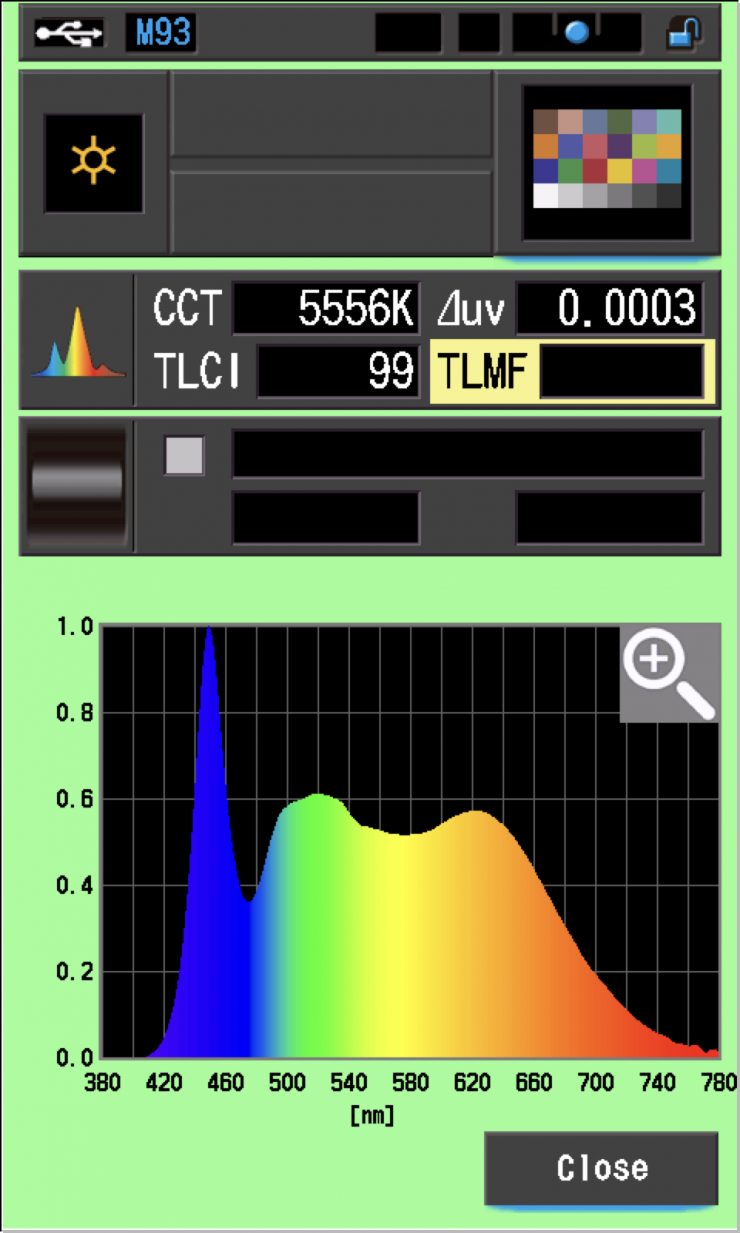
Above you can see that the Alien 300C had a TLCI score of 99 when used at 5600K.
So how do the extended CRI results taken at 5600K compare to some of the competition? Well, below you can see:
| EXTENDED CRI | |
| NANLITE Alien 300C | 95.12 |
| ZOLAR Toliman 30S | 96.69 |
| ZOLAR Tolman 30C | 97.73 |
| ZOLAR Vega 30C | 96.60 |
| Luxli Timpani² | 94.70 |
| Luxli Timpani | 96.2 |
| Rotolight Titan X1 | 95.44 |
| ARRI SkyPanel S30-C | 93.39 |
| Litepanels Gemini 1×1 Soft | 91.32 |
| Litepanels Gemini 1×1 HARD | 96.52 |
| Lupo Superpanel 30 Full Color Soft | 93.4 |
| Lupo Superpanel 30 Full Color | 93.59 |
| Aputure NOVA P300c | 95.34 |
As you can see, most of these lights are very close and you would be hard-pressed to tell any of them apart.
Nanlite Alien 300C 5600K Softbox 1-stop Diffusion (Maximum Output Mode)
As a lot of people are bound to use this light with its included softbox, let’s see how it performs.
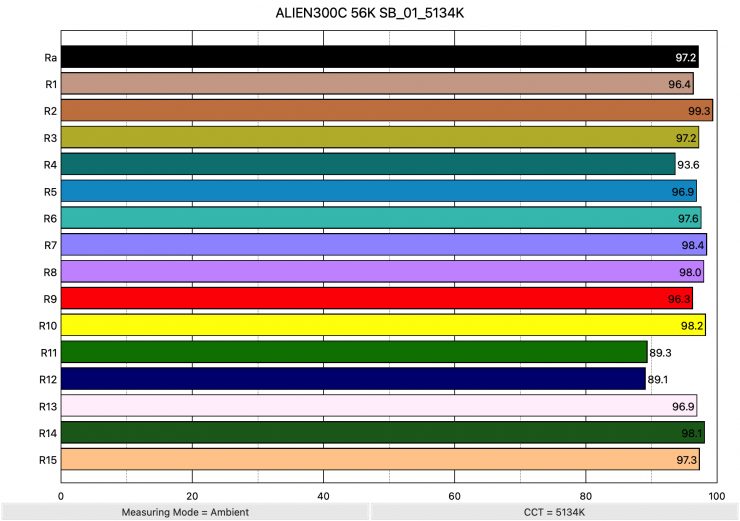
Above you can see that when the Alien 300C was set at 5600K using its softbox it recorded an average CRI (R1-R8) of 97.2 and an extended CRI (R1-R15) of 96.17. For replicating accurate skin tones it recorded 96.3 for R9 (red), 96.9 for R13 (closest to caucasian skin tones), and 97.3 for R15 (closest to Asian skin tones).
These were excellent results. Again, only R11 (Green) and R12 (Blue) were slightly below 90. This shows me that NANLITE has really tailored the color rendering for the included softbox.
3200K
Now, that we have seen how the light performs at 5600K, let’s look at how it does at 3200K.
Nanlite Alien 300C 3200K (maximum Output Mode)
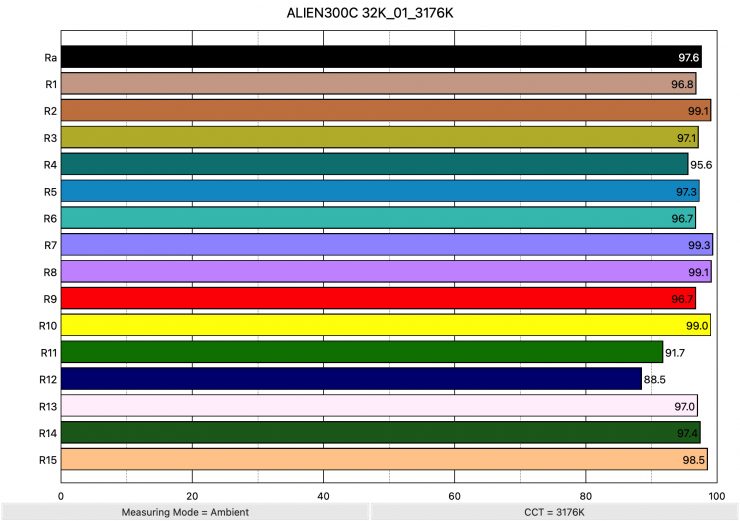
Above you can see that when the Alien 300C was set at 3200K it recorded an average CRI (R1-R8) of 97.6 and an extended CRI (R1-R15) of 96.65. For replicating accurate skin tones it recorded 96.7 for R9 (red), 97.0 for R13 (closest to caucasian skin tones), and 98.5 for R15 (closest to Asian skin tones).
These were excellent results and every value except R12 (Blue) was higher than 90.
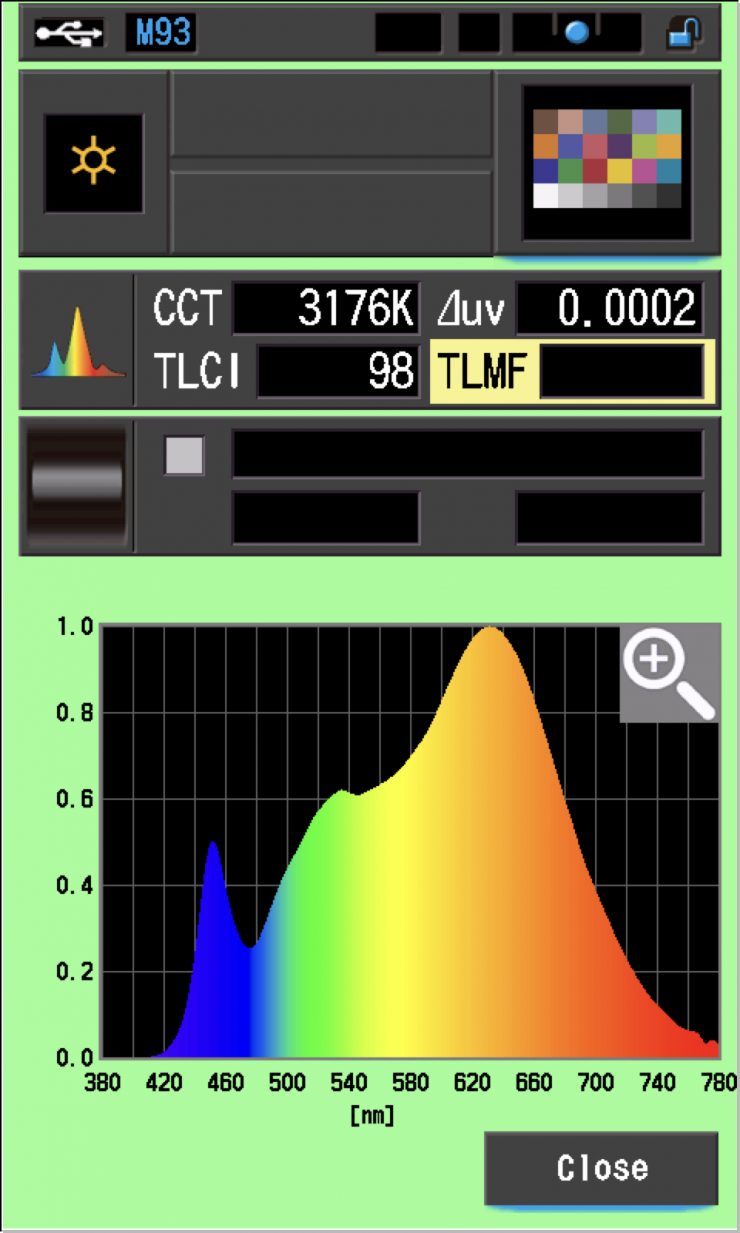
Above you can see that the Alien 300C had a TLCI score of 98 when used at 3200K.
So how do the extended CRI results compare to some of the competition? Well, below you can see:
| EXTENDED CRI | |
| NANLITE Alien 300C | 96.65 |
| ZOLAR Toliman 30S | 95.69 |
| ZOLAR Toliman 30C | 96.93 |
| ZOLAR Vega 30C | 94.69 |
| Luxli Timpani² | 96.90 |
| Luxli Timpani | 95.45 |
| Rotolight Titan X1 | 91.83 |
| ARRI SkyPanel S30-C | 93.56 |
| Litepanels Gemini 1×1 Soft | 93.32 |
| Litepanels Gemini 1×1 HARD | 93.32 |
| Lupo Superpanel 30 Full Color Soft | 91.86 |
| Lupo Superpanel 30 Full Color | 90.7 |
| Aputure NOVA P300c | 95.64 |
Again, as you can see, all of these lights are very close and you would be hard-pressed to tell any of them apart.
Nanlite Alien 300C 3200K Softbox (maximum Output Mode)
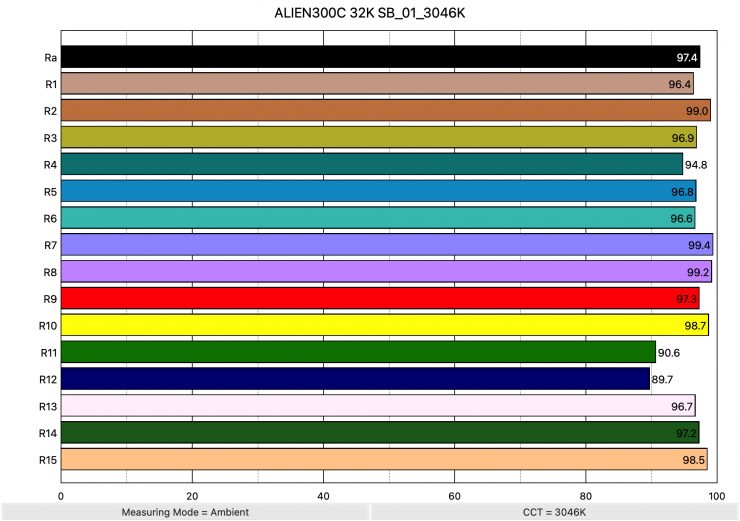
Above you can see that when the Alien 300C was set at 3200K and using its included softbox recorded an average CRI (R1-R8) of 97.4 and an extended CRI (R1-R15) of 96.52. For replicating accurate skin tones it recorded 97.3 for R9 (red), 96.7 for R13 (closest to caucasian skin tones), and 98.5 for R15 (closest to Asian skin tones).
These were excellent results and every value except R12 (Blue) was higher than 90.
CC Index & ⊿uv
The CC Index displays the CC correction value and whether any magenta or green needs to be added or subtracted. 1 CC corresponds to 035 Kodak CC values or 1/8 Rosco filter values. Any reading less than +1.00 or -1.00 and you’re probably not going to need to make any kind of adjustment. The ⊿uv is the value to show how much this light is away from being an ideal light source (black body radiation = incandescent lamp). As with the CC Index you want this number to theoretically be zero. Kelvin is not a linear value, so we need to convert from Kelvin to MK-1 to compare the values of color temperature. To calculate from Kelvin to Mired is MK-1= 1*1000000/Kelvin. While this may sound confusing, it is the only way of measuring if the Kelvin shift is significant enough to warrant having to use a filter for correction. Below are the results for the Alien 300C.
NANLITE Alien 300C Kelvin Vs MK-1
| CCT | Difference in K | MK-1 | Difference in MK-1 | |
| SET VALUE | 2700K | 0 | 370.37 | 0 |
| ACTUAL READING | 2679K | 21 | 373.27 | -2.9 MK-1 |
| SET VALUE | 3200K | 0 | 312.5 | 0 |
| ACTUAL READING | 3176K | 24 | 314.86 | -2.36 MK-1 |
| SET VALUE | 4500K | 0 | 222.22 | 0 |
| ACTUAL READING | 4479K | 21 | 223.26 | -1.04 MK-1 |
| SET VALUE | 5600K | 0 | 178.57 | 0 |
| ACTUAL READING | 5556K | 44 | 179.98 | -1.41 MK-1 |
| SET VALUE | 6500K | 0 | 153.84 | 0 |
| ACTUAL READING | 6389K | 111 | 156.51 | -2.67 MK-1 |
| SET VALUE | 8000K | 0 | 125 | 0 |
| ACTUAL READING | 7995K | 5 | 125.07 | -0.07 MK-1 |
| SET VALUE | 10000K | 0 | 100.00 | 0 |
| ACTUAL READING | 9922K | 78 | 100.78 | -0.78 MK-1 |
The light is extremely CCT accurate at all settings. Any MK-1 score that is under -9/9 means you wouldn’t have to use any color correction gels. A score of under -9/9 is considered excellent. The MK-1 scores for this light were very good and amongst the best I have ever seen.
NANLITE Alien 300C CC INDEX & ⊿uv
| CC INDEX | ⊿uv | |
| 2500K | 0.0 | 0.0005 |
| 3200K | 0.1M | 0.0002 |
| 4500K | 0.1M | 0.0006 |
| 5600K | 0.0 | 0.0003 |
| 6500K | 0.2G | -0.0002 |
| 8000K | 0.6G | 0.0000 |
| 10000K | 0.9G | 0.0000 |
Again, these scores were outstanding. The ⊿uv scores across the light’s entire CCT range were exceptionally good and the best I have ever seen from any light, period. The light’s CC INDEX scores were excellent from 2500K to 6500K. At 8000K and above it does start to shift, but you don’t have to worry about it unless it is above 1.0.
TM-30
TM-30 is a relatively new color rendering standard that was developed to deal with the limitations of CRI. TM-30 looks at 99 individual colors. These 99 colors are categorized into seven groups: nature, skin color, textiles, paints, plastics, printed material, and color systems.
TM-30 scores go from 0 – 100. The higher the score, the more accurate a light is at producing colors. Any TM-30 Rf score in the ’90s is considered to be good. What is interesting and something that you need to be very aware of is that two separate light sources with the exact same CRI scores can render colors very differently. A light with a high CRI rating could have a low TM-30 score. Conversely, a light with a good TM-30 score could have a bad CRI score.
Now, there are two measurements associated with TM-30, Rf and Rg.
Rf (Color Fidelity)
Rg (Color Gamut)
With Rf value, ideally, you want a score in the 90’s.
With Rg value, a score below 100 indicates that the light source renders colors with less saturation than the reference source. So ideally you want this score to be above 100.
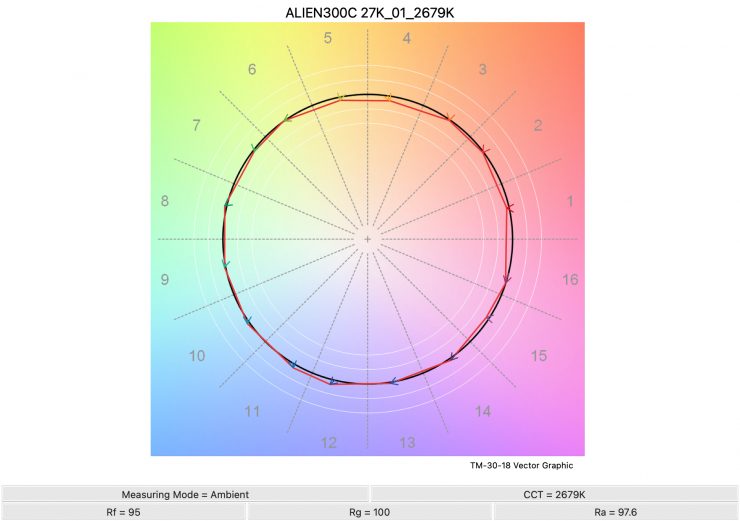

2700K 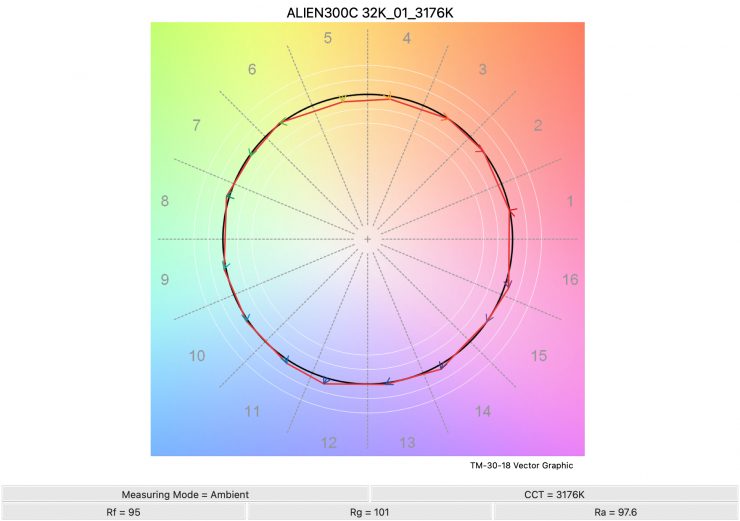
3200K 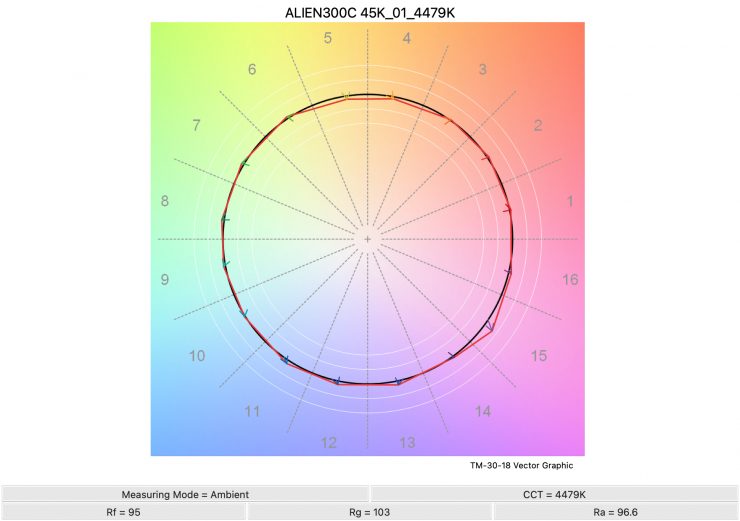
4500K 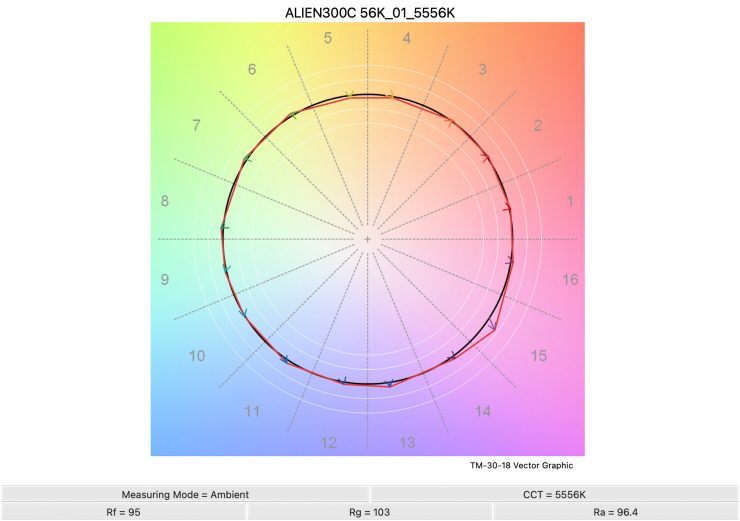
5600K 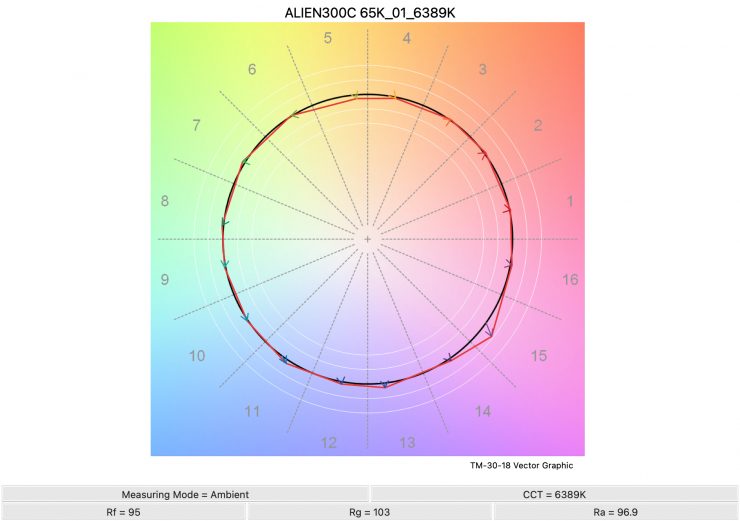
6500K 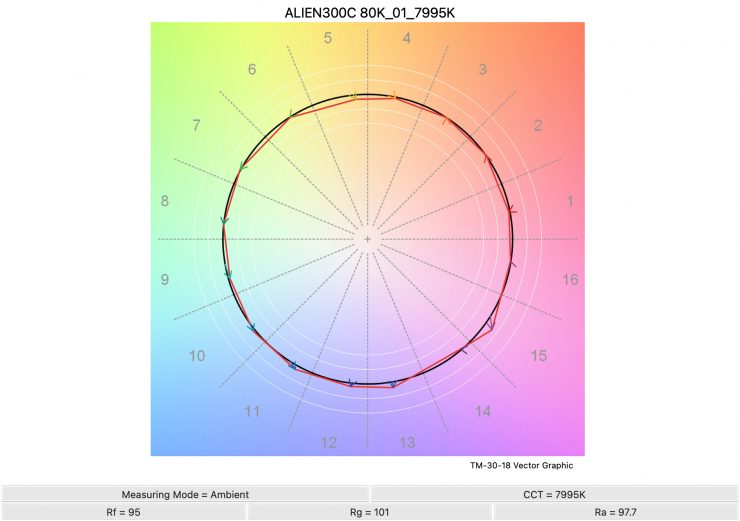
8000K 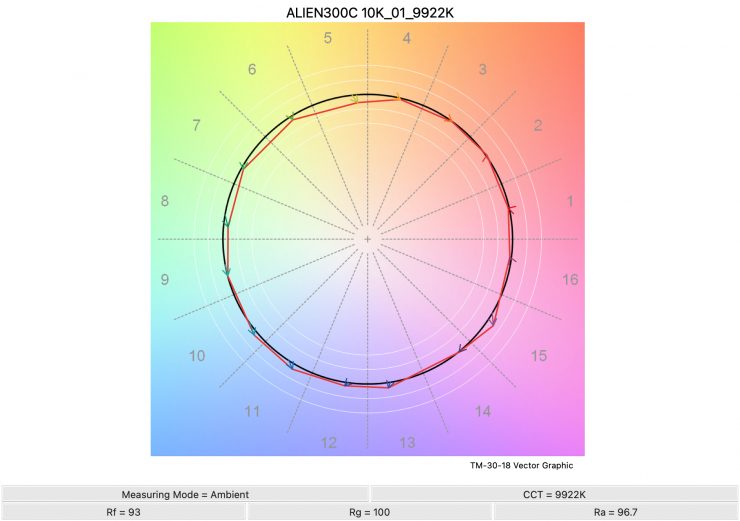
Above you can see the scores for the Alien 300C at various CCT settings. Below I have listed the figures as well.
| Rf | Rg | |
| 2700K | 95 | 100 |
| 3200K | 95 | 101 |
| 4500K | 95 | 103 |
| 5600K | 95 | 103 |
| 6500K | 95 | 103 |
| 8000K | 95 | 101 |
| 10000K | 93 | 100 |
The TM-30 scores are all very good and it shows me that the light is very consistent at replicating accurate colors with full saturation.
SSI
SSI (Spectral Similarity Index) was developed by the Sci-Tech Council of the Academy. SSI gives me the ability to set any light as a standard, or use predefined standards (such as CIE D55), and then give other lights an SSI score based on how well they will match standards such as CIE D55. This way I can measure spectral response and compare it directly against an ideal light source. This is actually a much better test than recording CRI scores, however, most lights have very similar SSI scores so it doesn’t actually tell me the full story about any light.
Don’t let YouTubers or others tell you that SSI scores are the only scores that you should pay attention to, because that is certainly not the case.
First, let’s look at 3200K.
3200K
NANLITE Alien 300C 3200K (Maximum Output Mode)
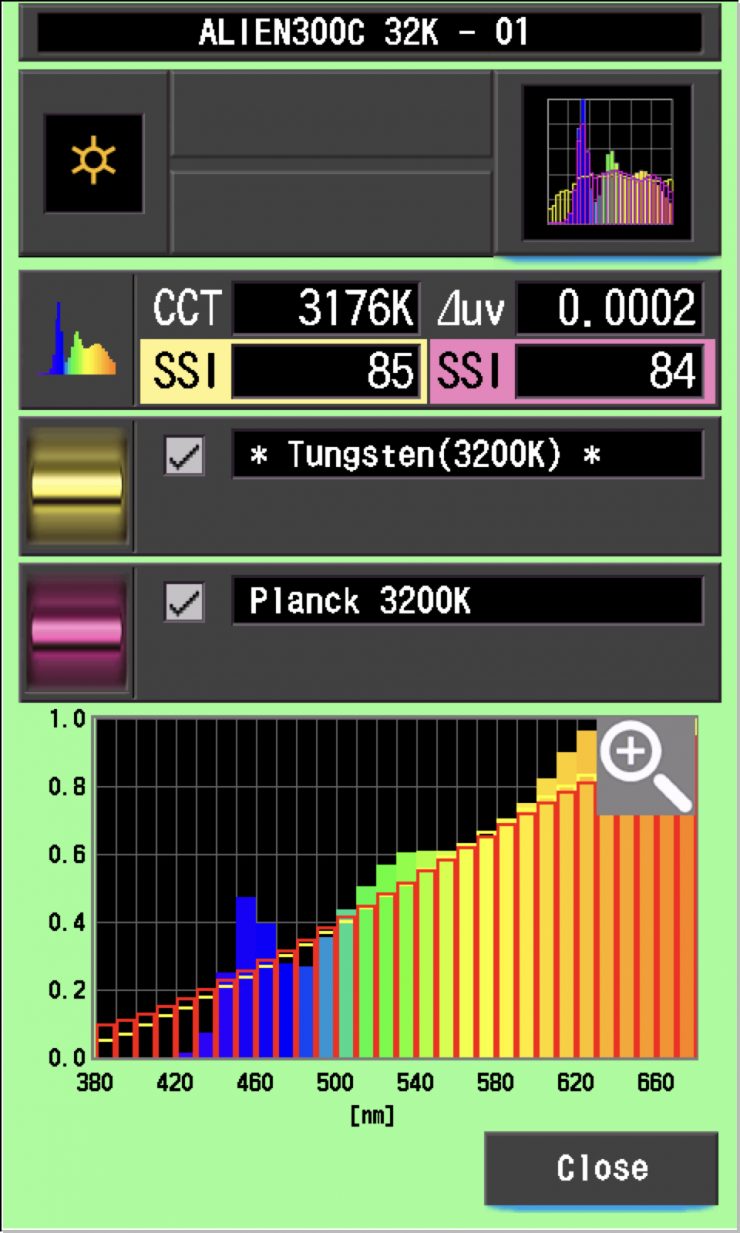
In the above graph, the red bars indicate a perfect Planck 3200K source. The gold bars indicate a perfect 3200K Tungsten source. This lets us compare how close to a perfect 3200K lighting source the Alien 300C is. Any SSI score in the low ’80s is very good for a 3200K LED light. As you can see, LED lights have a hard time replicating colors below about 450nm.
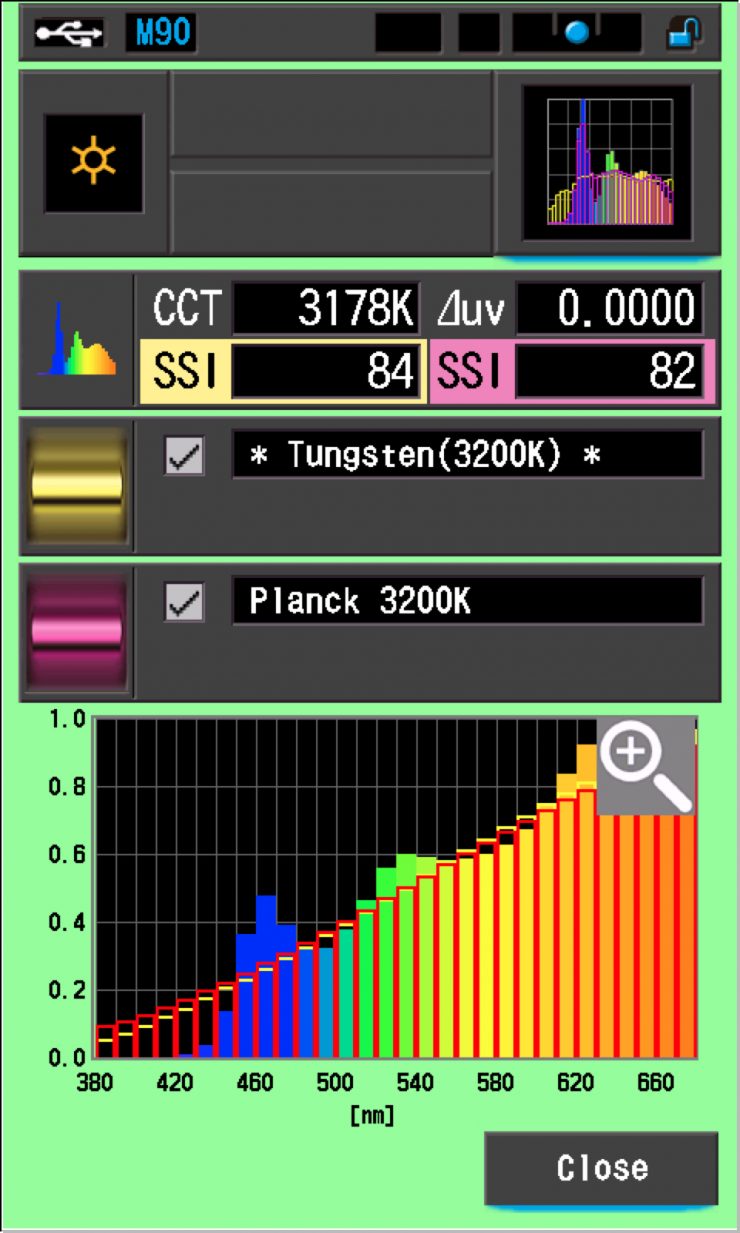
As a reference, above you can see the same result for the Rotolight Titan X1.
5600K
NANLITE Alien 300C 5600K (Maximum Output Mode)
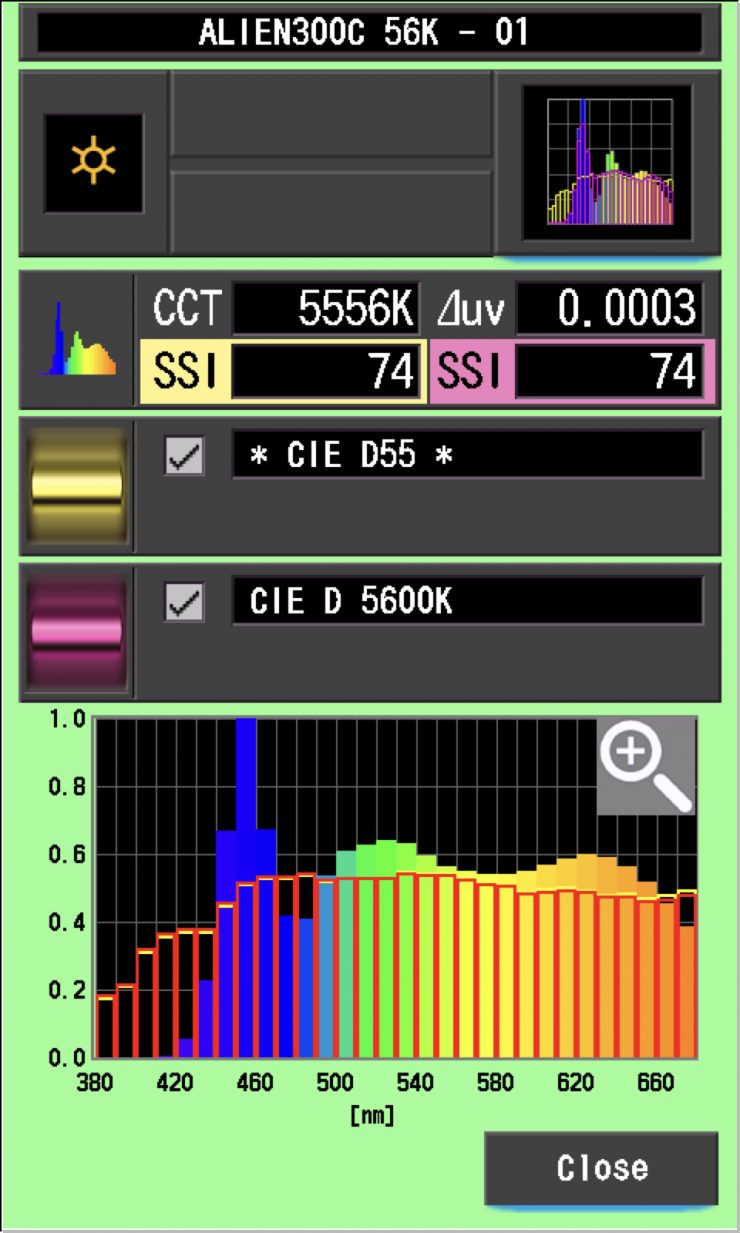
In the graph above the gold bars indicate a perfect CIE D55 source. The red bars indicate a perfect CIE D 5600K source. This lets us compare how close to a perfect 5600K lighting source the Alien 300C is. A score in the low 70’s is typical for a 5600K LED source.
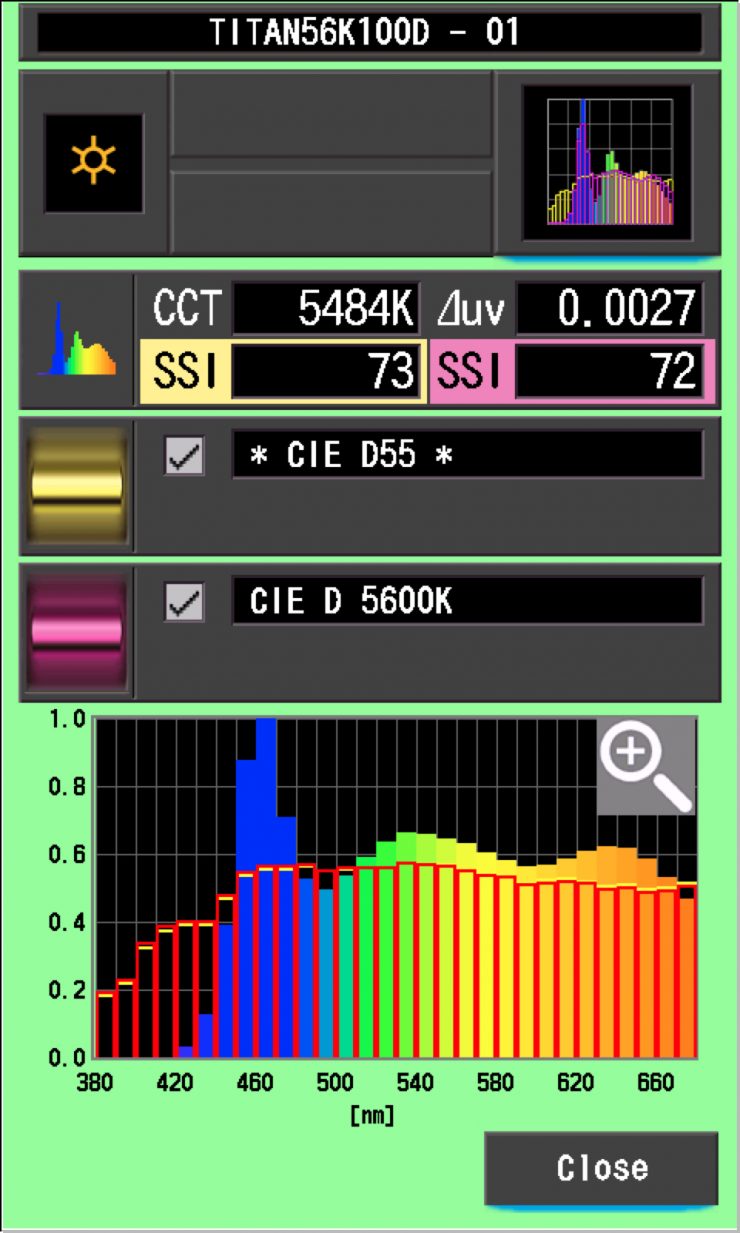
As a reference, above you can see the same result for the Rotolight Titan X1.
SSI Comparisons
The main reason we want to record SSI scores is so we can see how well they match with other lights. As an example, I will show you how well the Alien 300C matched an ARRI Orbiter and Nanlite’s own FC-500C. Below you can see the results when the lights are set at both 5600K and 3200K.
3200K
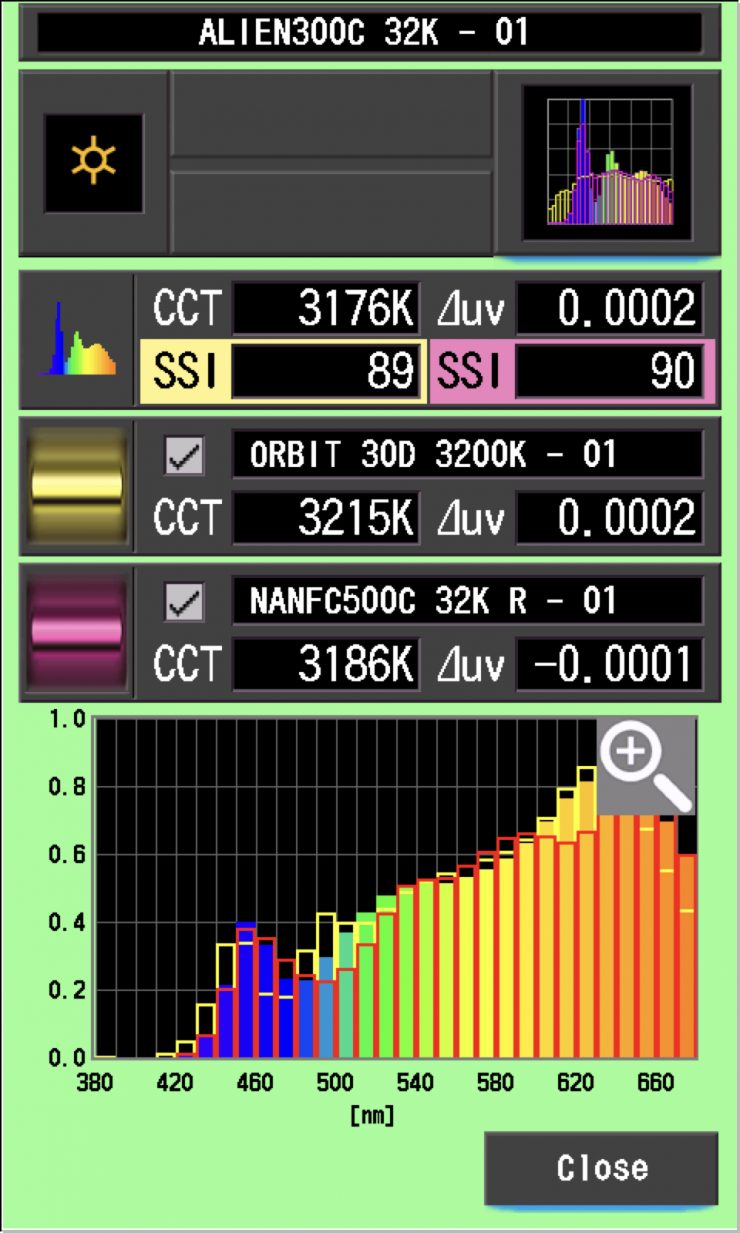
As you can see neither light is that close to being a perfect match to the Alien 300C at 3200K, although with a bit of fine-tuning you could probably get them to work together without any big issues. A score in the high 80s is still pretty good.
5600K
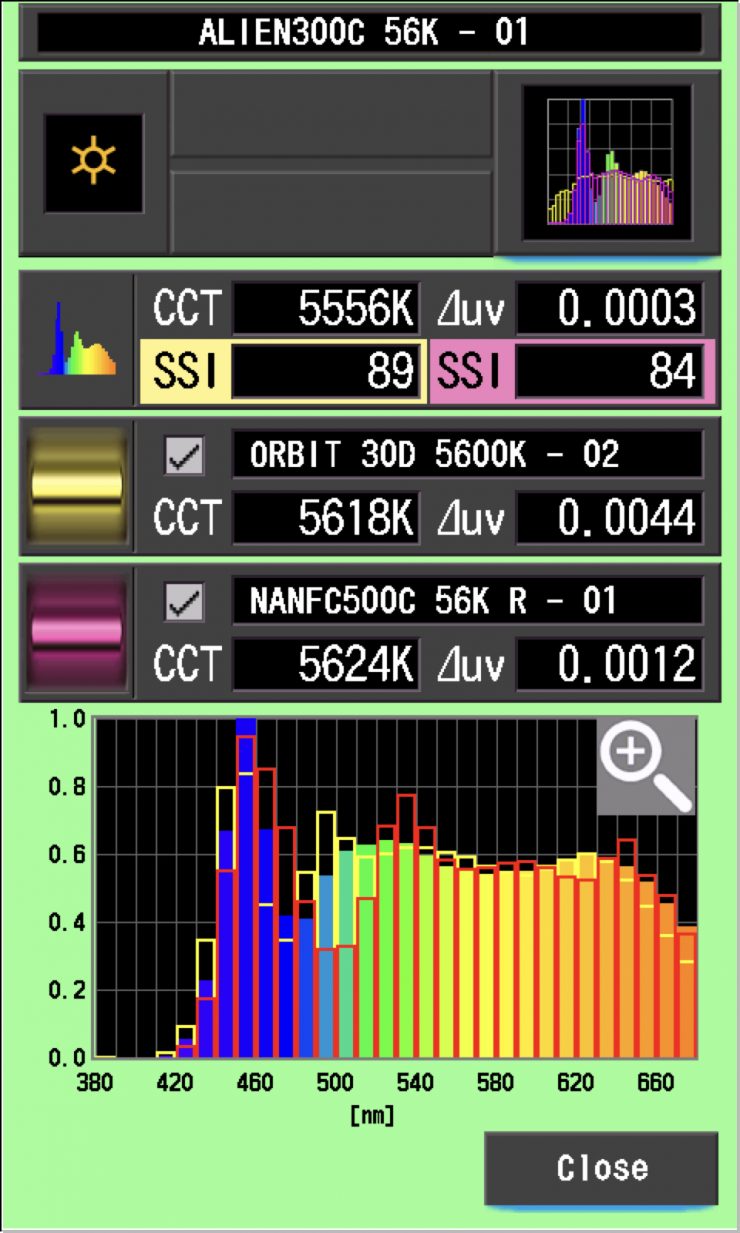
Here is where things get interesting. At 5600K both the ARRI and the Fc-500C were not a perfect match to the Alien 300C.
What surprised me was that the Alien 300C was actually a better match to the ARRI Orbiter than it was to Nanlite’s own FC-500C. This is why we do testing, as many people probably just presume that two lights from the same manufacturer will match really well.
Ok, so now let’s see how well the Alien 300C matches itself when used in the Constant Output Mode and with its included softbox.
3200K
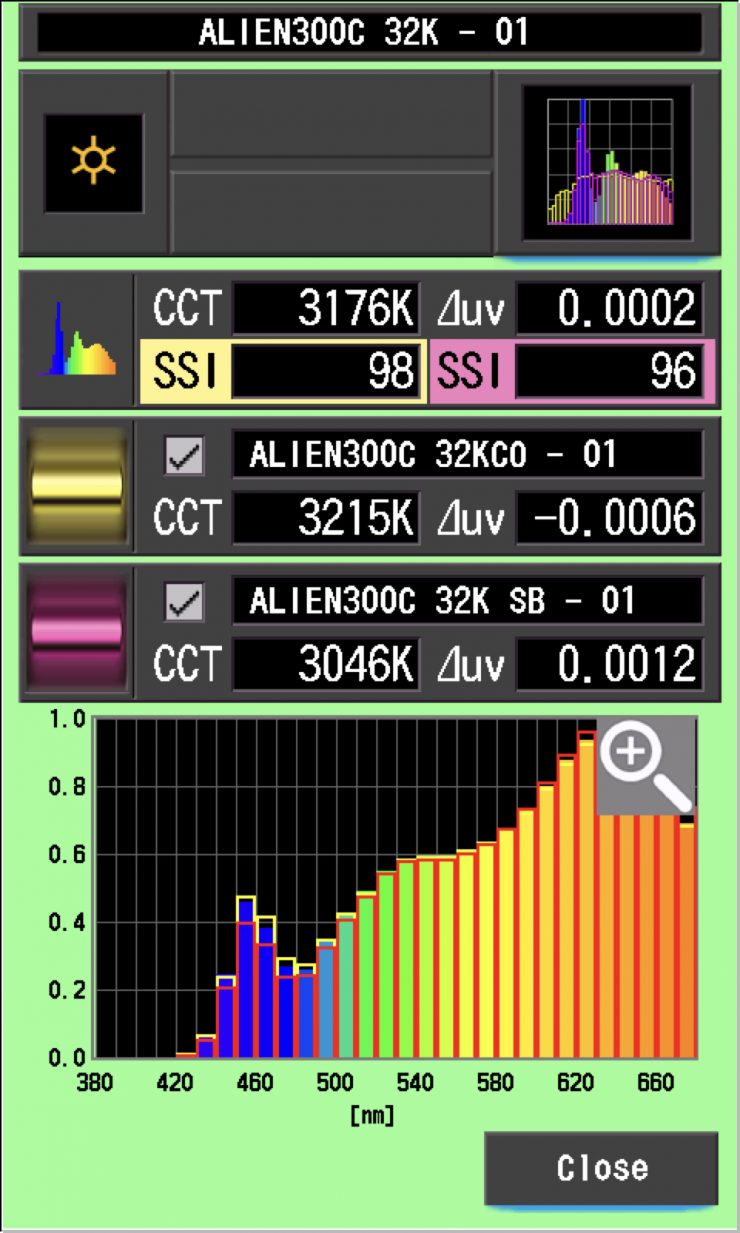
As you can see the light is pretty close to being a perfect match to itself when running it in the Constant Output mode or with its softbox.
5600K
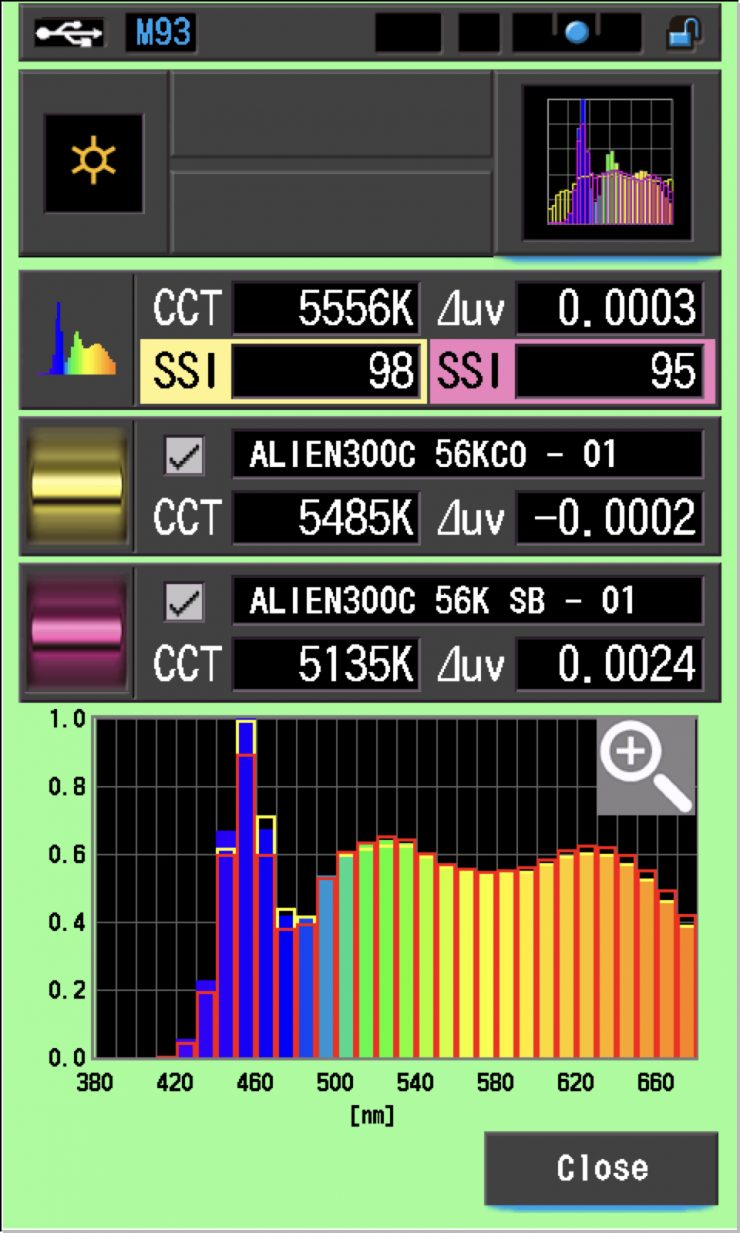
Again, just like at 3200K, the light is pretty close to being a perfect match to itself when running it in the Constant Output mode or with its softbox.
SSI tests are a great way of telling you what lights you own or use will work well together.
Spectral Distribution
NANLITE Alien 300C 5600K (Maximum Output Mode)
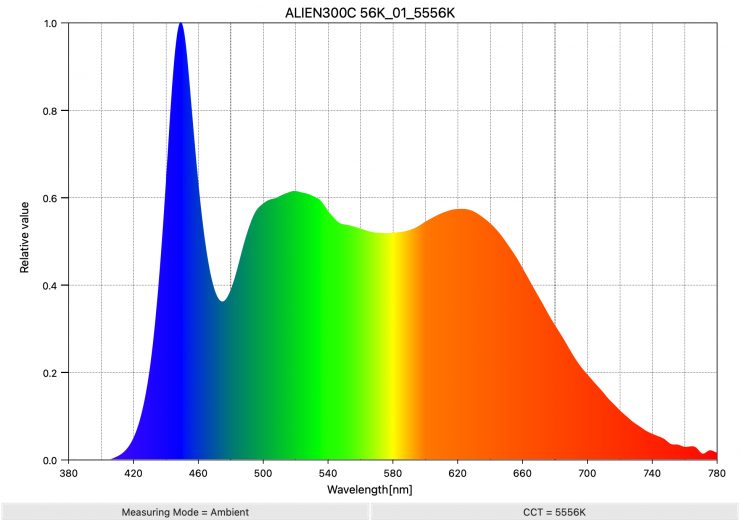
Above you can see the spectral distribution of the Alien 300C when set at 5600K. The spectral distribution is fairly standard for an LED light.
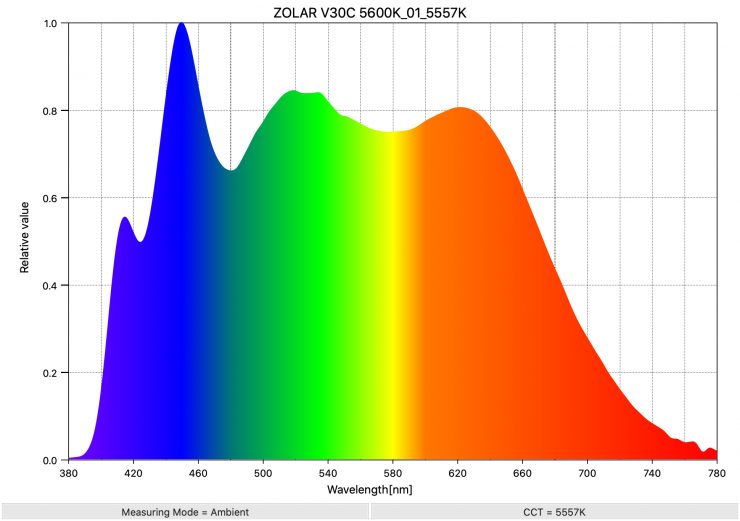
As a comparison, above you can see the spectral distribution of the ZOLAR Vega 30C when set at 5600K. The spectral distribution is exceptionally good at 5600K. This spectral distribution is far better than any LED light I have ever tested at 5600K, except for the ZOLAR Toliman 30C.
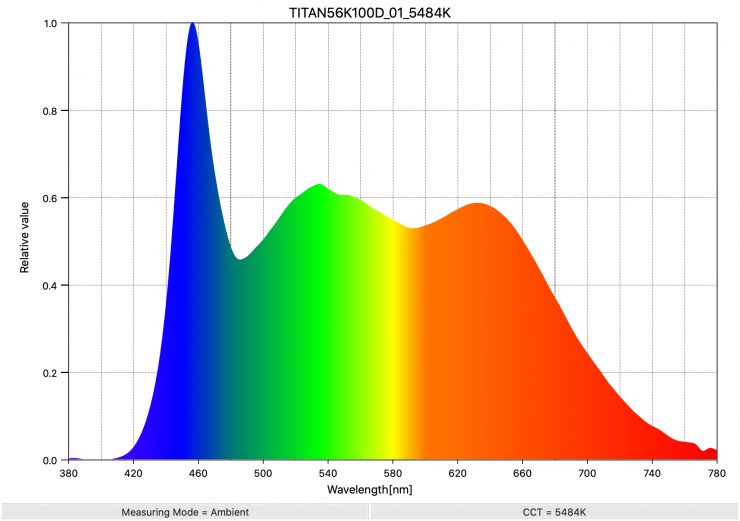
As another reference, above you can see the spectral distribution for the Rotolight Titan X1.
NANLITE Alien 300C 3200K (Maximum Output Mode)
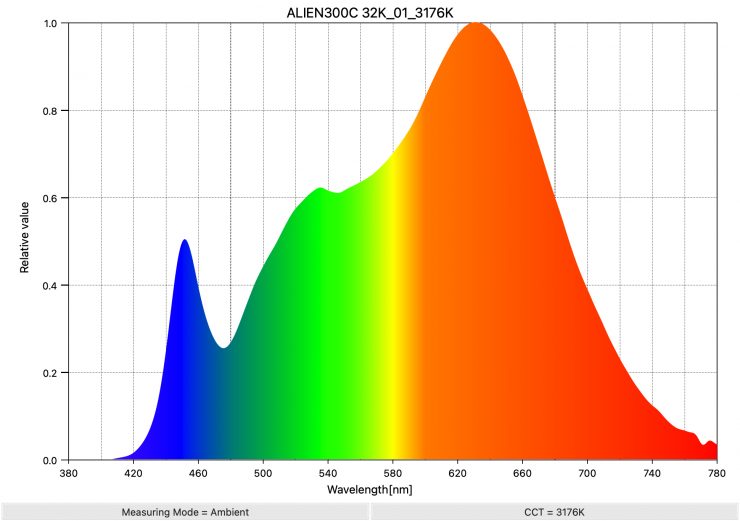
Above you can see the spectral distribution of the Alien 300C when set at 3200K. The spectral distribution is very good at 3200K and the light doesn’t have any spikes where you wouldn’t expect to see any.
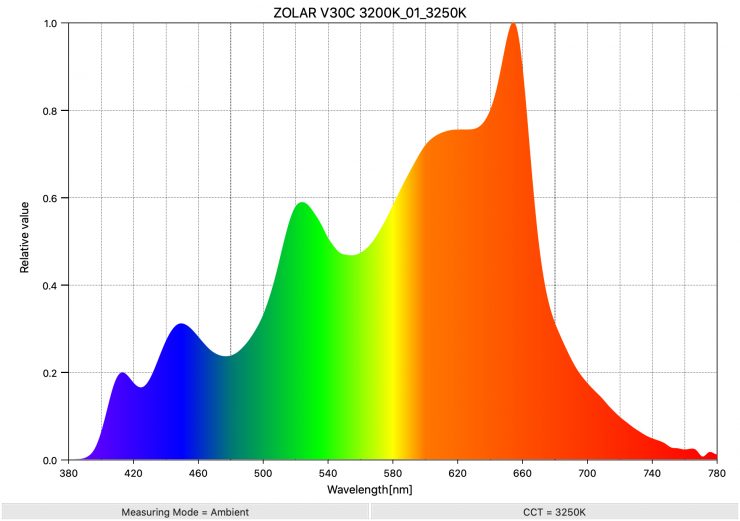
As a comparison, above you can see the spectral distribution for the Vega 30C, when used at 3200K, was a bit all over the place. There was quite a pronounced green spike in the spectrum as well as a lot of missing information.
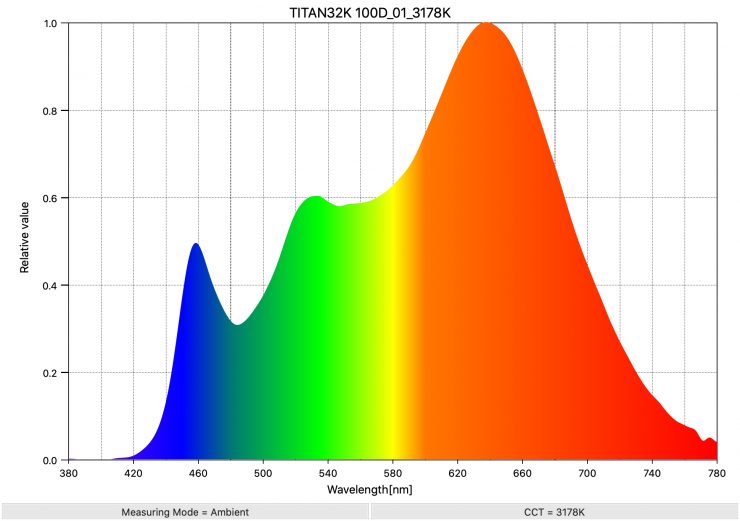
As another reference, above you can see the spectral distribution for the Rotolight Titan X1.
Real-World Performance
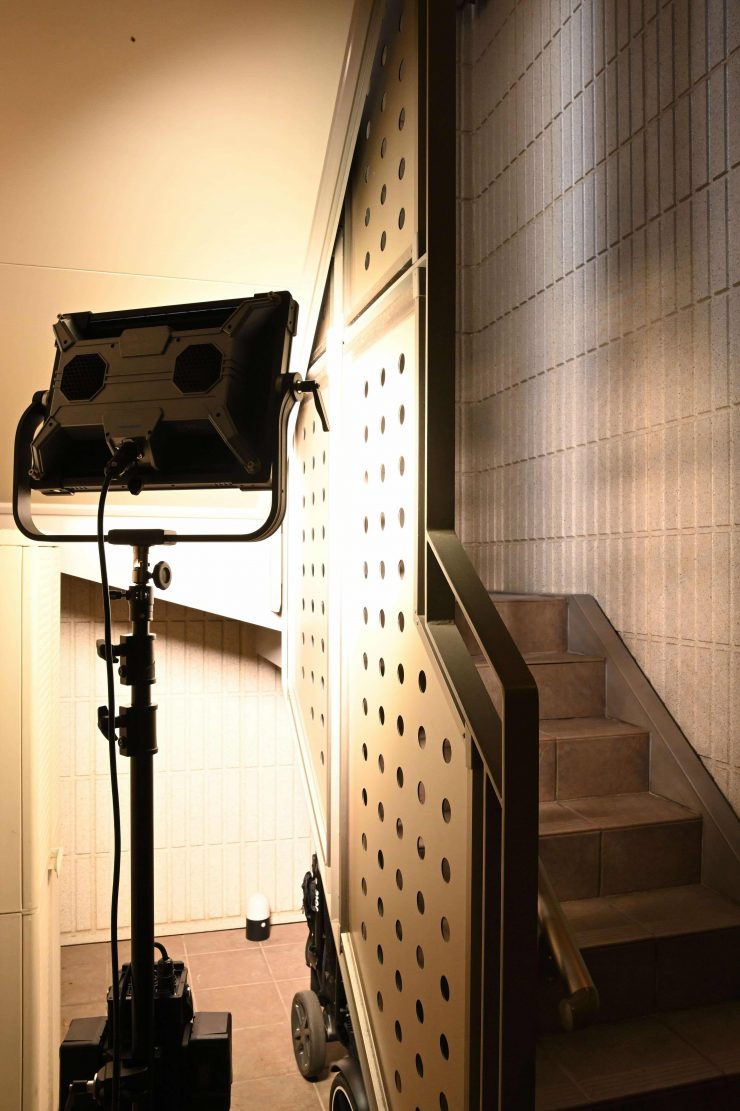
As I always say, photometric scores only tell you part of the story. Lots of LED lights score well these days in technical tests, but a good light should be easy to use, versatile, and provide good real-world results.
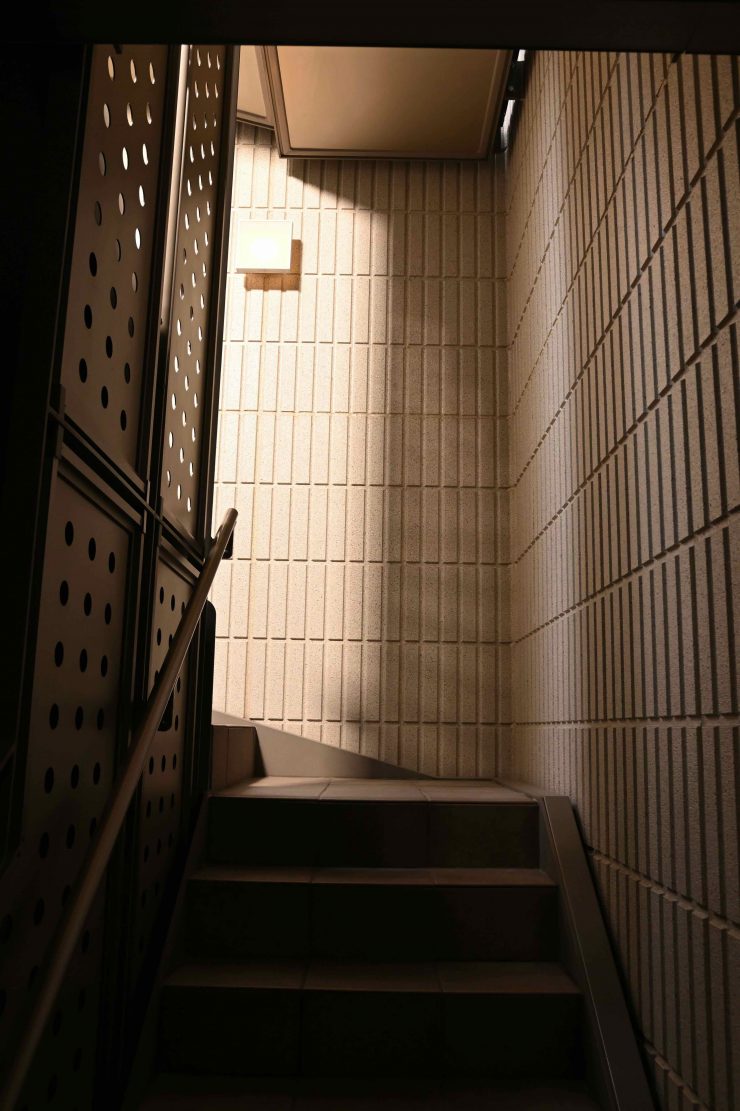

Light On 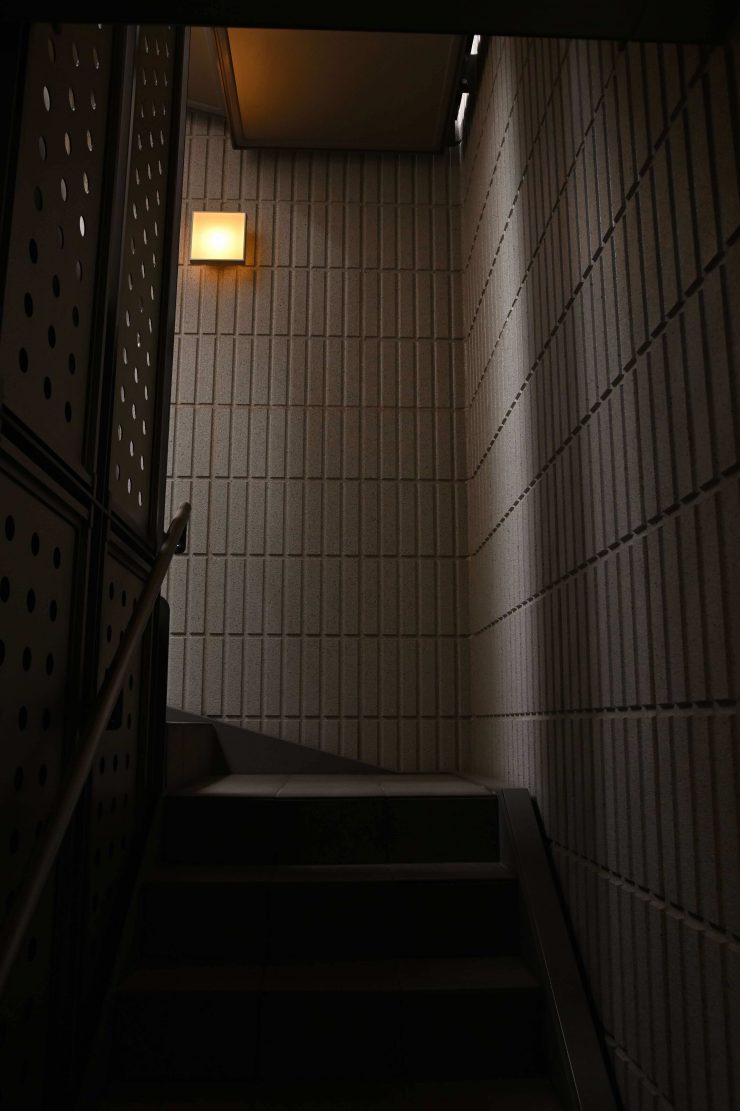
Light Off 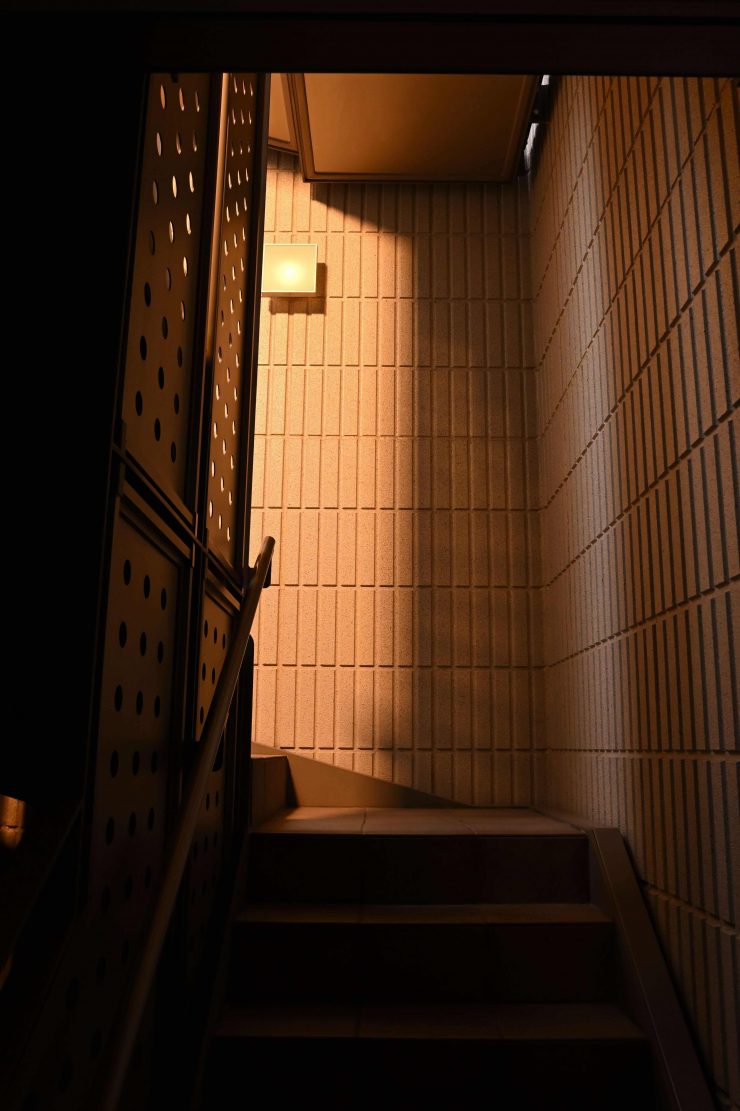
Light On 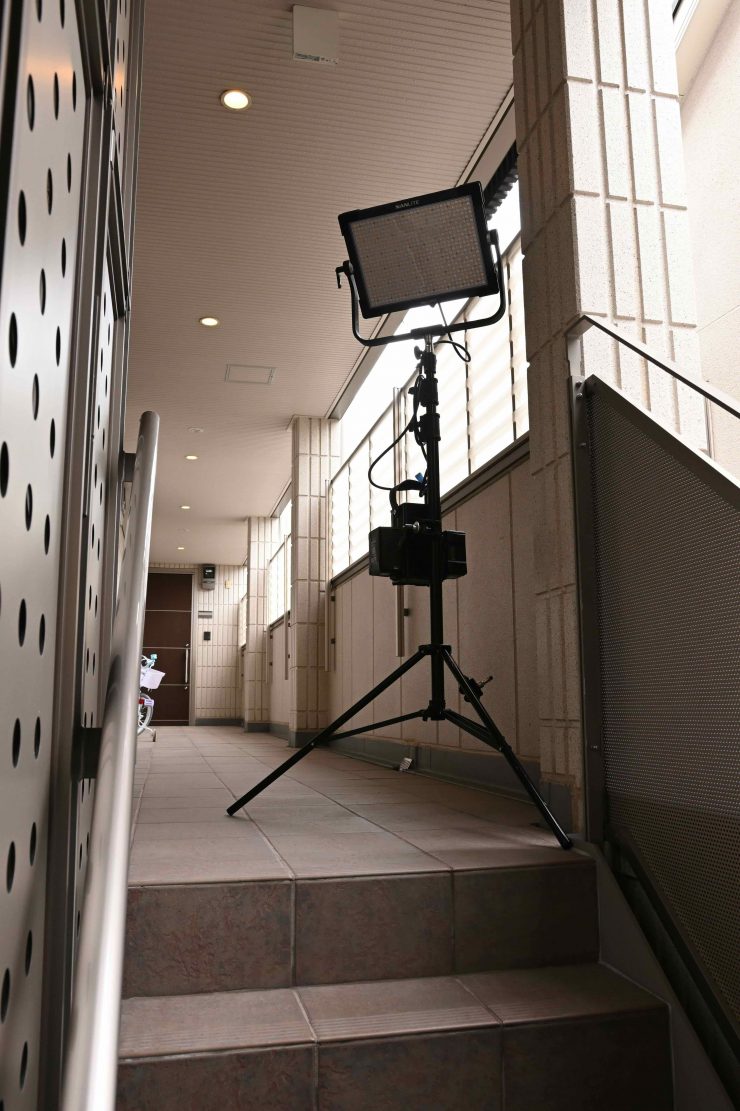
Position of light
So how bright is the light in the real world? Well, above you can see some example images where I have kept the camera settings exactly the same for all of the images.
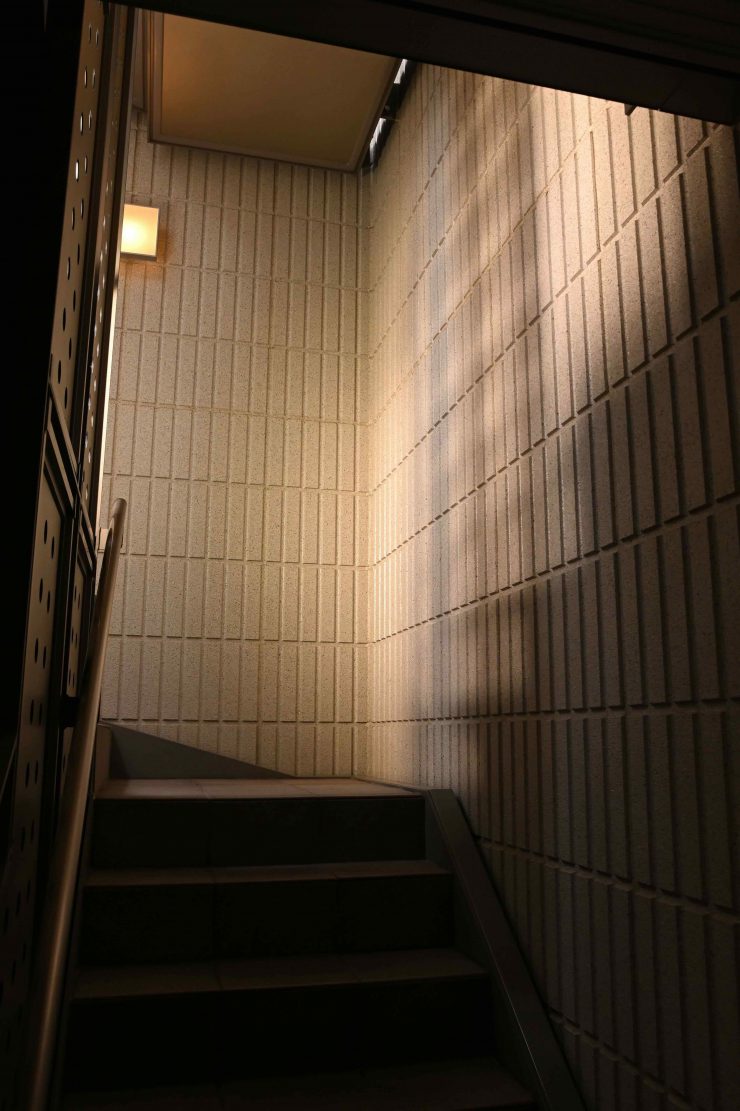

Light On 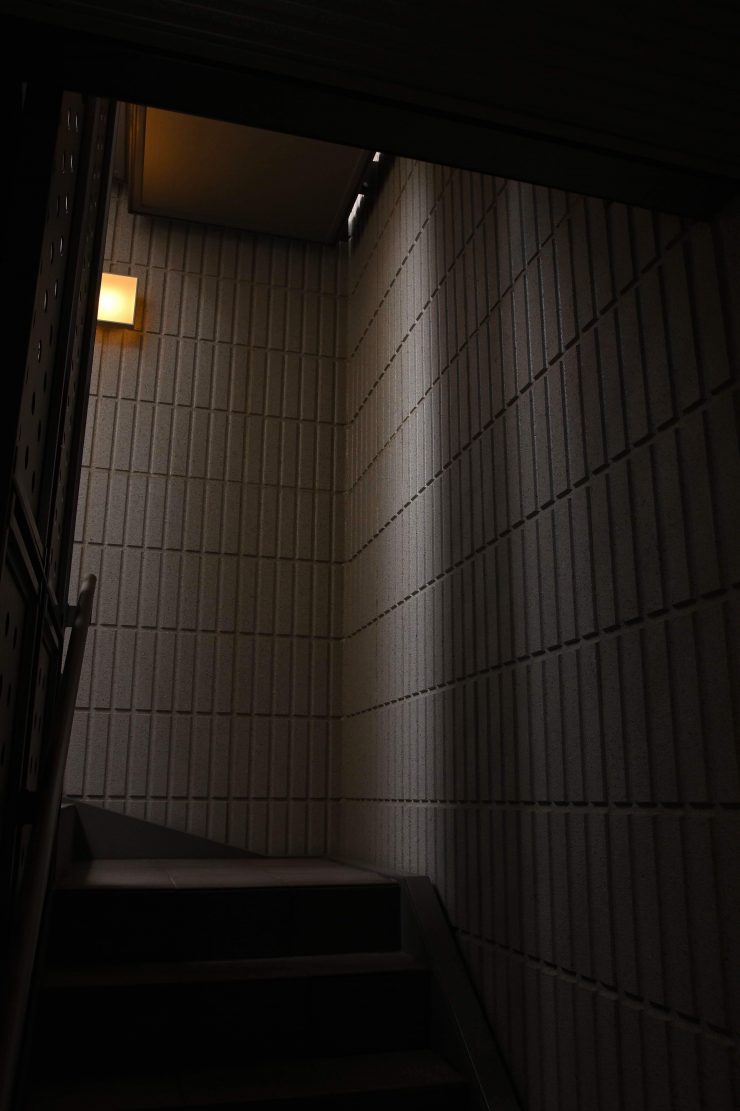
Light Off 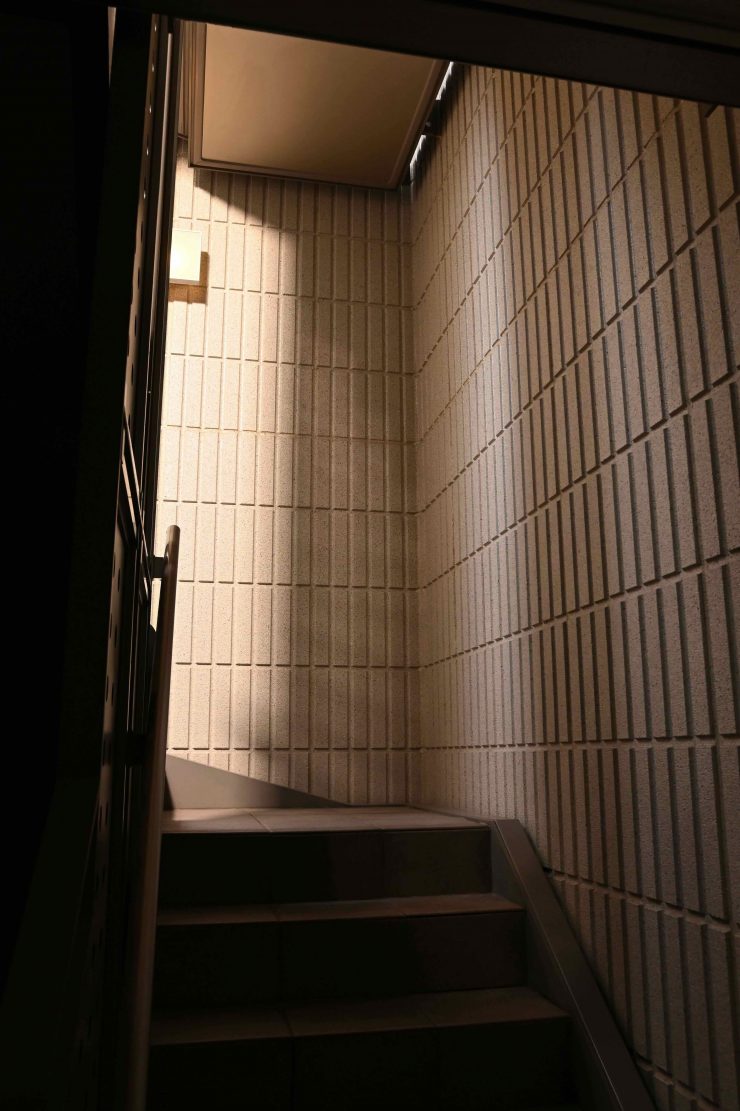
Light On 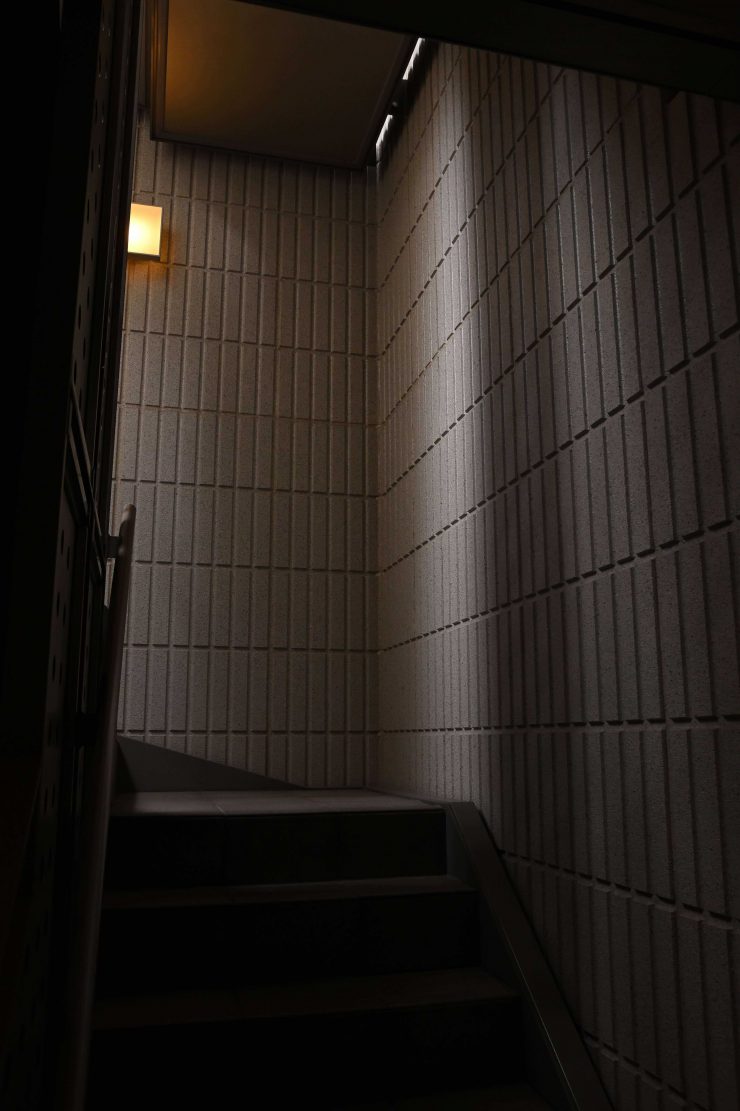
Light Off 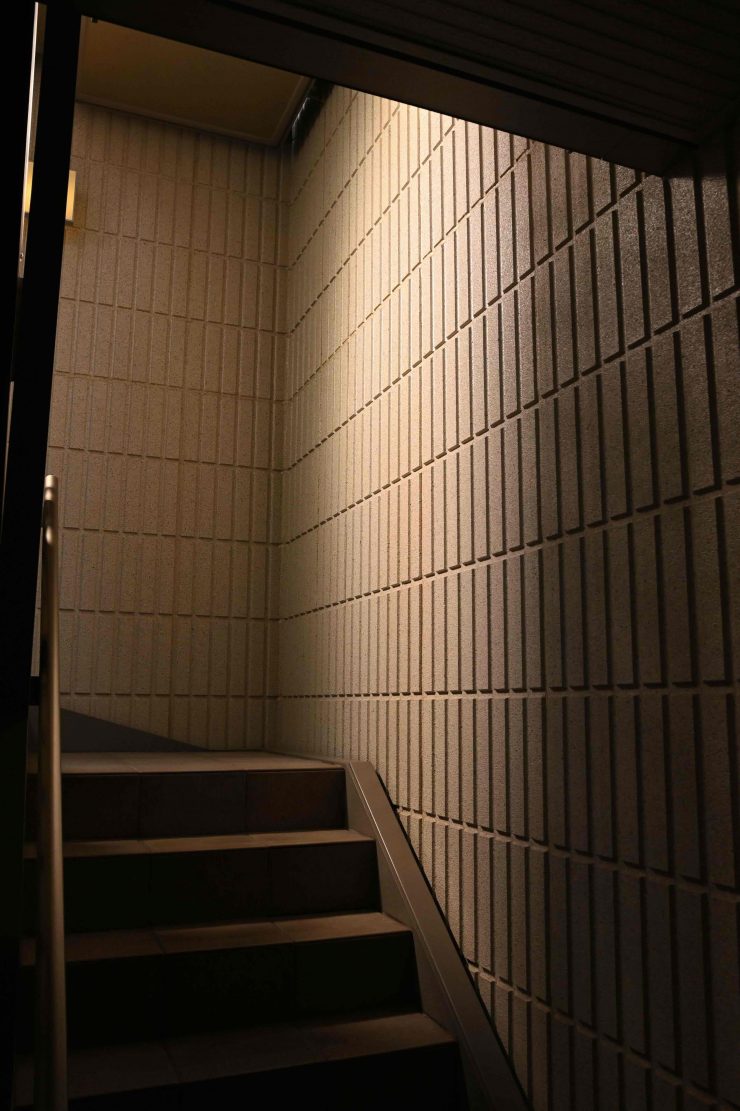
Light On 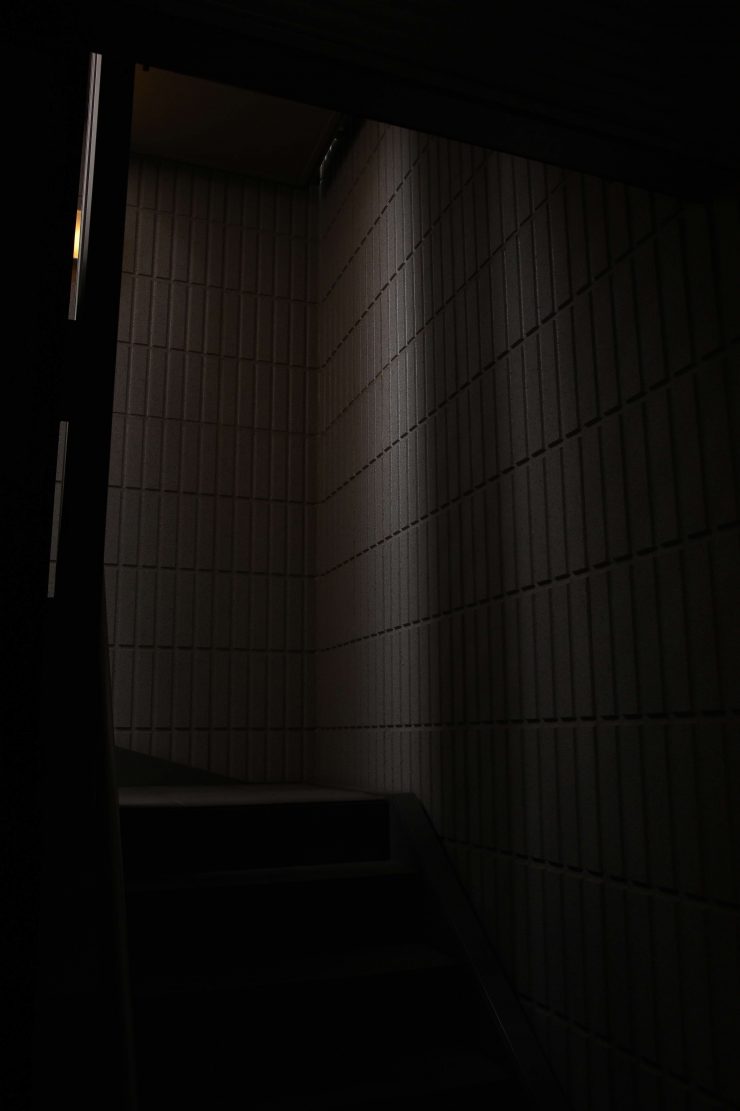
Light Off 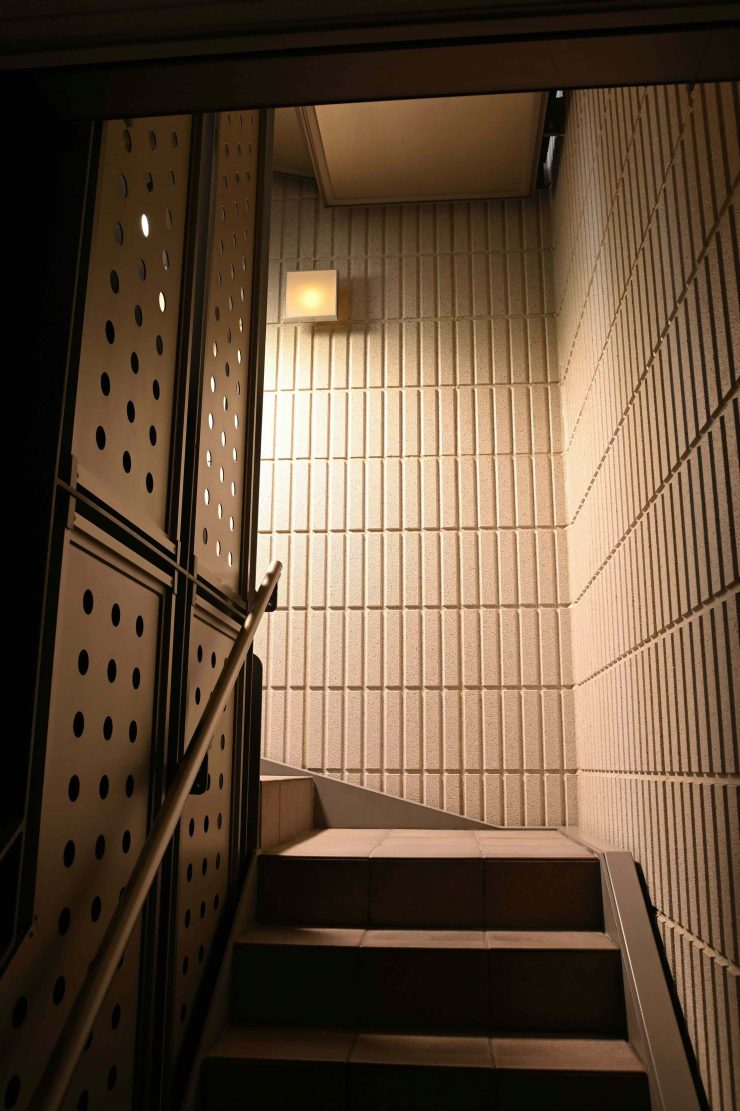
Light On 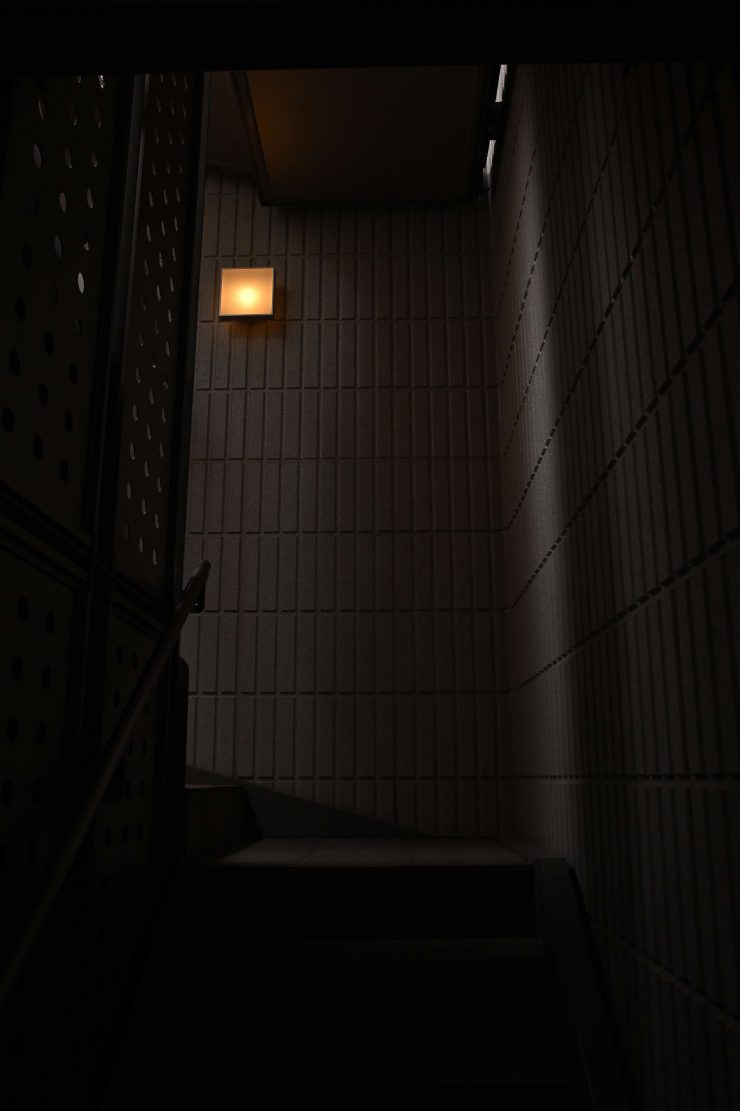
Light Off
Above you can see some more images where I adjusted the position of the light.


Light On (Open Face) 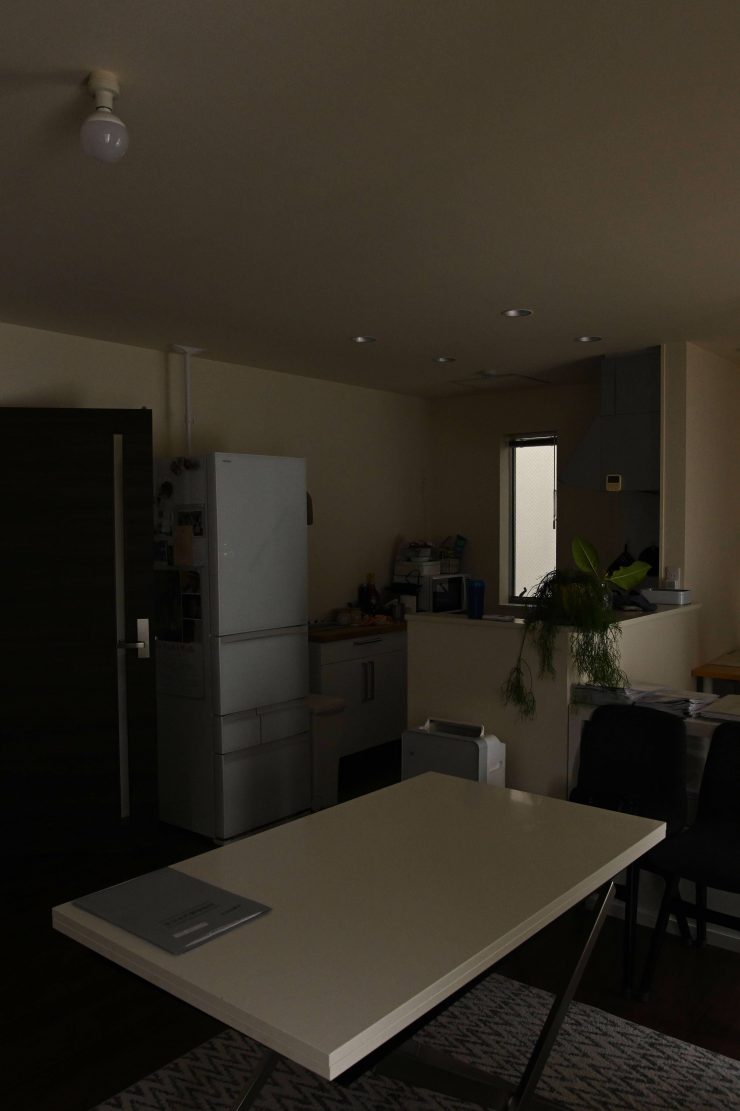
Light Off 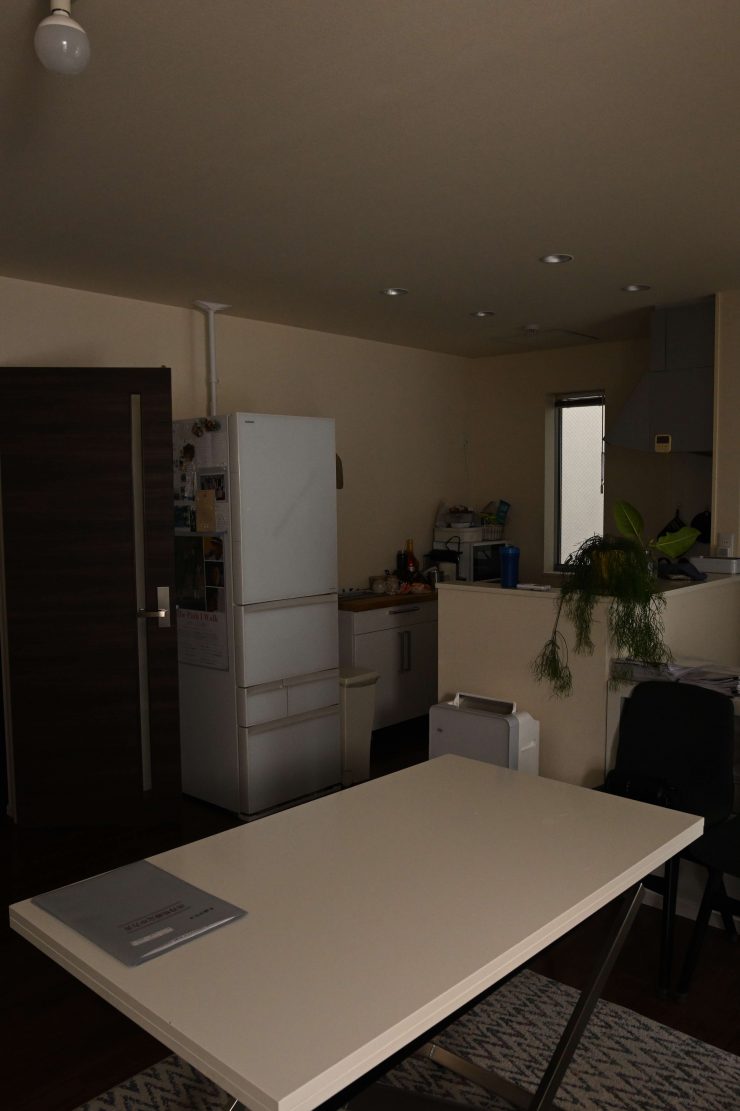
Light On (Softbox & 1-stop diffusion)
To give you another idea about the output above you can see some shots with the light positioned outside and punched through a curtain sheer. Again, I have kept the camera settings the same for all shots.
The Alien 300C produces a really nice quality of light, and most importantly it is easy to use and operate.
If you don’t have a high enough output, to begin with, and then attempt to heavily diffuse that lighting source, often the brightness of that light is reduced to a point where it’s only usable when placed very close to a subject. The Alien 300C has a lot of output so you don’t have to place it too close to your subject or run it at full output when using the fixture indoors.
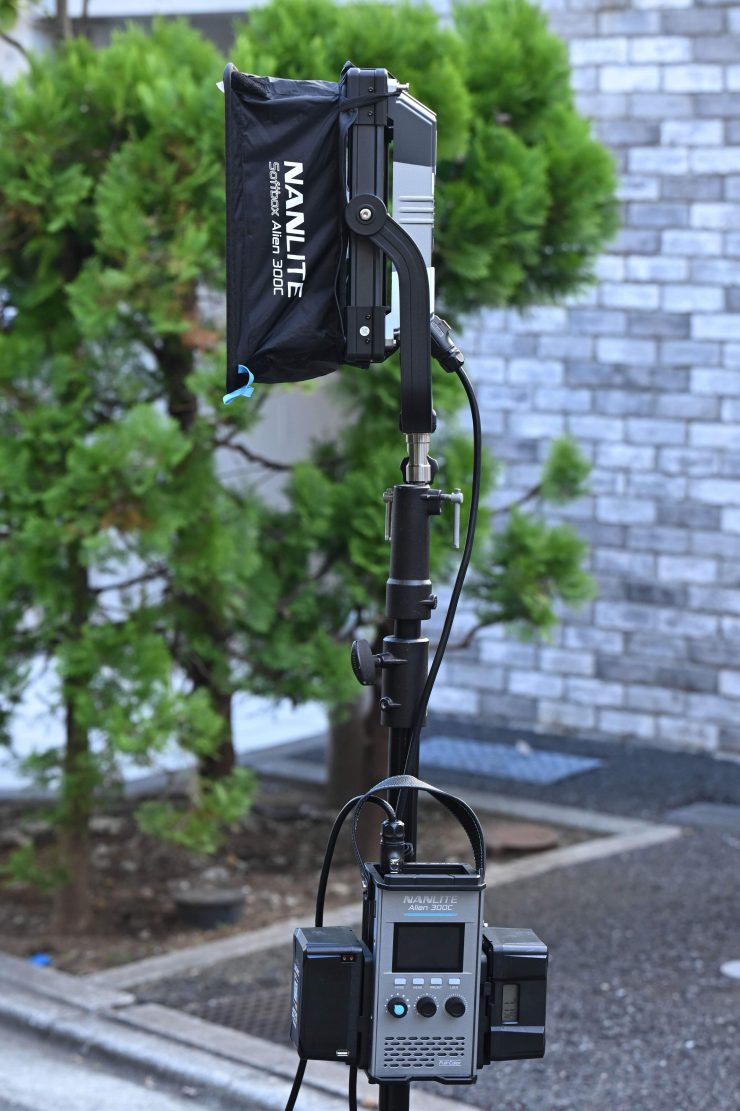
The Alien 300C would be a good solution for solo operators or traveling cameramen or women who need a light that is quick to set up and can be powered remotely in the field from flight-safe camera batteries.
The Alien 300C would also be a pretty decent option for news crews due to its quick setup time, high output, and ability to be run at full output via flight-safe batteries.
As far as the RGBW Color Mode, effects modes, gels, etc. go with the Alien 300C, while they are great to have, not everyone will need them.

Being able to utilize the light at full output by running two flight-safe batteries is incredibly useful. The light has more than enough output to help match bright backgrounds.


Light On 
Light Off 
Light On 
Light Off 
Light On
Above you can see a comparison when using the Alien 300C outdoors to try and match bright backgrounds. I didn’t white balance the camera and the light was set at 6500K. I have kept the setting the same for both images so you can see the difference. Even at a distance of well over 3m / 9.9′, the light was able to provide enough fill to help even out the scene.
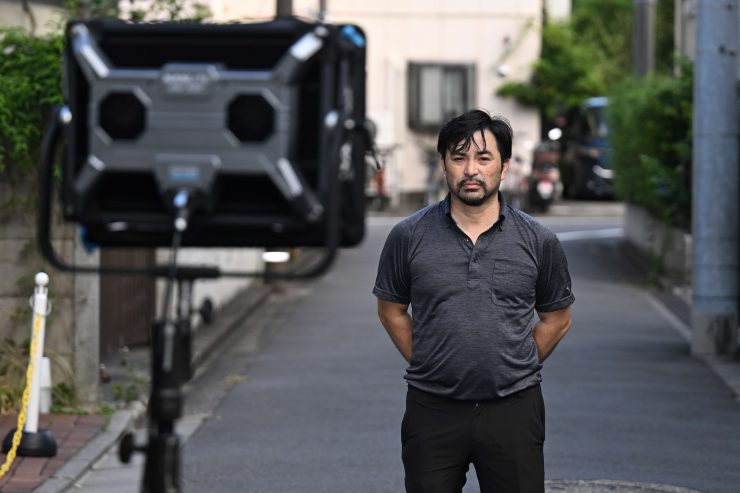
As another comparison, let’s do another test, but this time I will use the Allien 300C with its included softbox and the 1-stop diffusion.

As you can see, the light still has enough punch to fill in the shadows.
Do you actually need an RGBW light?
Just because we want something, doesn’t necessarily mean that we need it. Whether you actually need an RGBW light really depends on the type of things that you shoot. If you are primarily shooting interviews, then having an RGBW light may not make a lot of sense. However, in saying that, the price point of the Alien 300C makes it a lot cheaper than other good traditional 1×1 LED panel lights. In that regard, considering it outperforms a lot of other 1×1 panel lights, it’s definitely worth buying if you are in the market for a fixture with this type of form factor. Even if you aren’t going to use the additional RGB features and effects they are nice to have on hand if the situation arises.
Even if you have no need to create colors or use effects with your lighting, RGBW lights do give you access to creating a far wider range of Kelvin color temperatures than their regular LED counterparts. Having the ability to dial in a CCT between 2700 – 12,000K can be extremely handy, and you shouldn’t overlook how important being able to change the +/- G/M bias is.
Other Alternatives
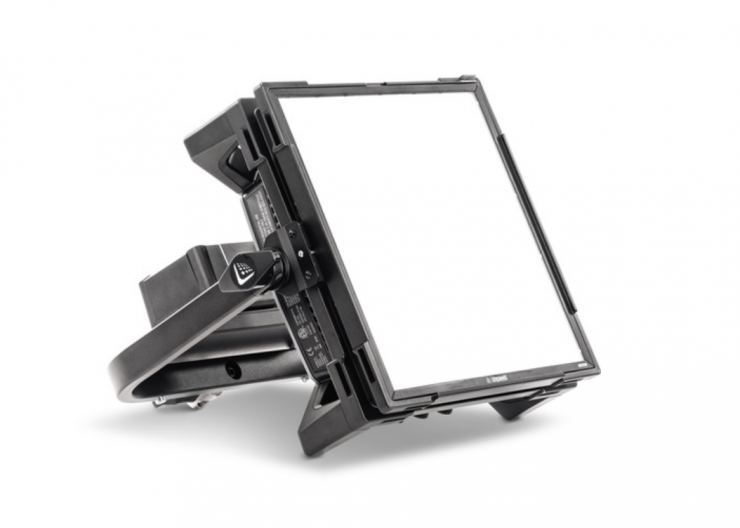

Litepanels Gemini 1×1 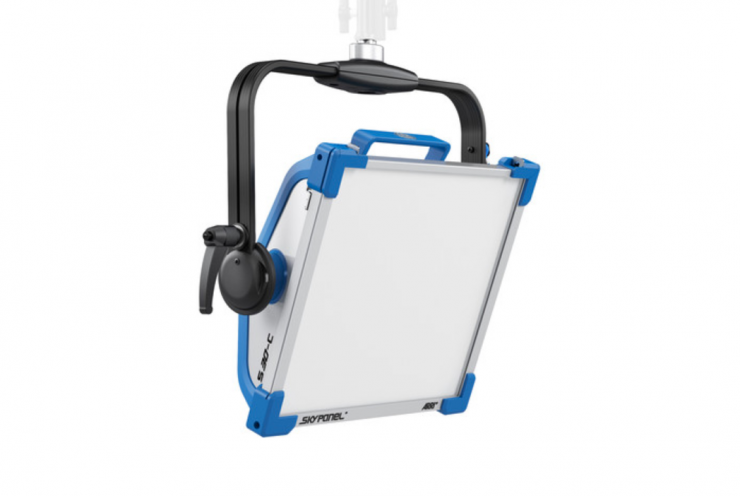
ARRI SkyPanel S30-C
There are a ton of 1×1 lights out there on the market at varying price points, but here are some of the lights that could be considered competition:
- ZOLAR Vega 30C
- Rotolight Titan X1
- Creamsource Vortex4 1×1 RGBW
- Litepanels Gemini 1×1
- Litepanels Gemini 1 x 1 RGBWW LED Hard Panel
- ARRI SkyPanel S30-C
- Lupo Superpanel Soft Full Color 30 Soft
- Lupo Superpanel Soft Full Color 30
- Rayzr 7 MC120
- Luxli Timpani² 1×1 RGBAW
- Aputure NOVA P300c
- VELVETlight Evo 1 Studio 1×1 Color-Tunable LED Panel
- TRIGYN Vari-Light RGBW 1×1 LED Soft Light Kit
- Falcon Eyes D-S811 RGB 1×1
- Fluotec Cinelight Color30 1X1 Color
You would expect that the newest lights on this list would be the best, but that is not always the case.
The SkyPanel was announced way back in 2015 and the Litepanels Gemini in 2017. The SkyPanel series has been hugely popular because it is widely available, super robust, and reliable.
The Lupo Superpanel Full Color 30/ Full Color 30 Soft, Luxli Timpani, Rayzr 7 MC120, Falcon Eyes, and TRIGYN are more budget-friendly options, that will probably appeal to a different segment of the market than lights like the Rotolight Titan X1, ARRI SkyPanel S30-C, Creamsource Vortex4, etc.
All of the competition has its strengths and weaknesses and what light will work best for you certainly comes down to a lot more factors than just specifications and features.
A rental house is much more likely to carry an ARRI, Kino Flo, Rotolight, or even a Litepanels Gemini over a Lupo, Aputure, Rayzr 7, or ZOLAR, although that is starting to change in some markets. This is primarily to do with the build quality, after-sales service, and a long-term track record of reliability. However, the build quality of the Nanlite Alien 300C is pretty good, as is the performance, so there is no reason that they couldn’t be used at the highest levels of production.
Price & Availability
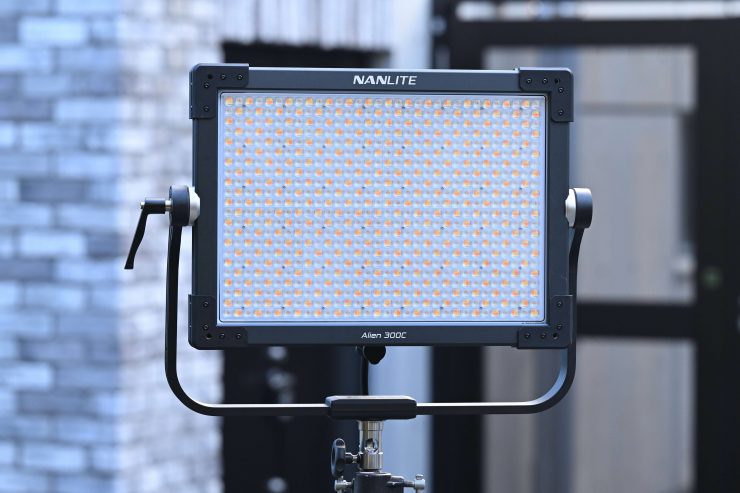
The NANLITE Alien 300C reatils for $1,499 USD.
Below you can see how the price of the Alien 300C compares to other 1×1 RGBW lights on the market:
| Price | |
| NANLITE Alien 300C | $1,499 USD |
| Z CAM ZOLAR Vega 30C | $799 USD |
| Luxli Timpani² | $918 USD |
| Creamsource Vortex4 1×1 RGBW | $2,799 USD |
| Rotolight Titan X1 | $2,589.30 USD |
| ARRI SkyPanel S30-C | $3,930 USD |
| Litepanels Gemini 1×1 | $1,100 USD |
| Litepanels Gemini 1 x 1 RGBWW LED Hard Panel | $1,805 USD |
| Lupo Superpanel Soft Full Color 30 | $1,698 USD |
| Lupo Superpanel Full Color 30 | $1,698 USD |
| VELVETlight Evo 1 Studio 1×1 Color-Tunable LED Panel | $2,776.75 USD |
| Rayzr 7 MC120 | $899 USD |
| Aputure NOVA P300c | $1,699 USD |
| Godox Litemons LP1200R RGB LED Light Panel | $239 USD |
| TRIGYN Vari-Light RGBW 1×1 LED Soft Light Kit | $740 USD |
| Falcon Eyes D-S811 RGB 1×1 | $1,299 USD |
| Fluotec Cinelight Color30 1X1 Color | $1,807 USD |
With modern-day lights (and this goes for just about any of today’s technology) the lifespan of the product is not going to be as long. That is not to say your light will become obsolete in 3 years time, but there will be something better that is bound to come along.
In saying that, a lot of today’s lights are receiving new features via firmware updates. This is something that increases their flexibility and feature set. In saying that, despite companies making a big deal about this, there are lots of lights on the market that never receive firmware updates.
Optional Accessories

There are optional barn doors available for the Alien 300C. It secures by screwing the four bolts into the screw holes of the lamp head. The four leaves can be swung to shape the light flexibly.
Conclusion
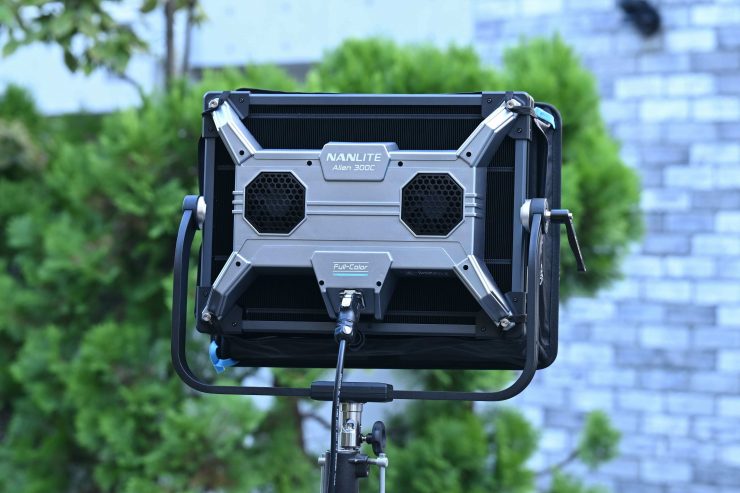
The Alien 300C is an impressive offering. It is a feature-rich fixture with very good color accuracy, color rendering, and good build quality. It has a ton of output which makes it a very versatile solution for lots of different applications, and it can be run at full power via 2 flight-safe batteries.
The build quality, color accuracy, and different ways of powering and controlling the light make it a good option when looking at similar-style lights.
It is good to see a new take on a 1×1 style panel light like this and Nanlite has come up with a powerful fixture that can be run at full output from two flight save batteries. I think the Alien 300C fills a really nice gap between a traditional 1×1 panel and a 2×1.

